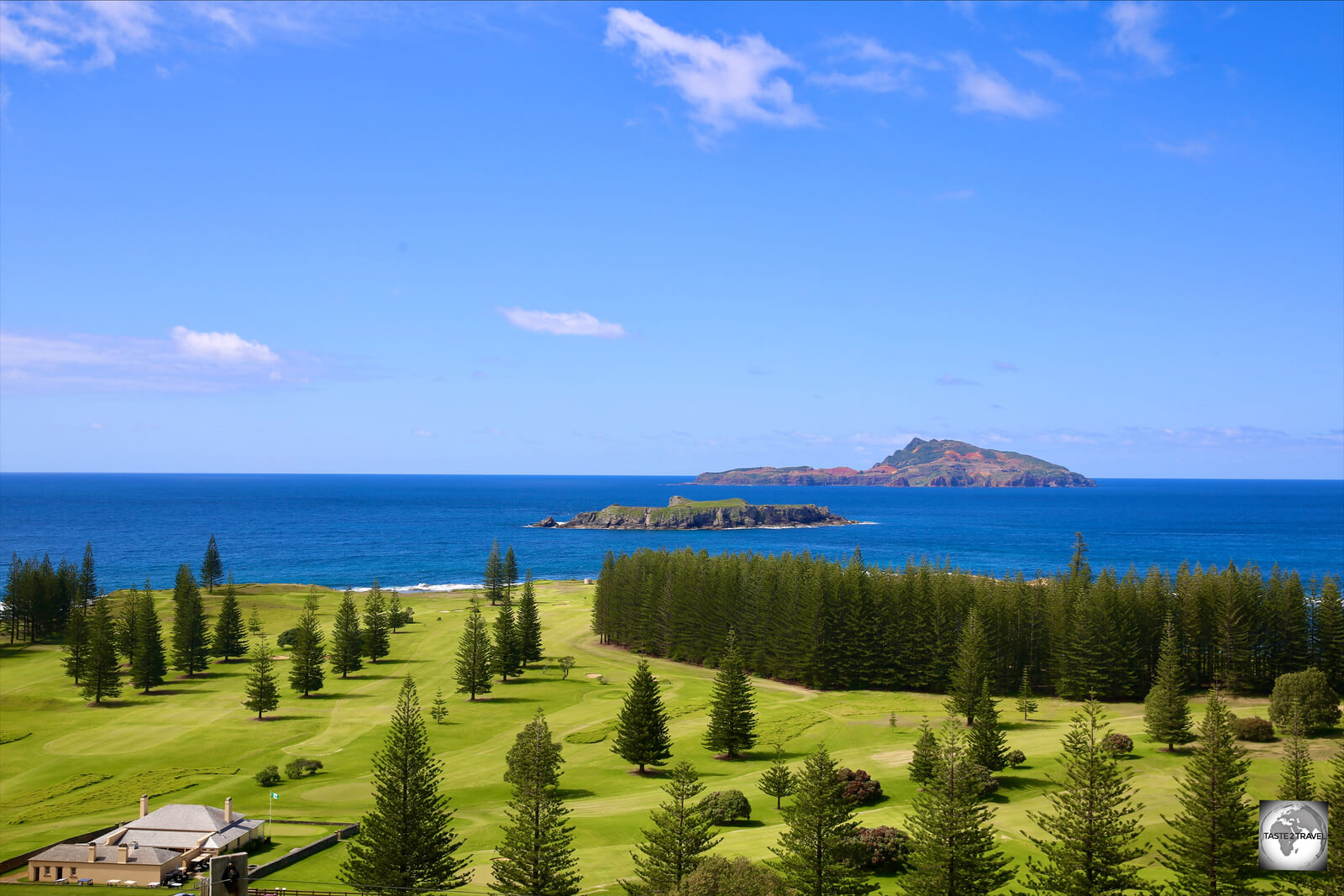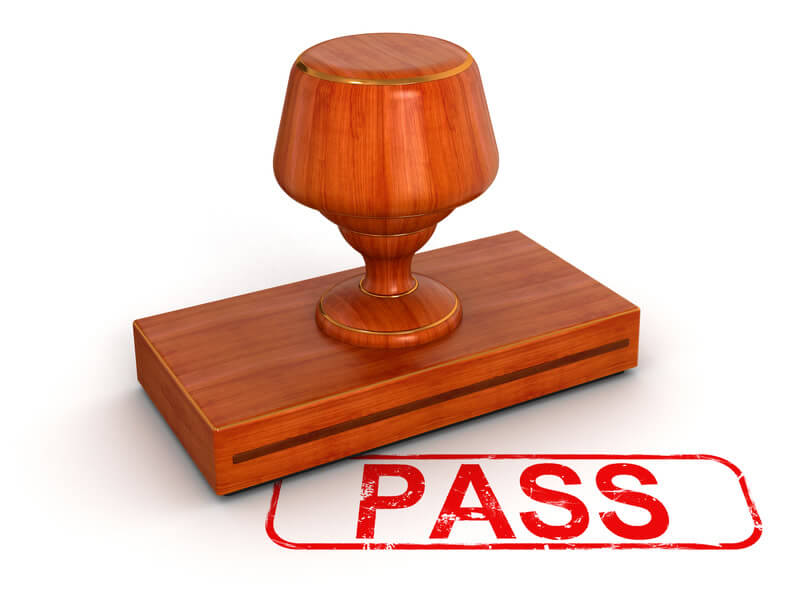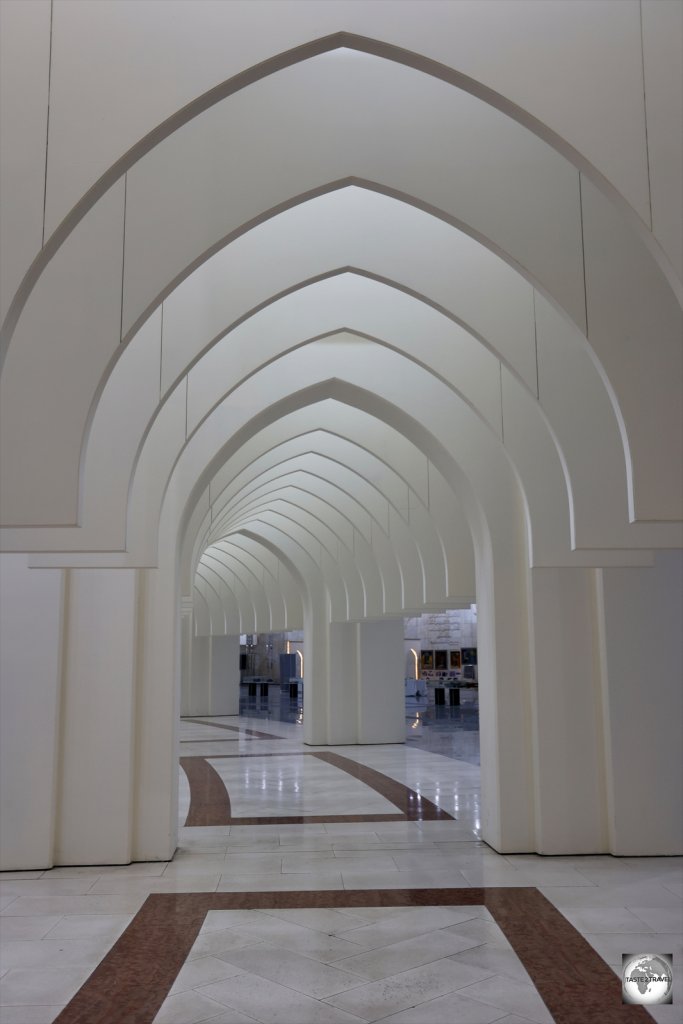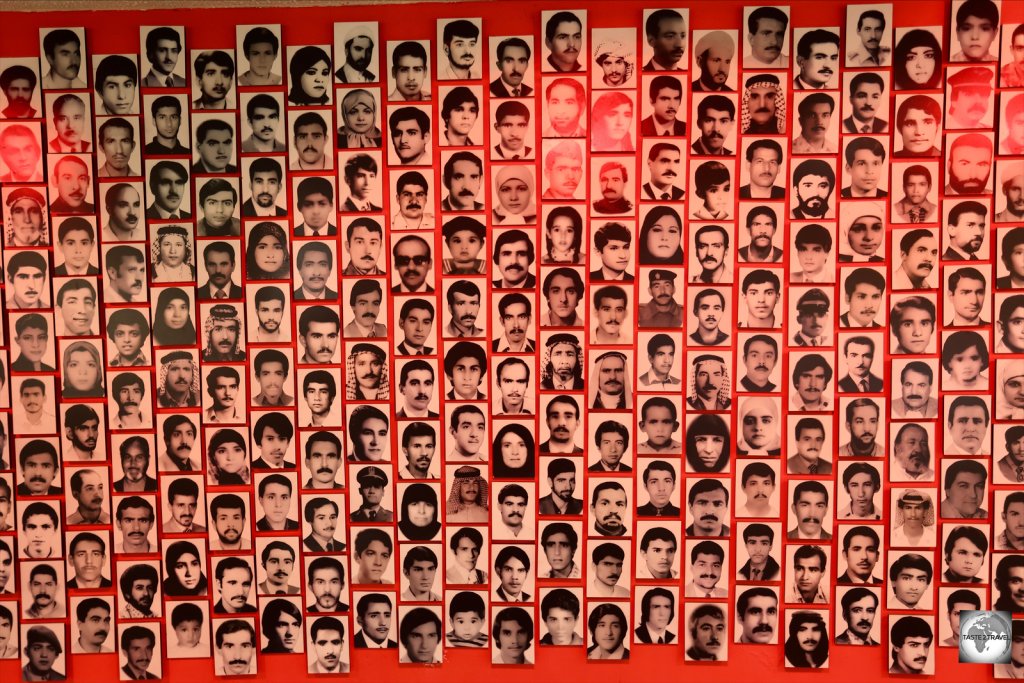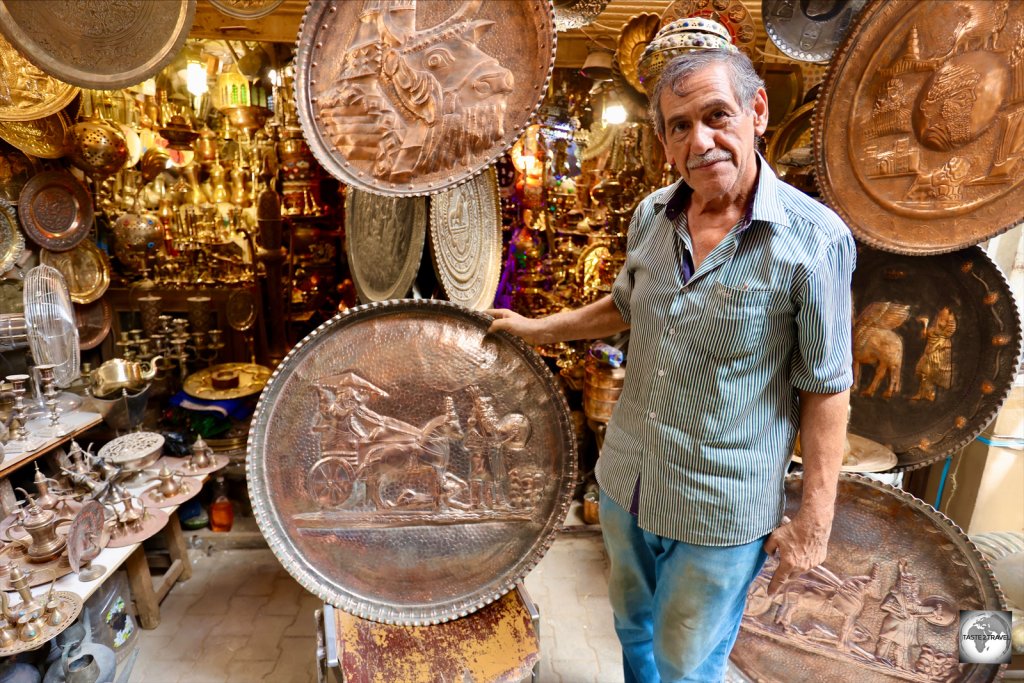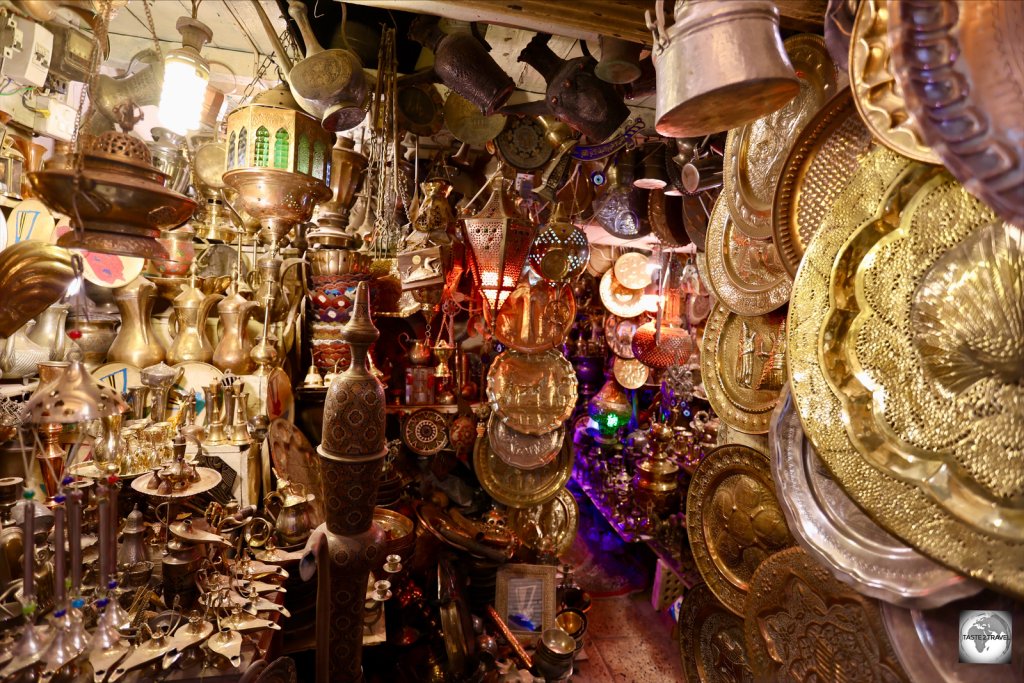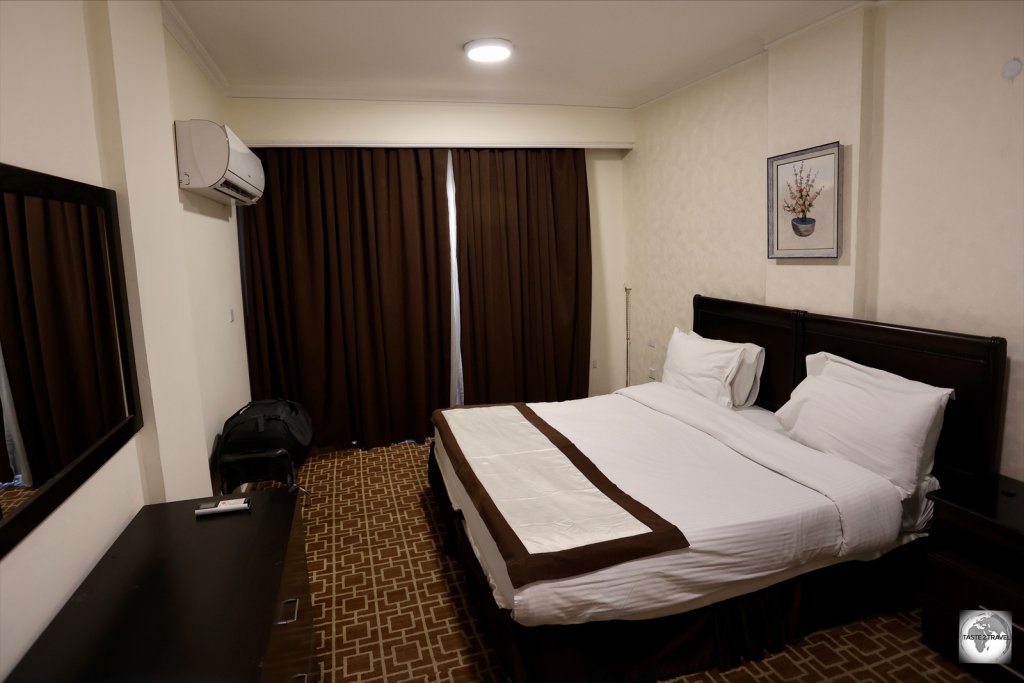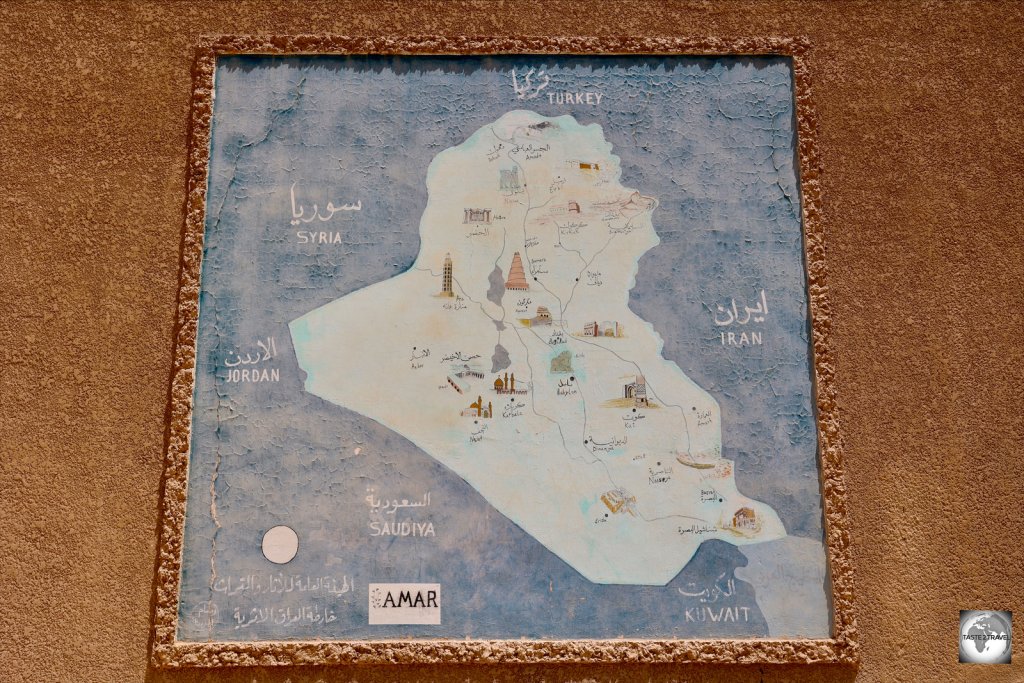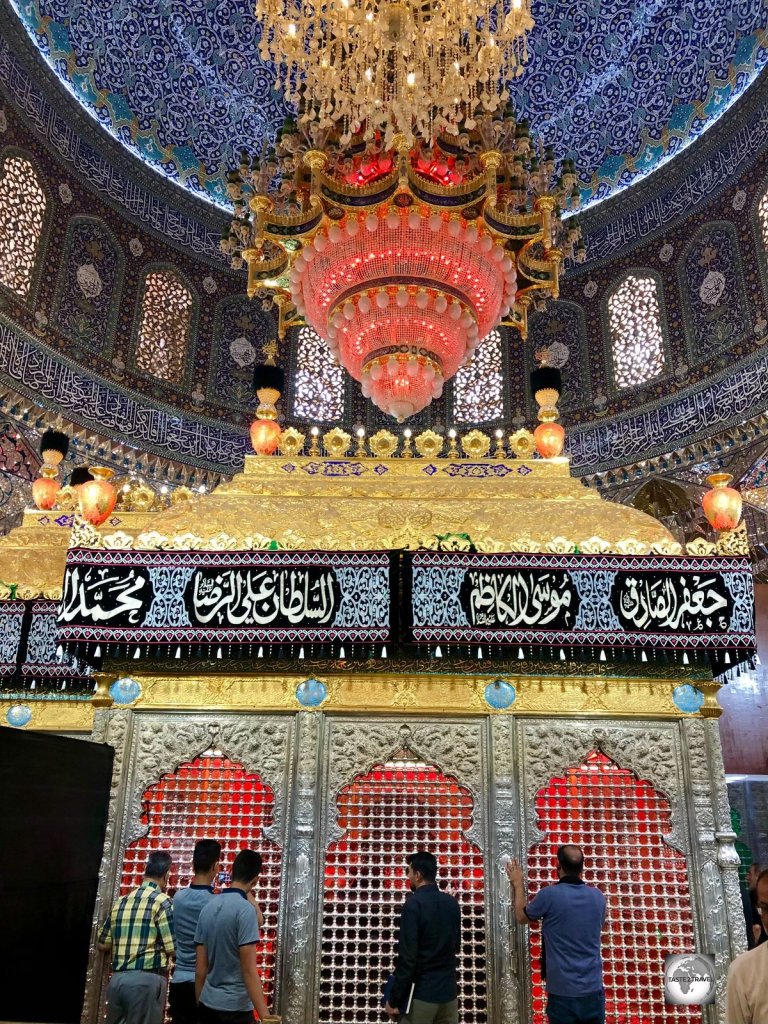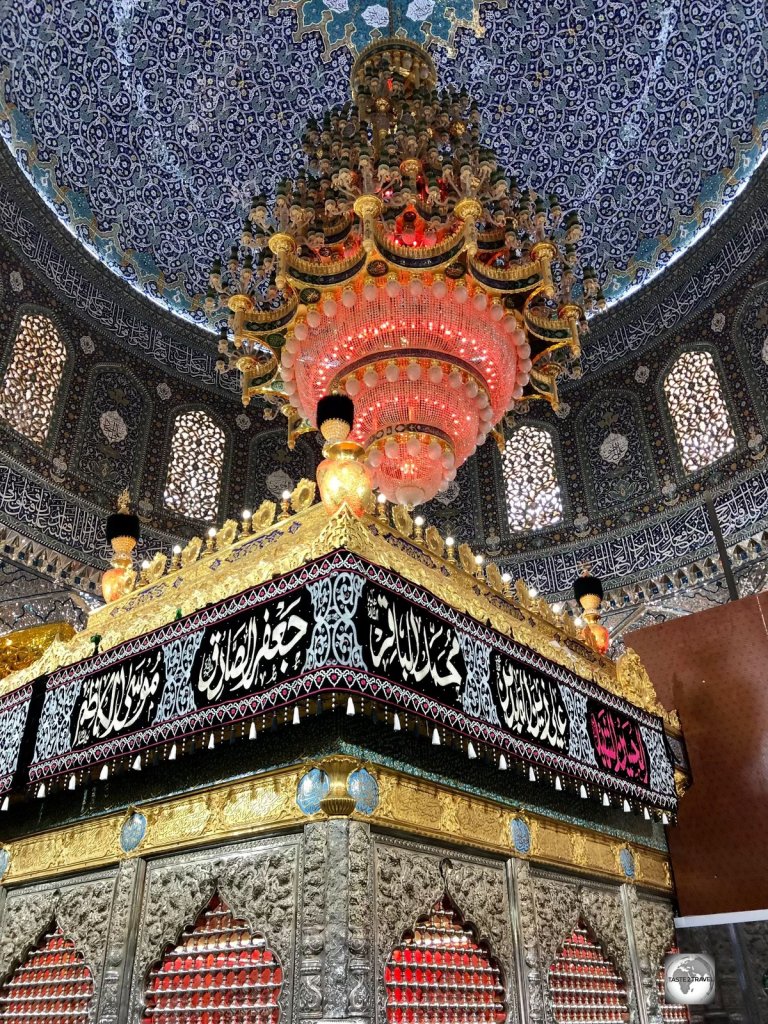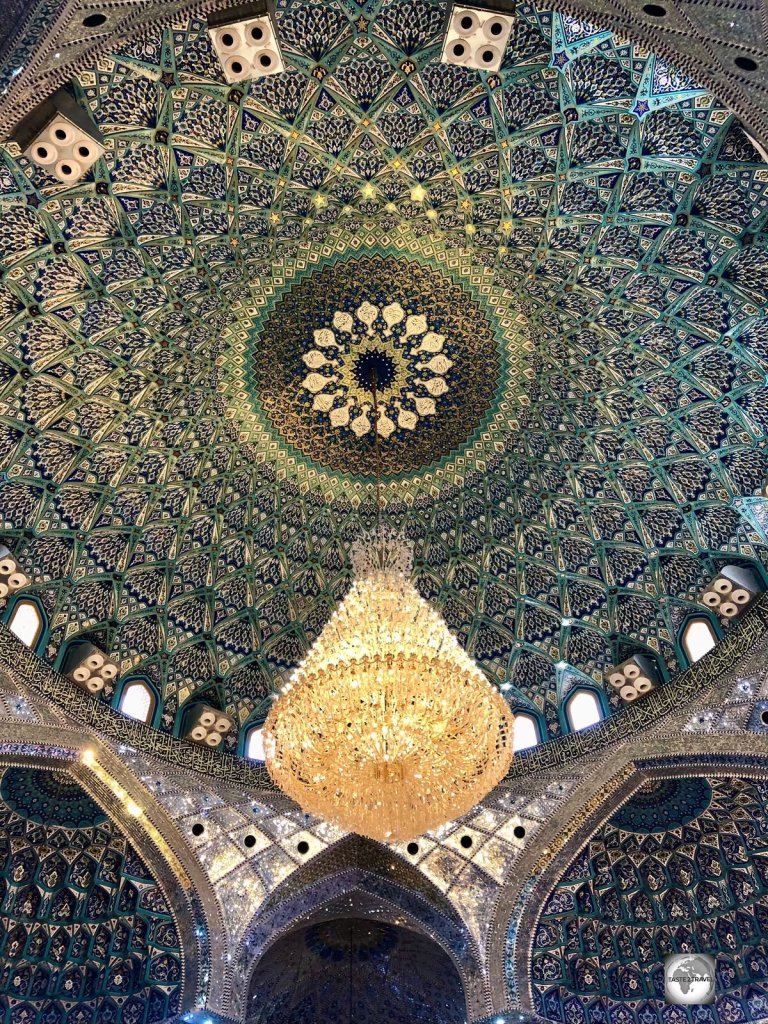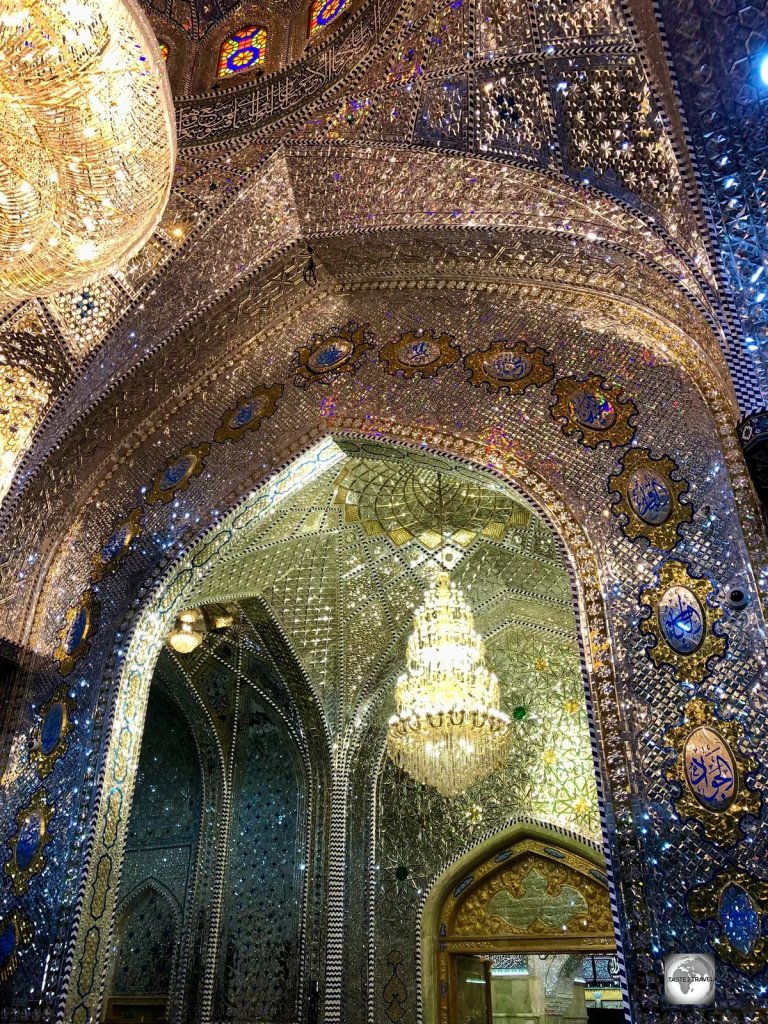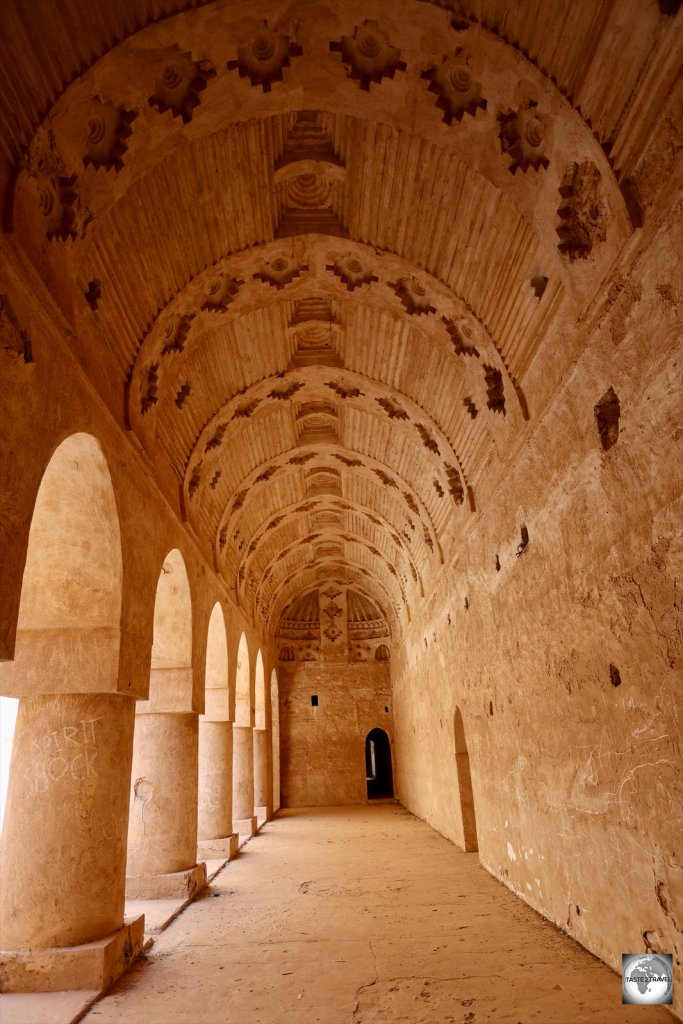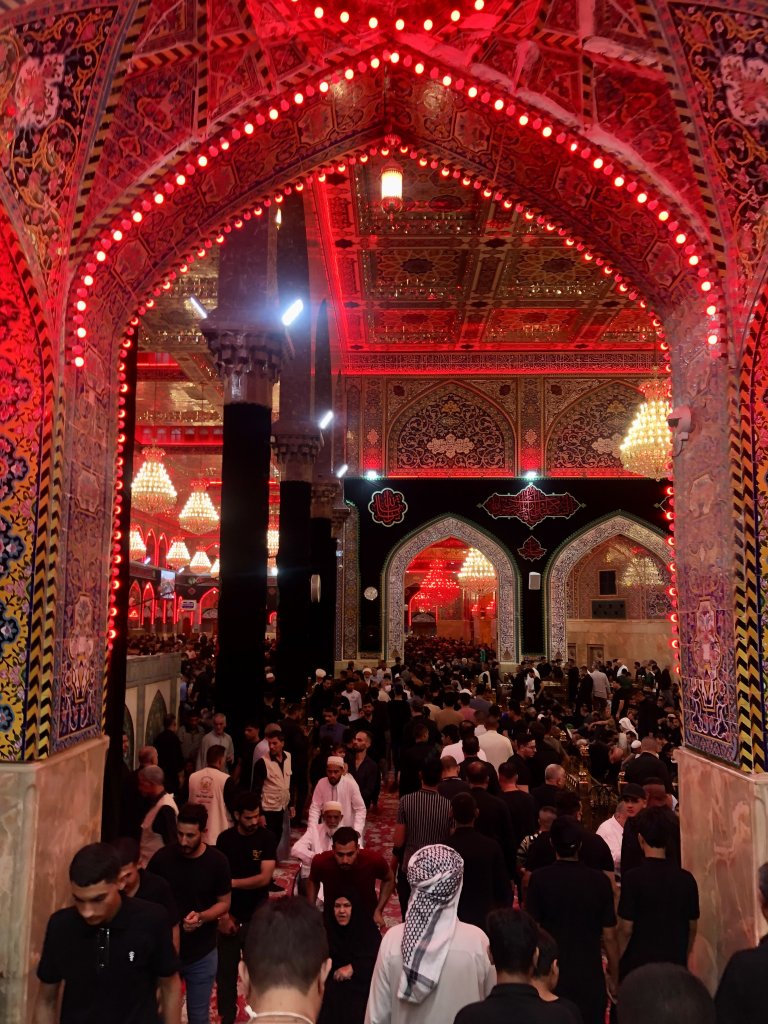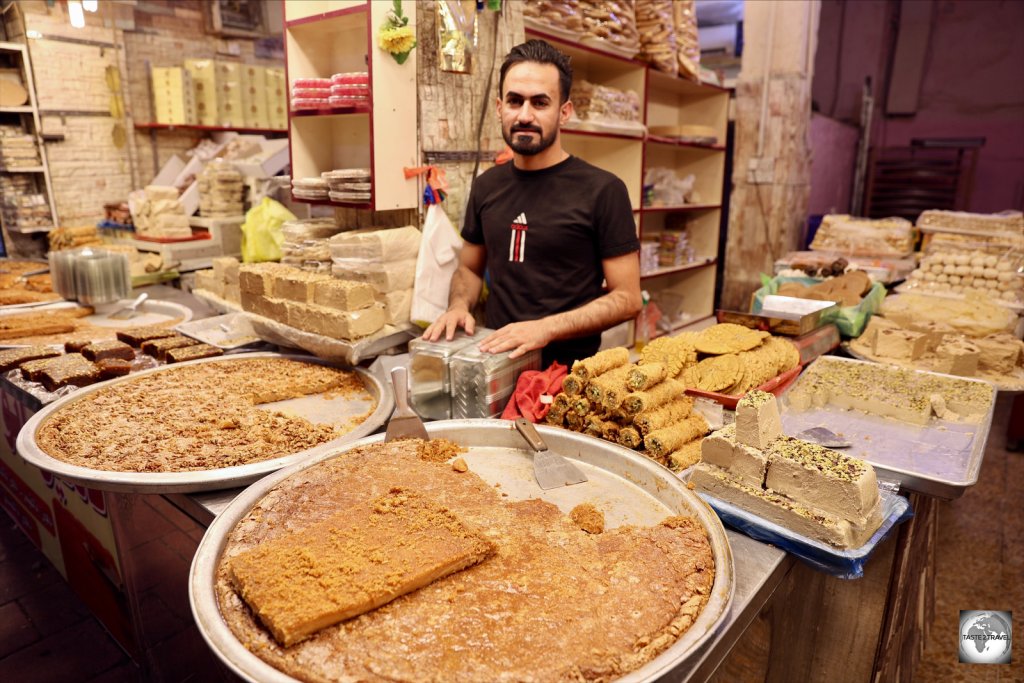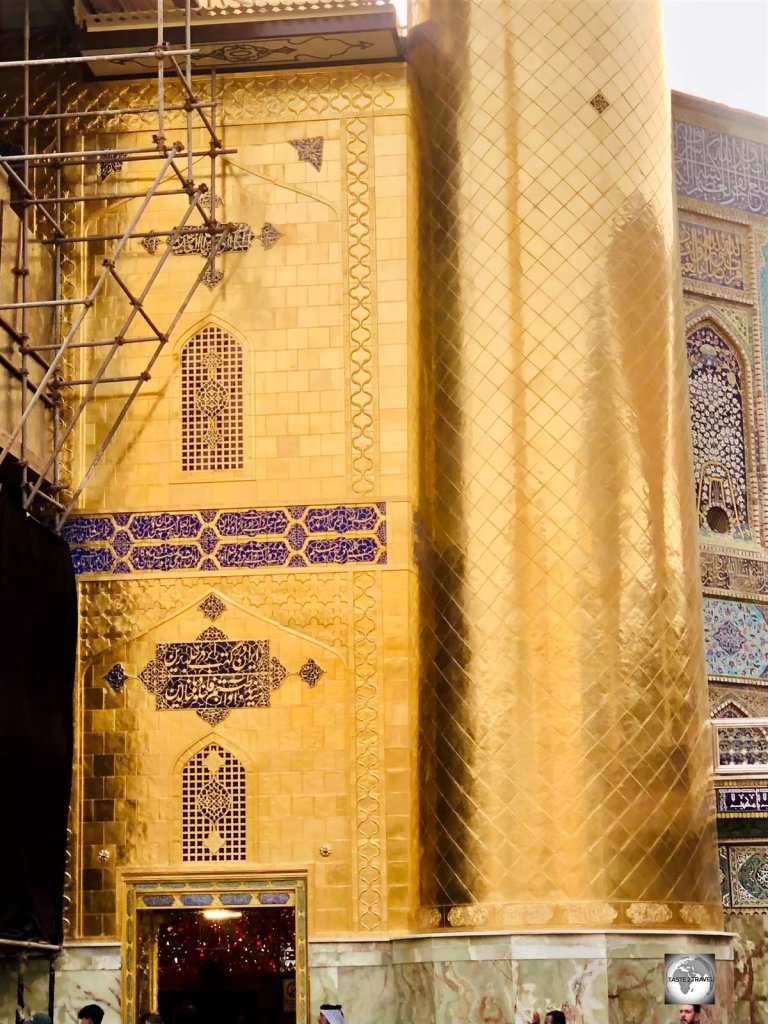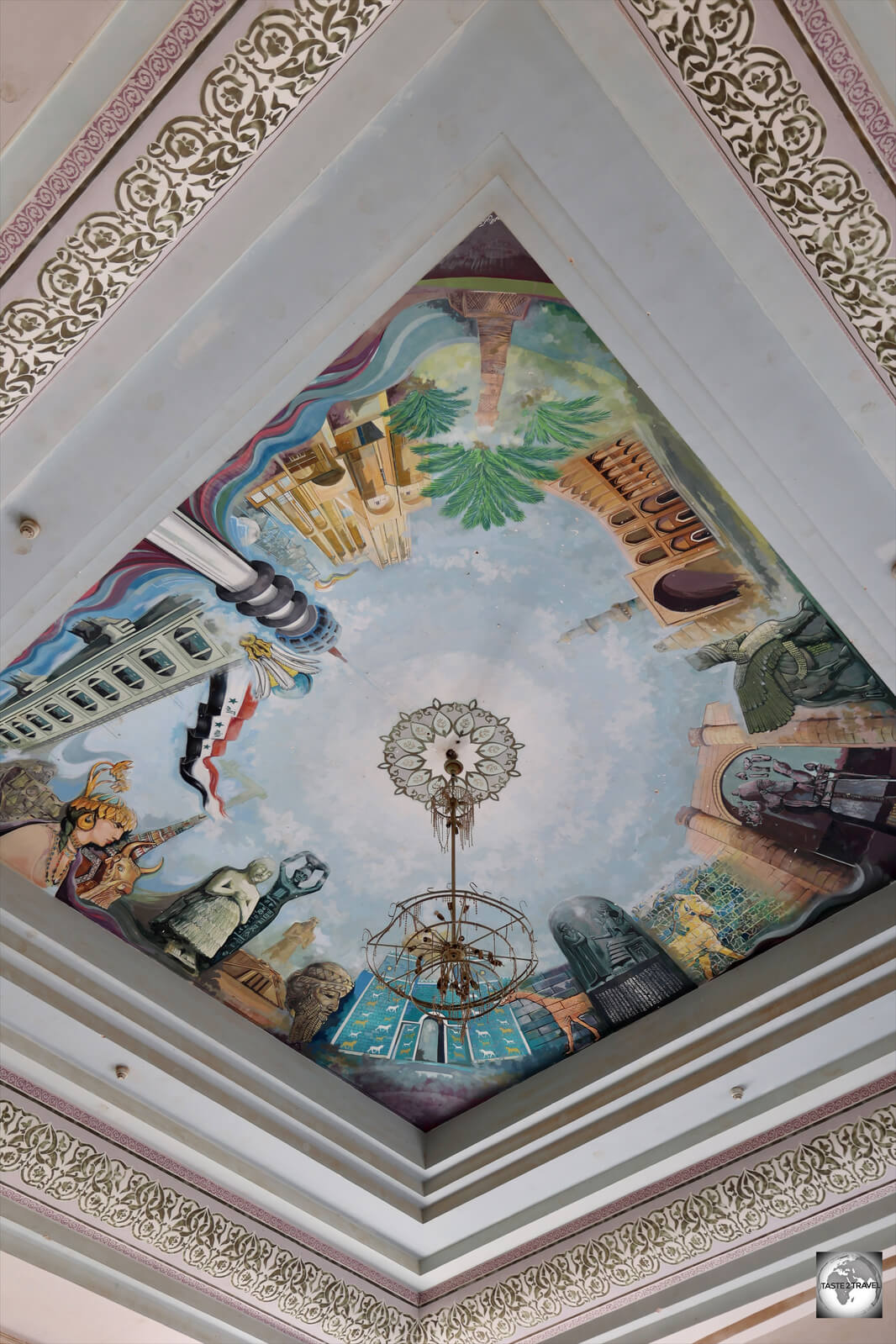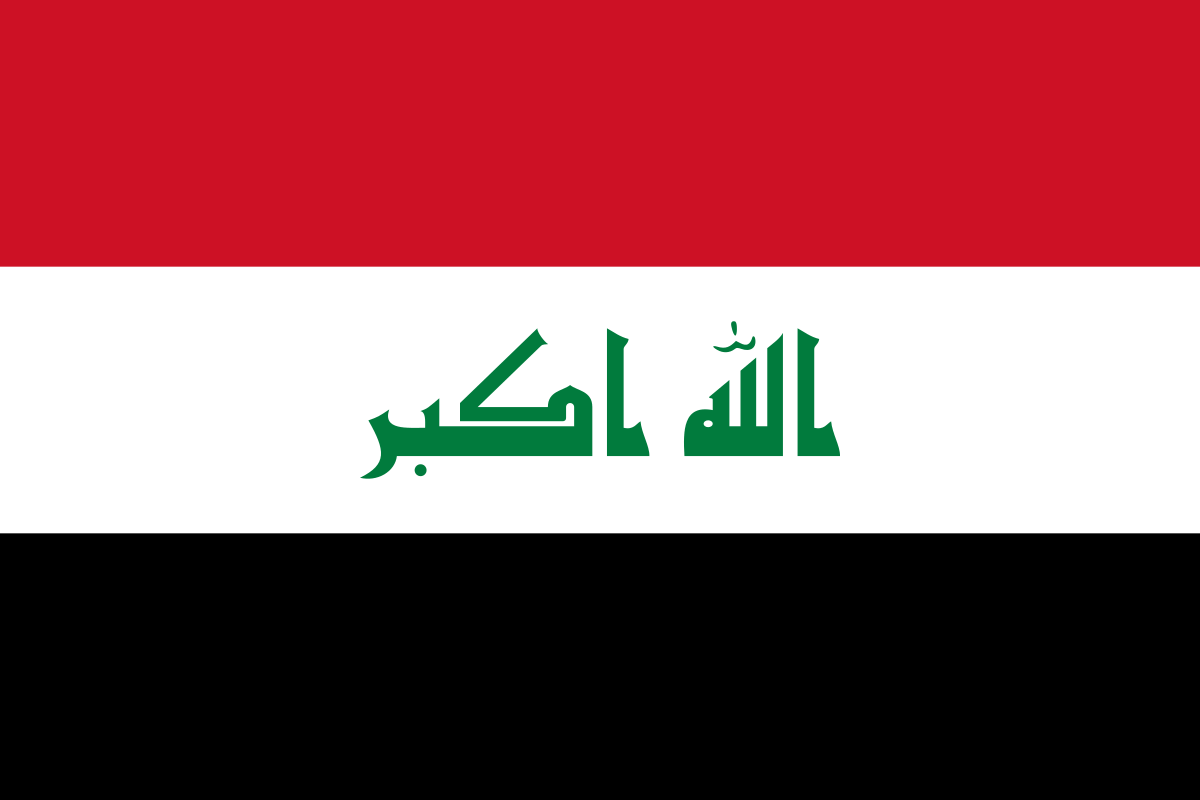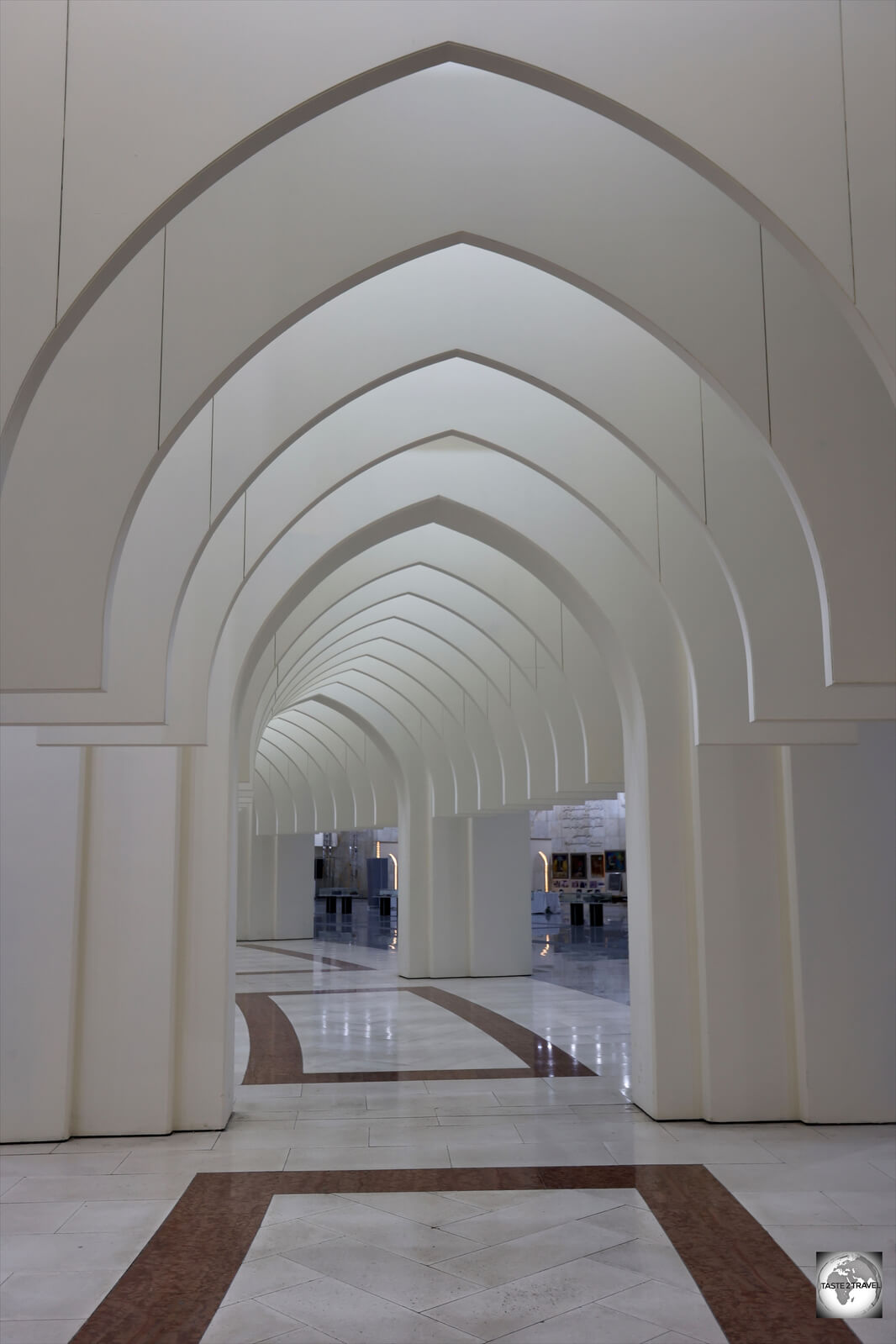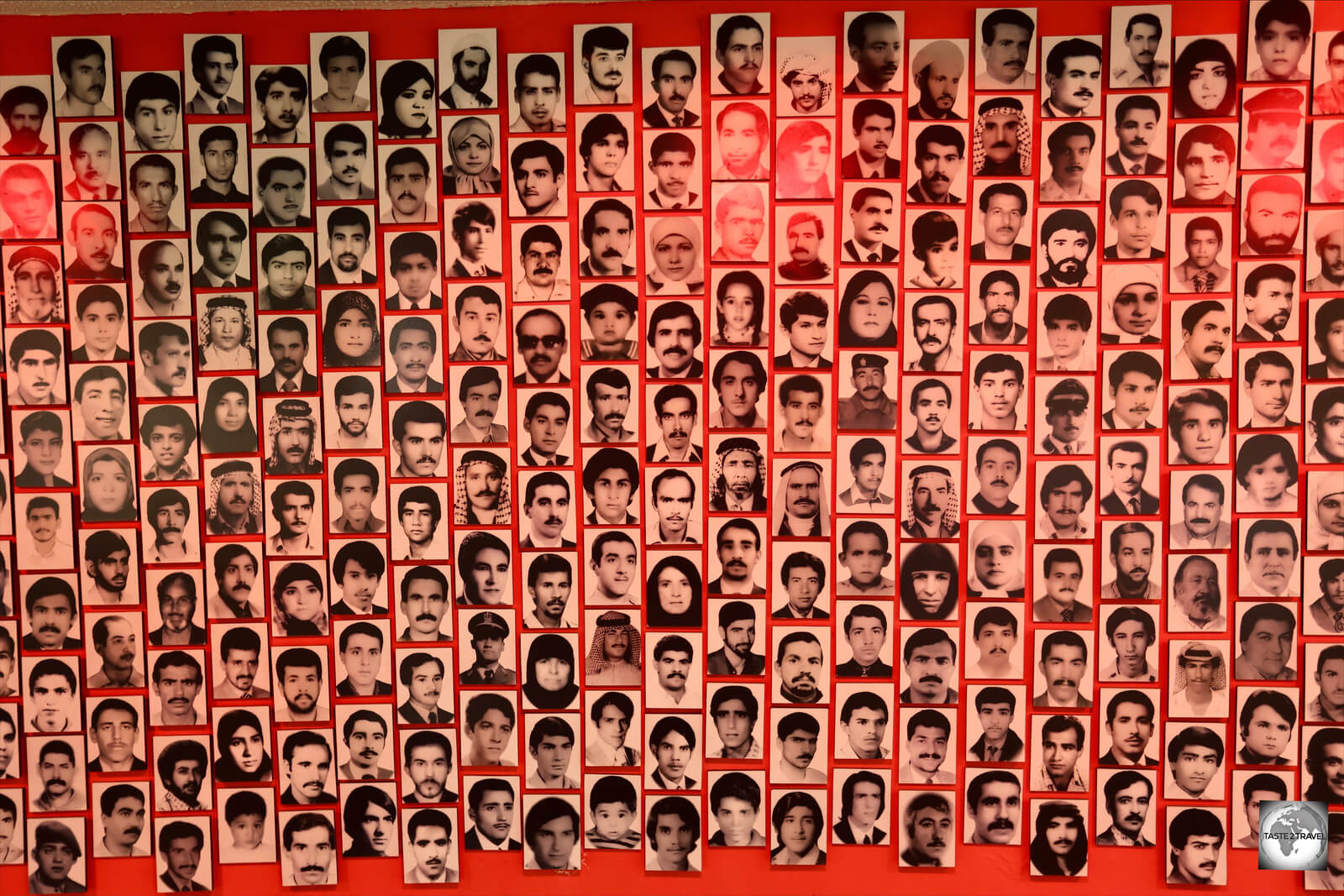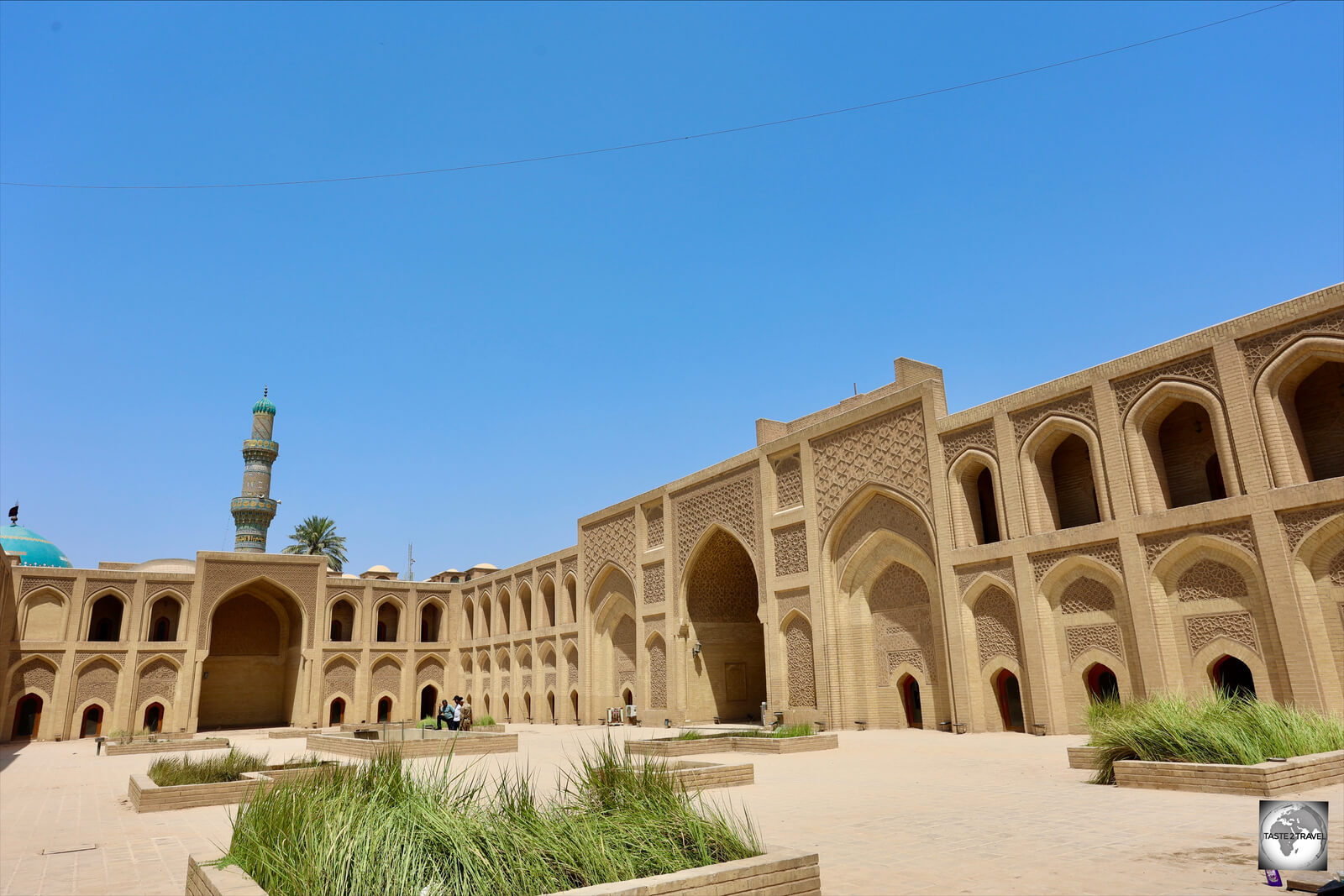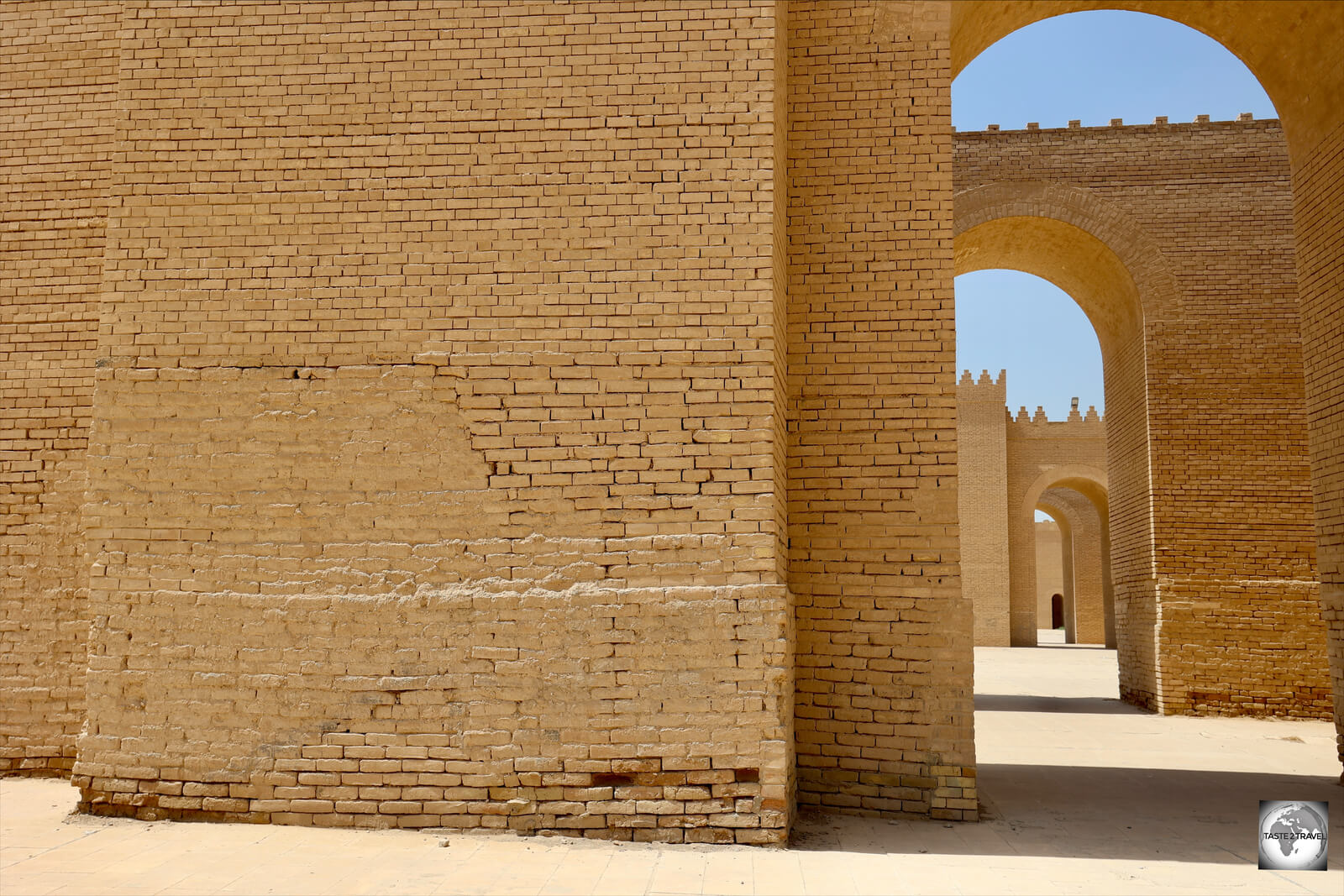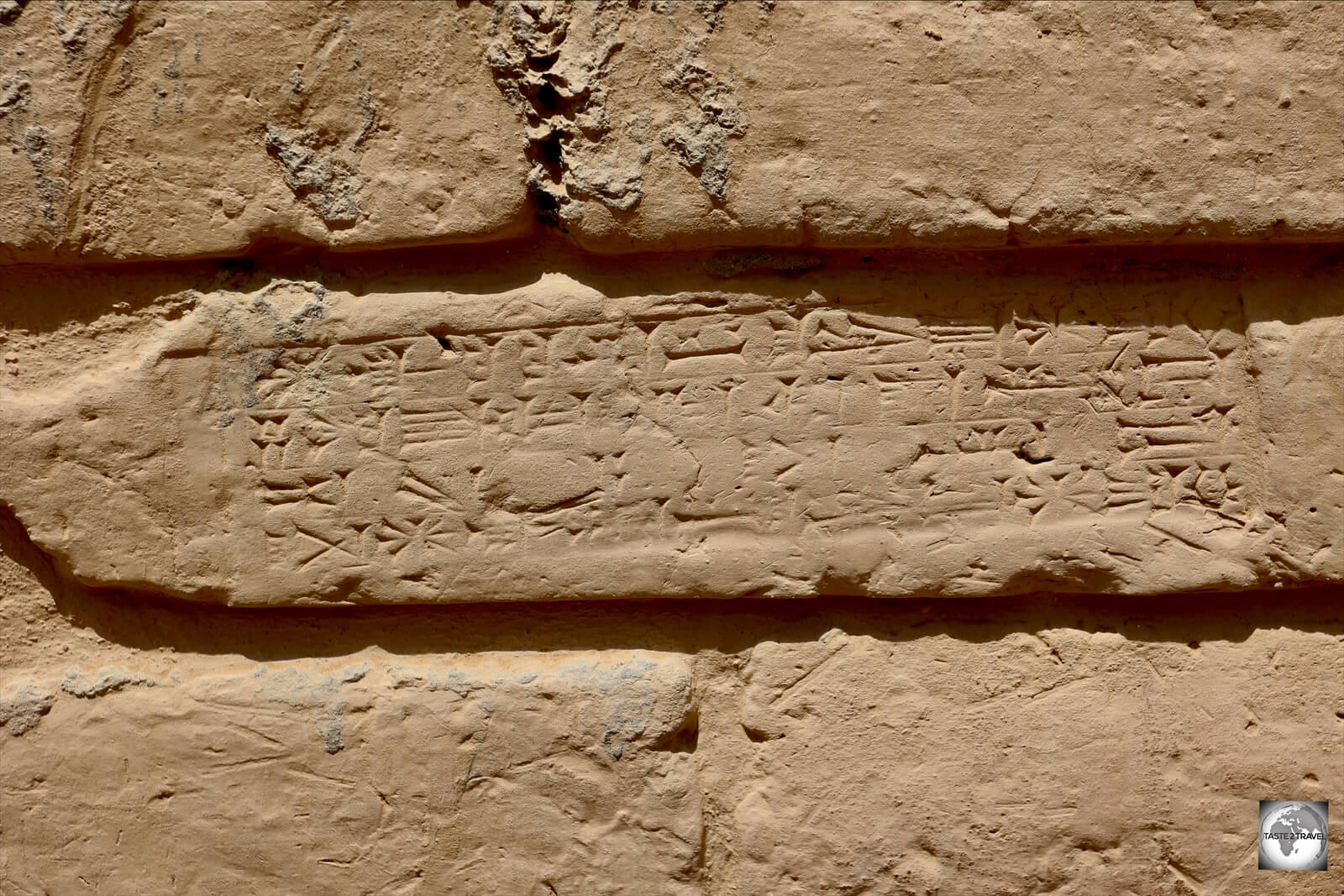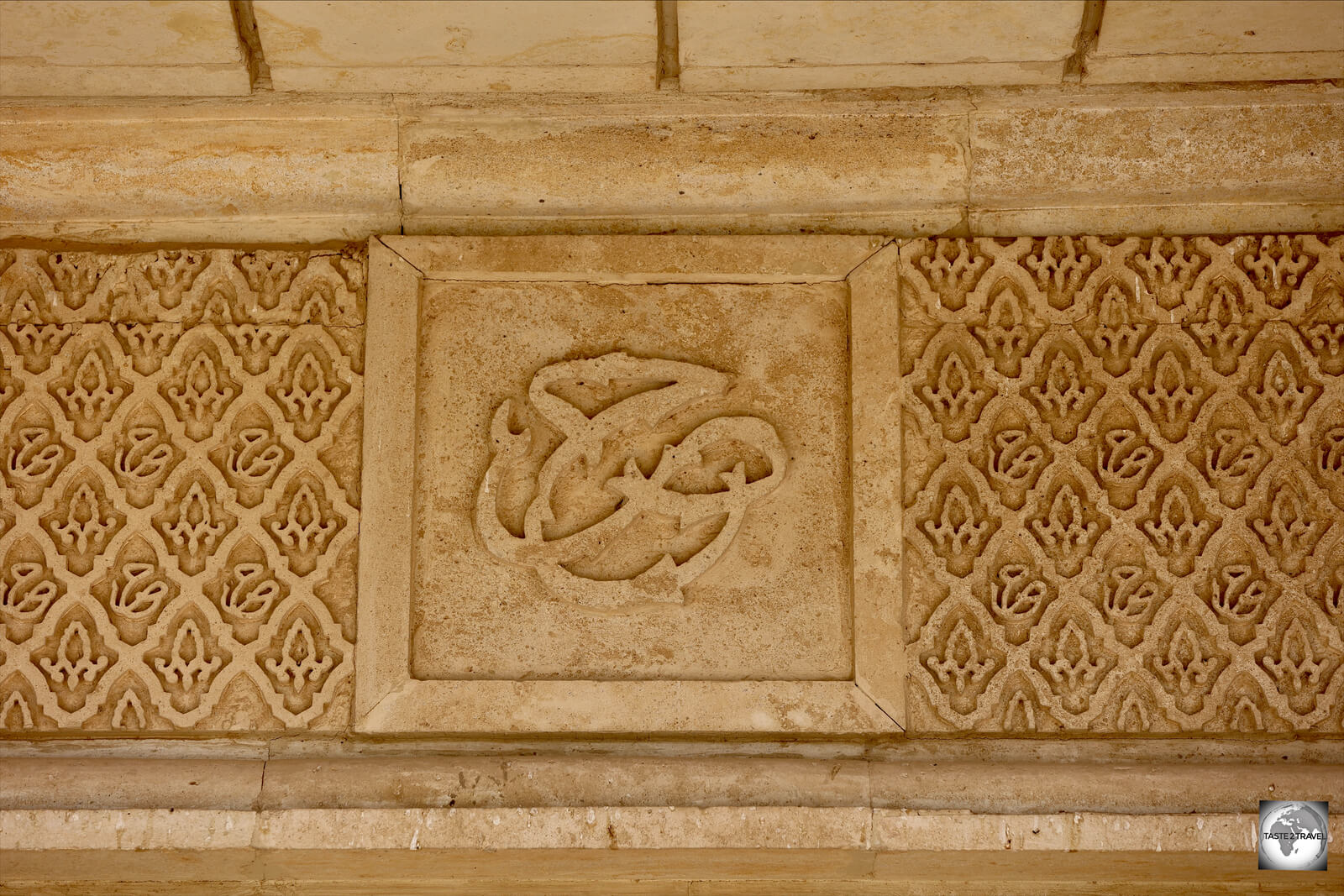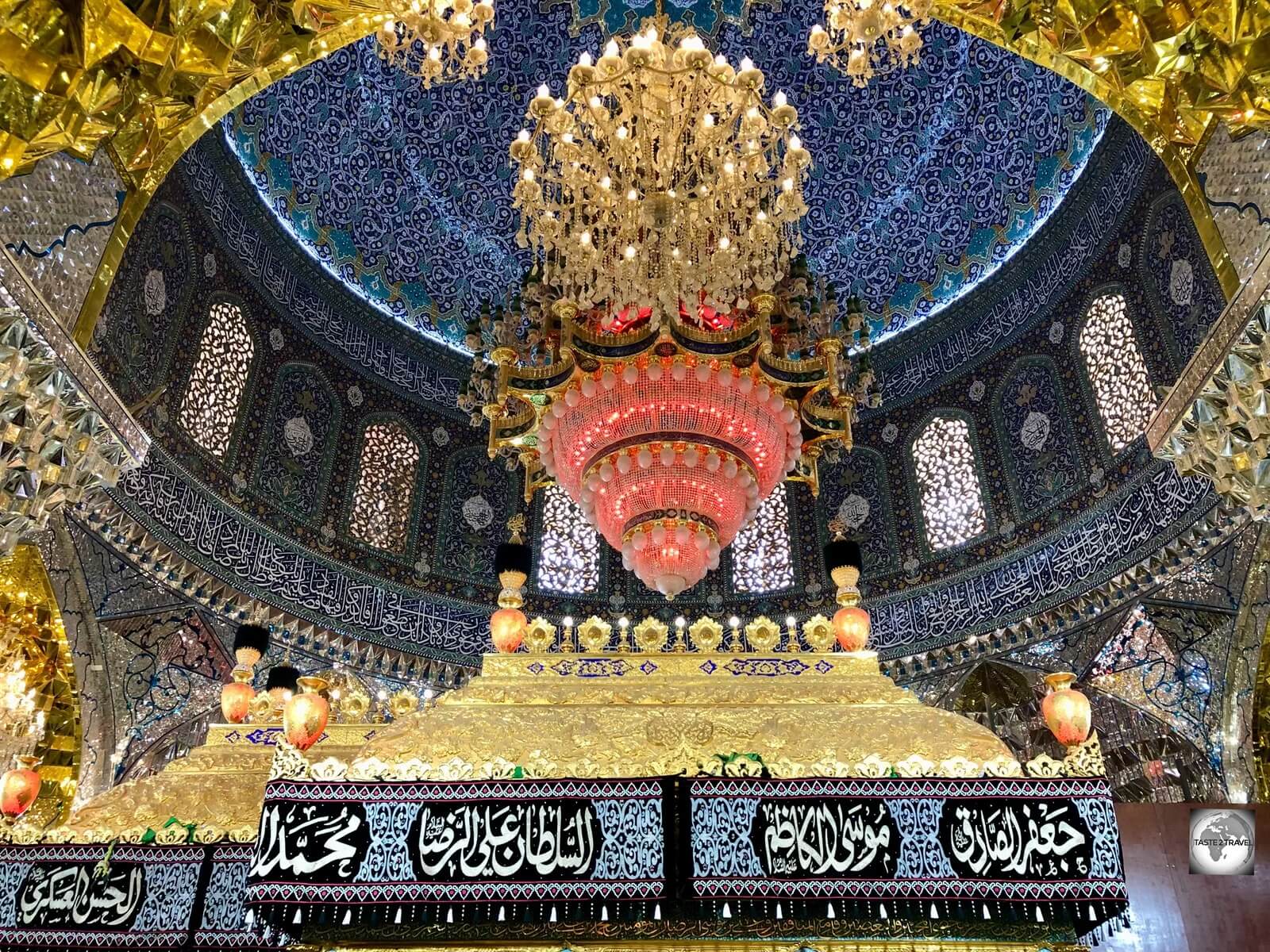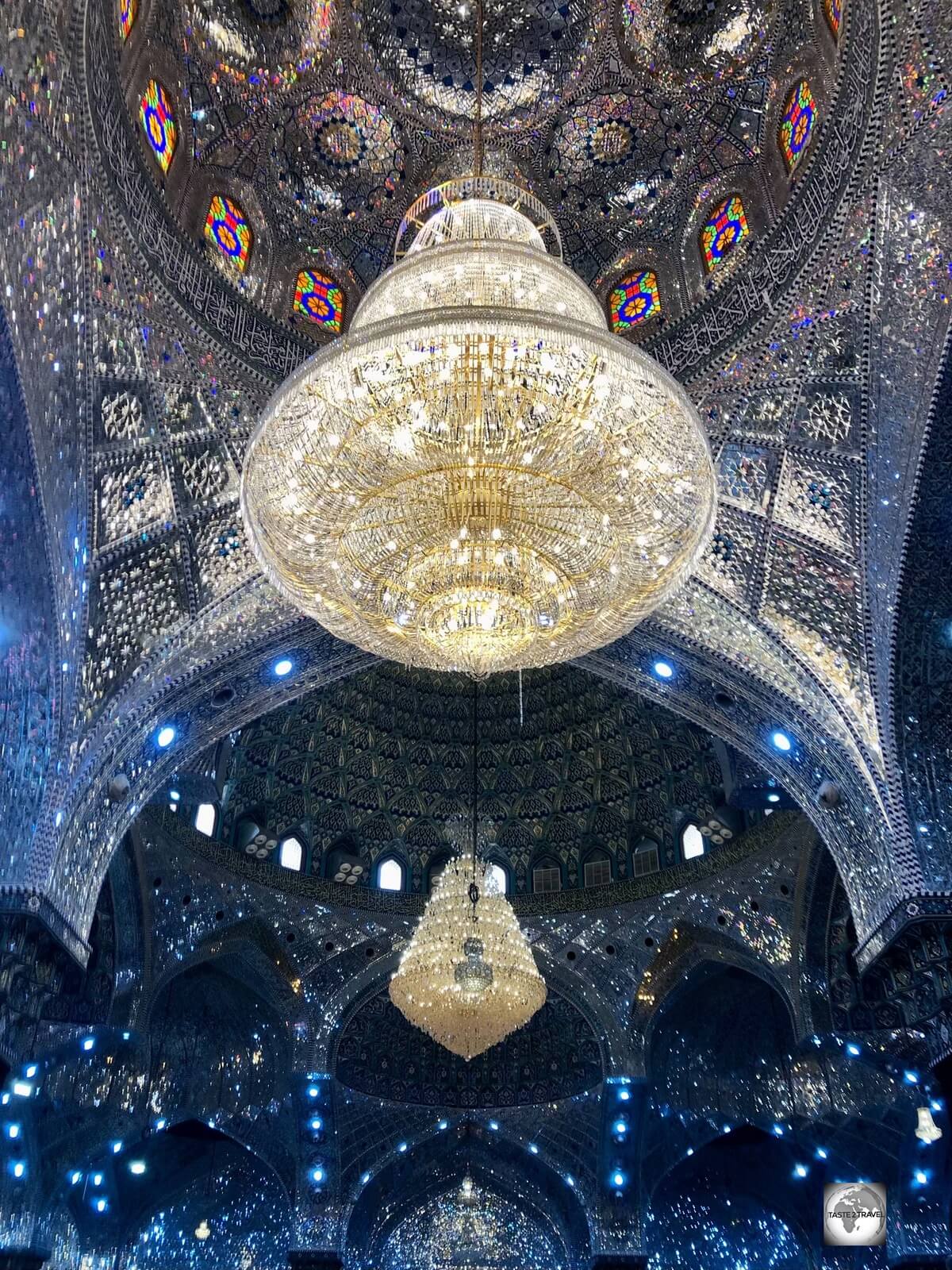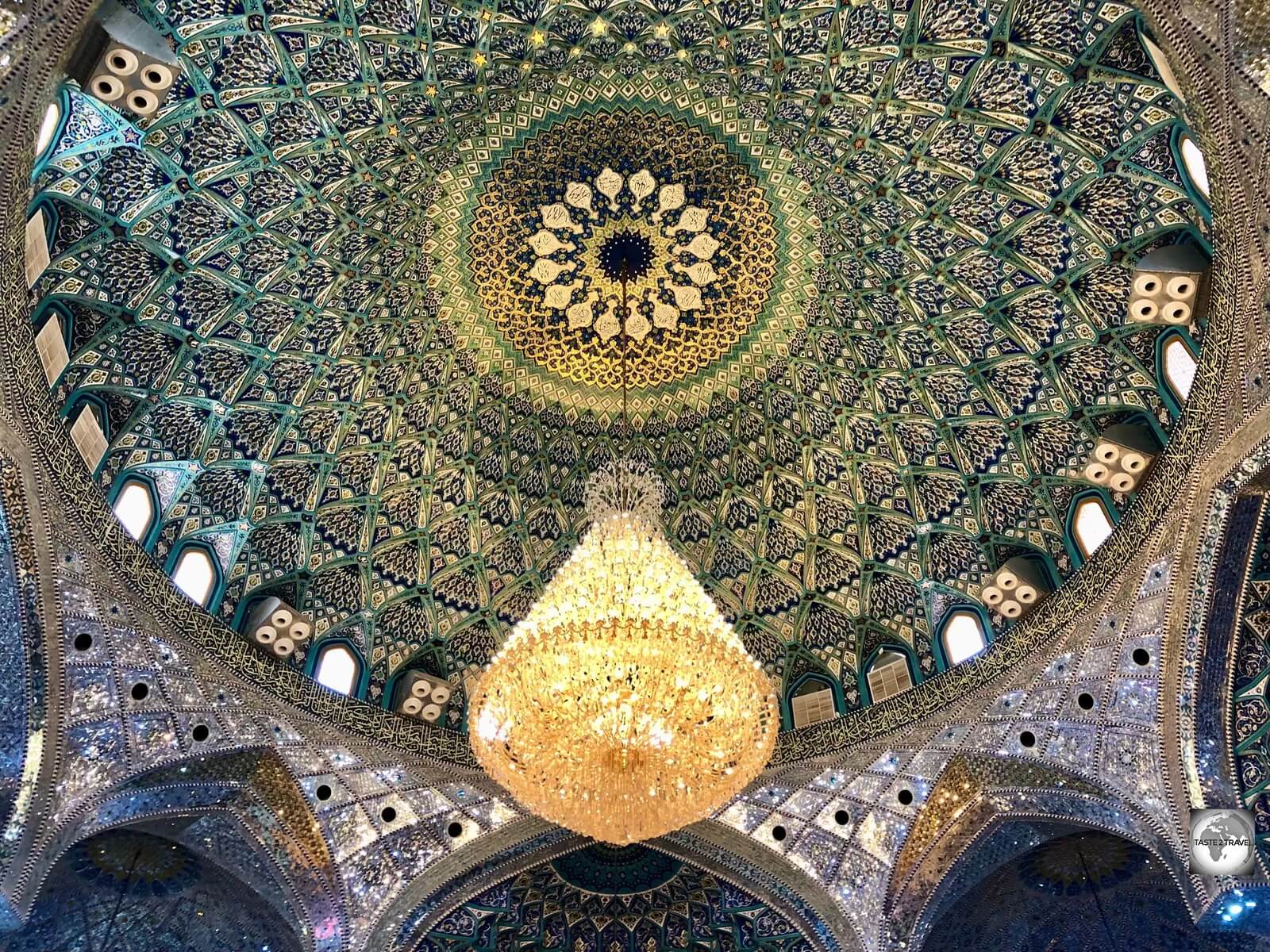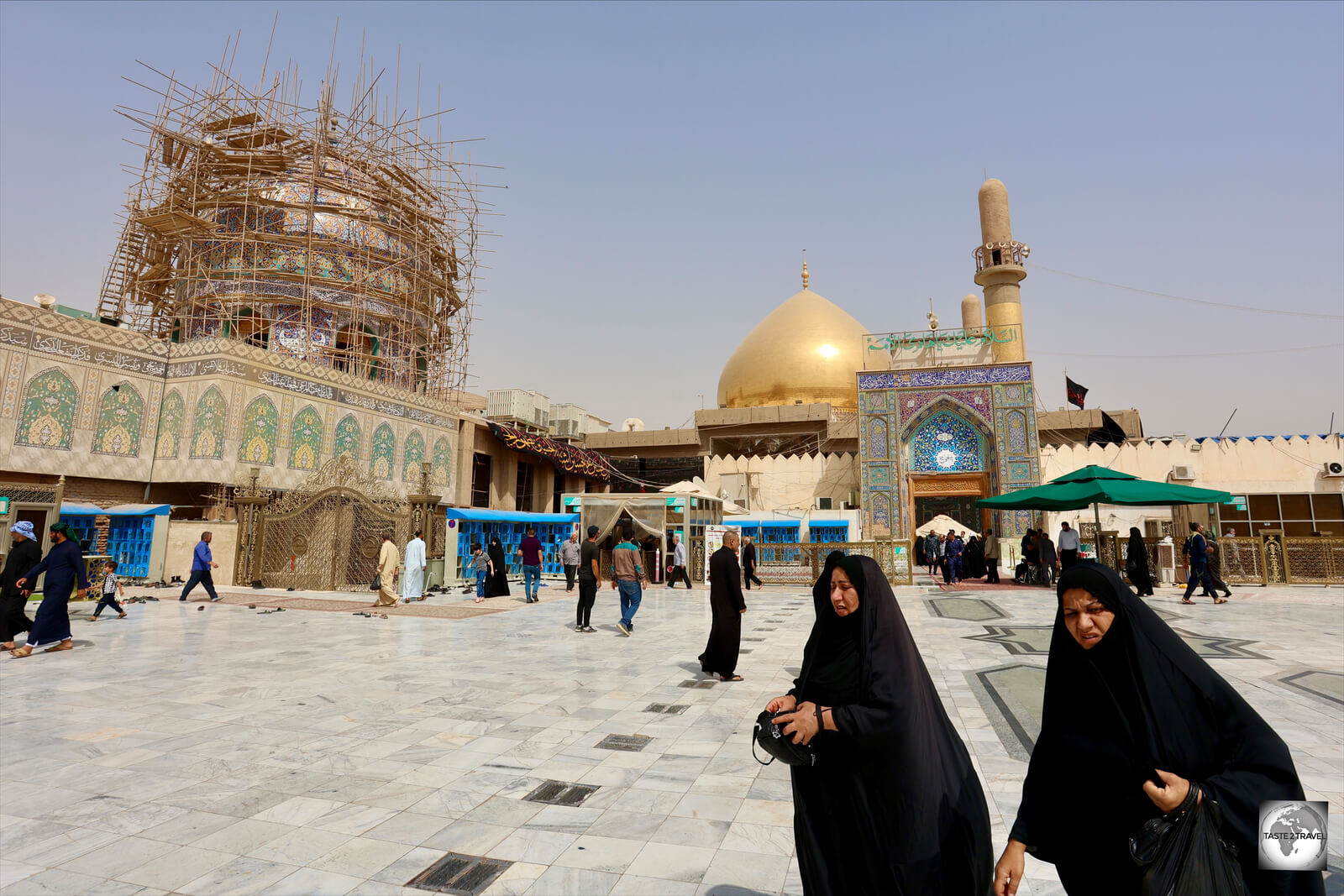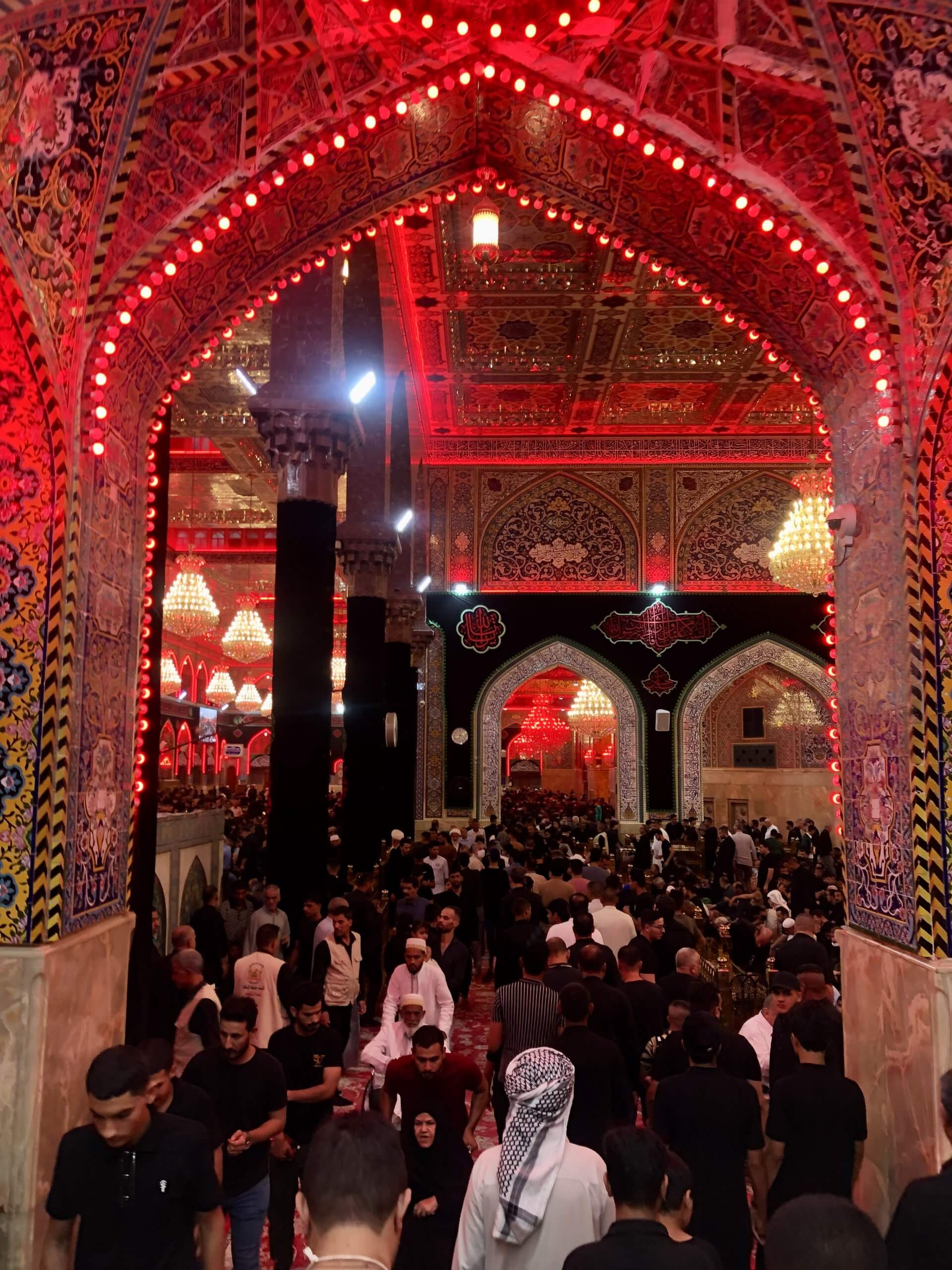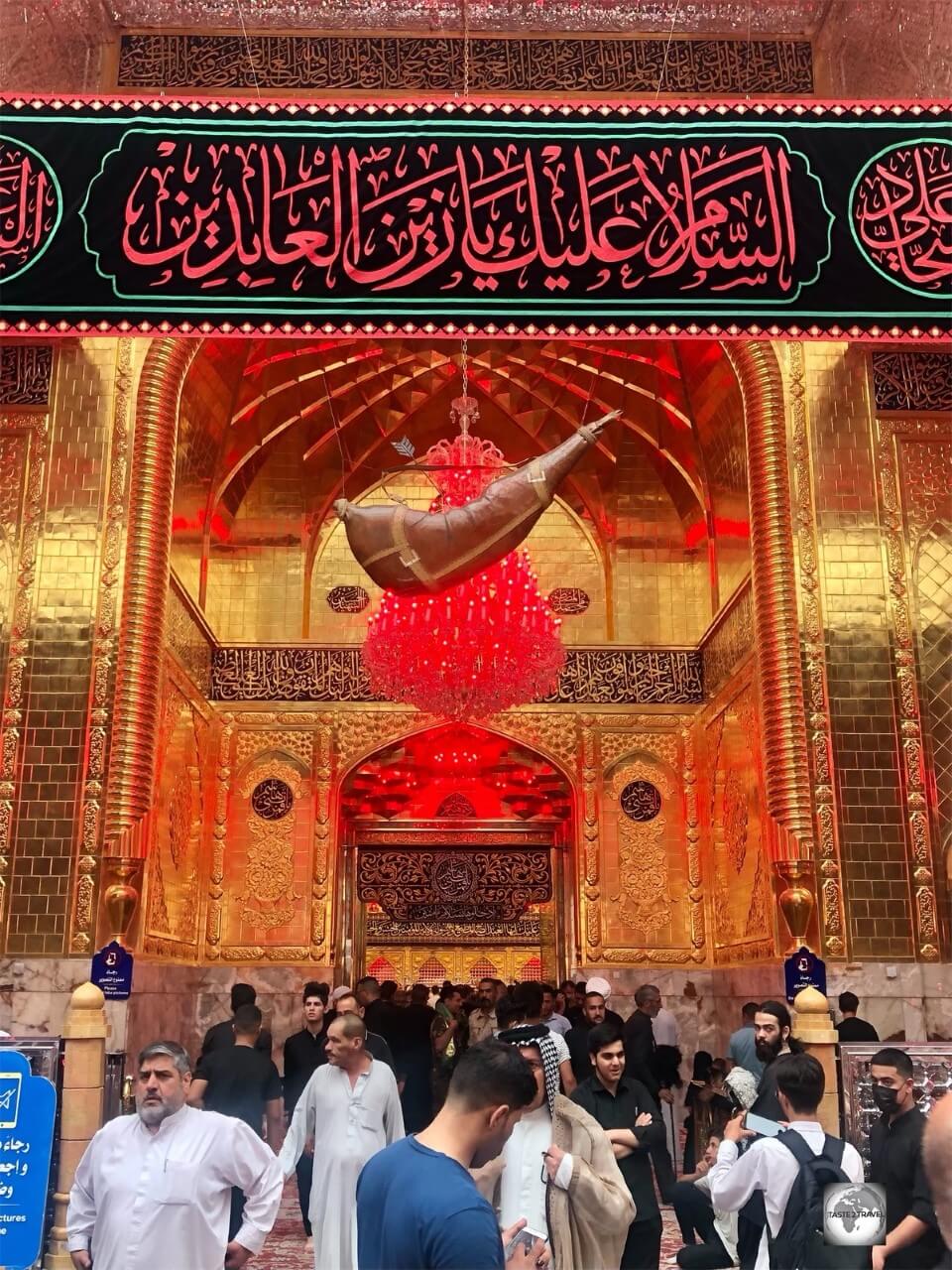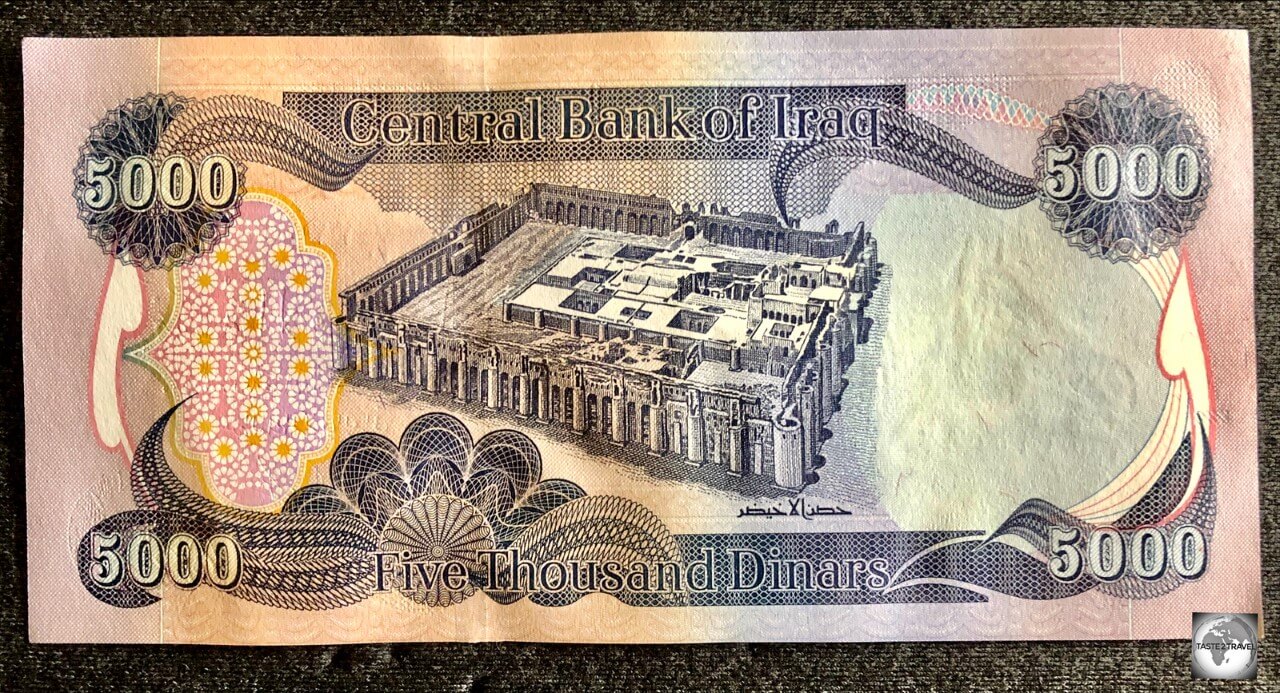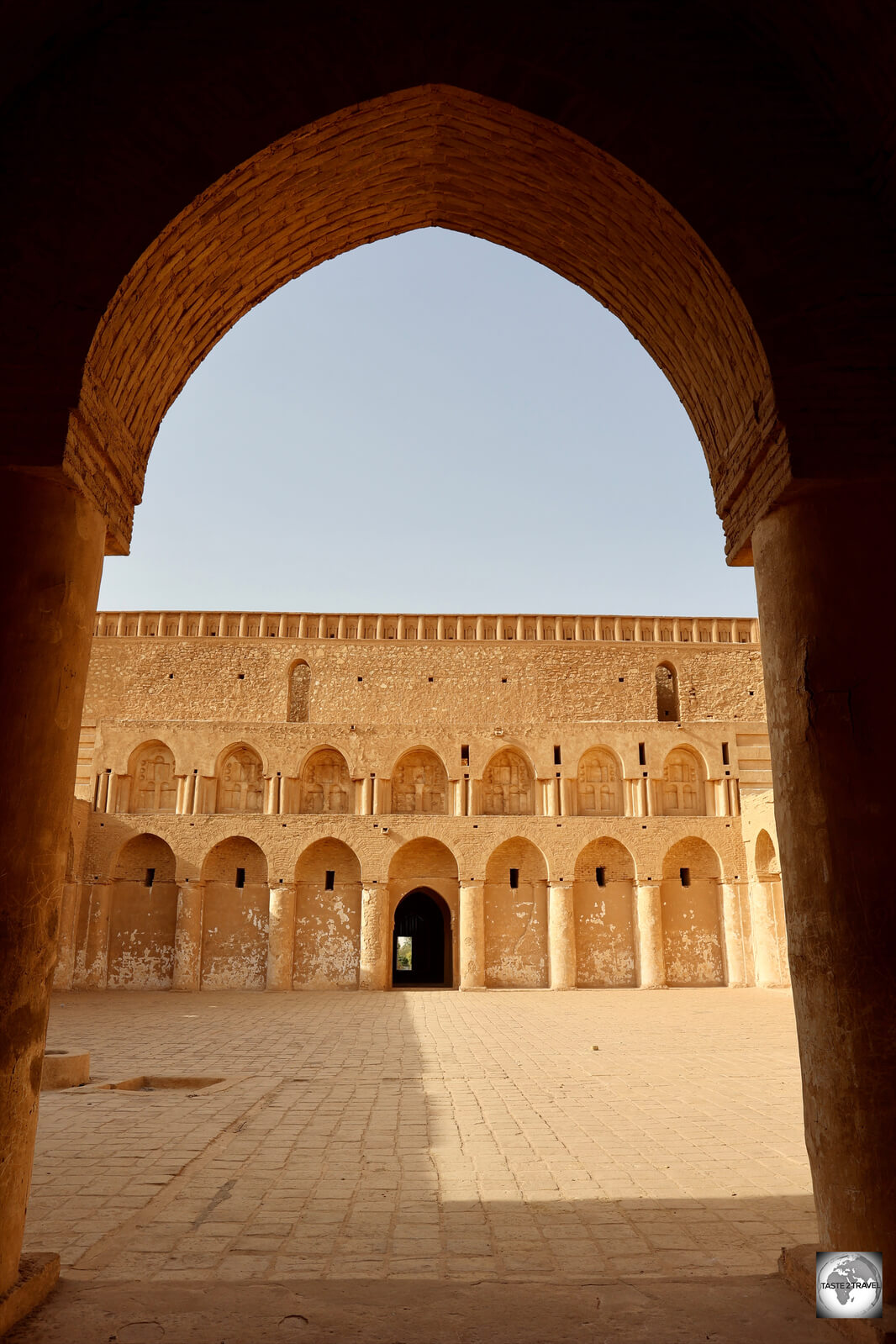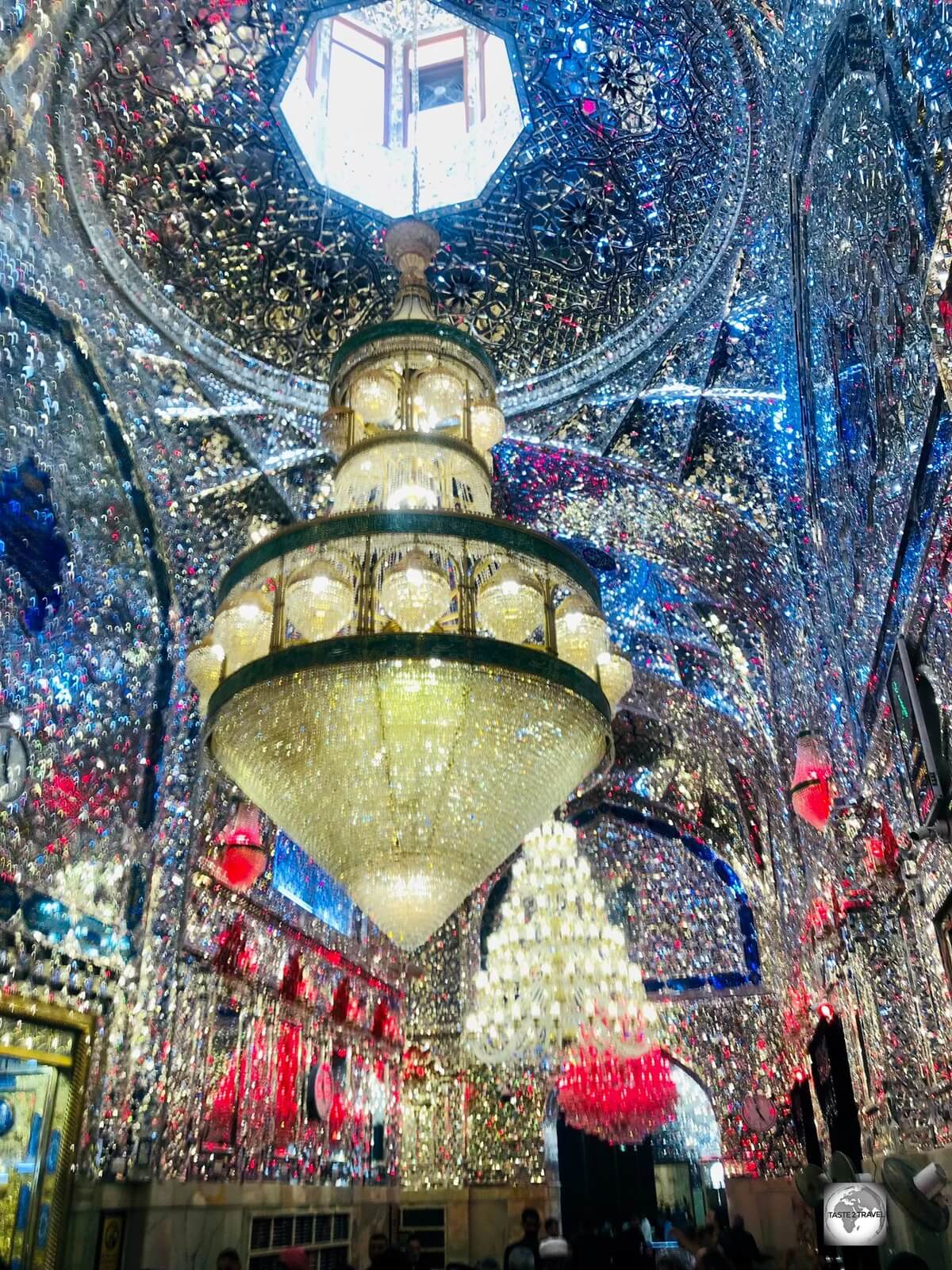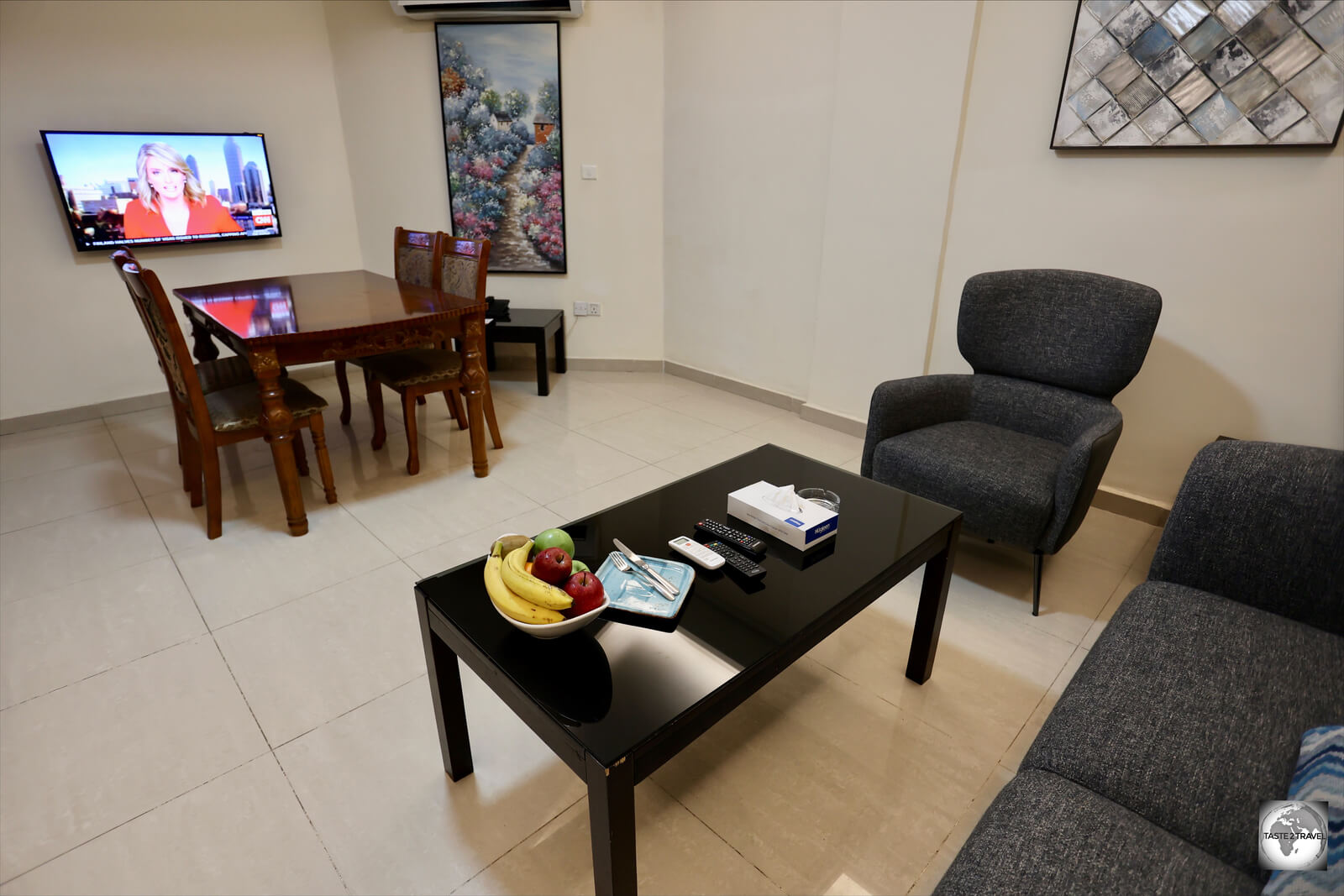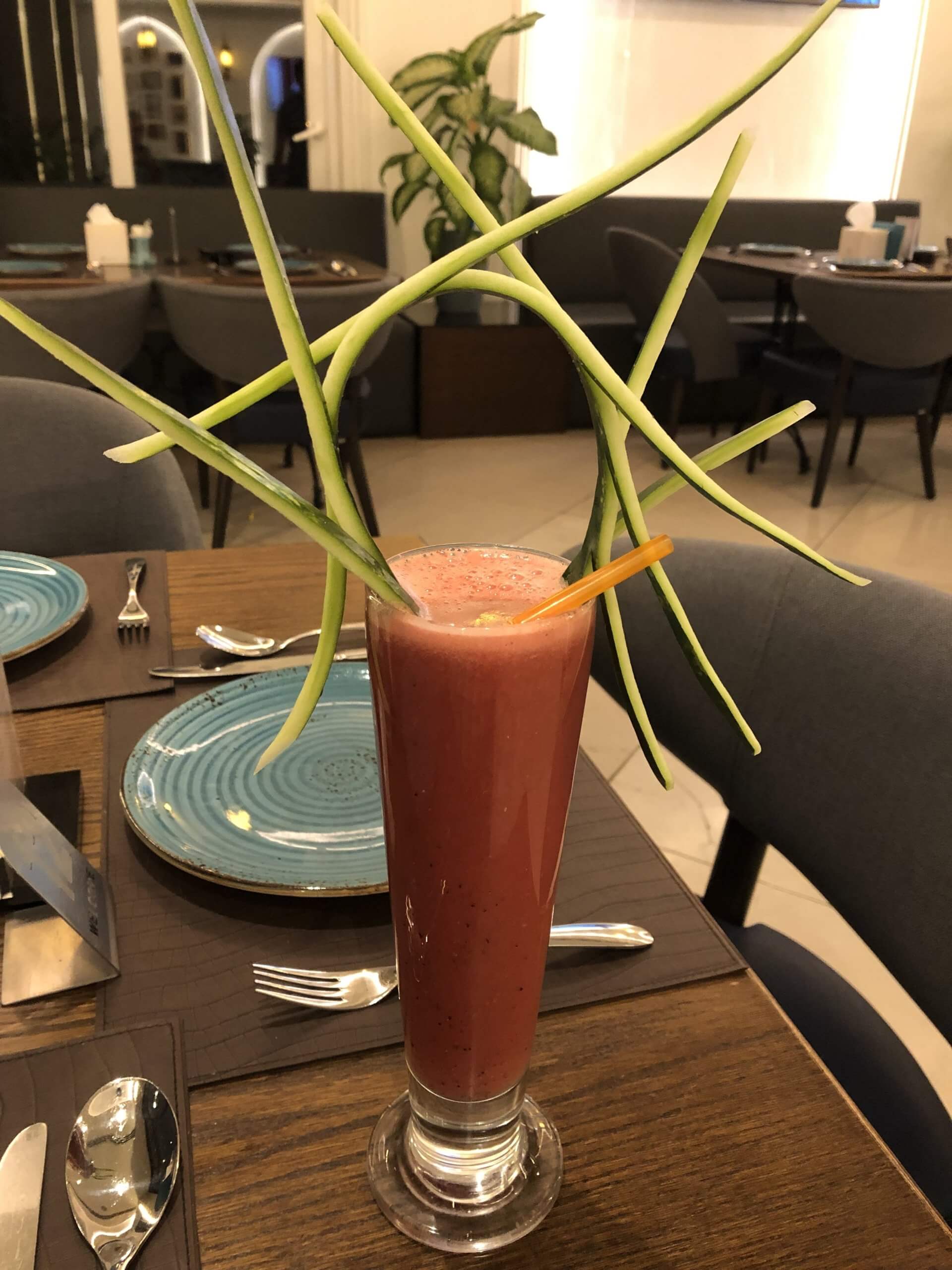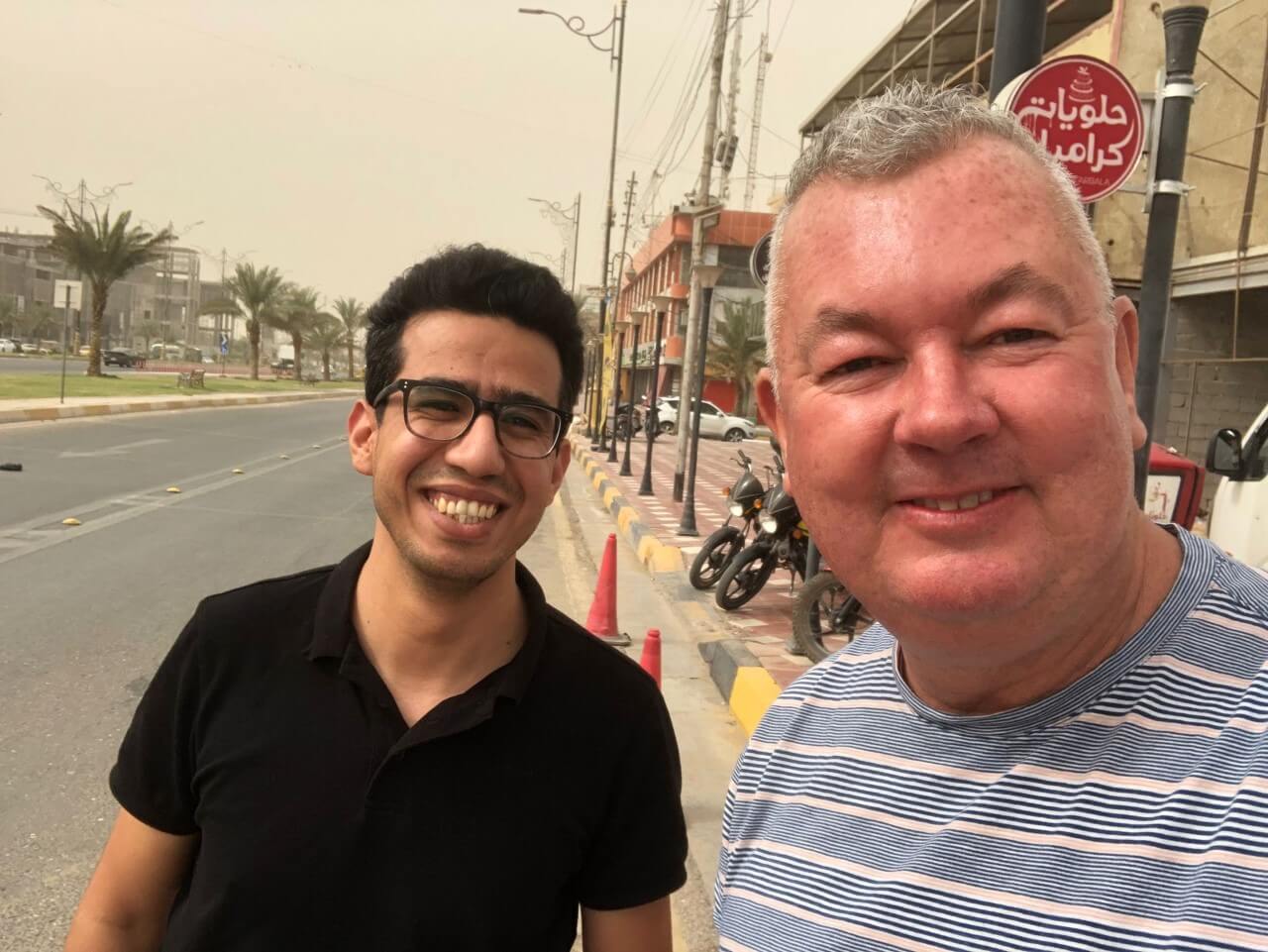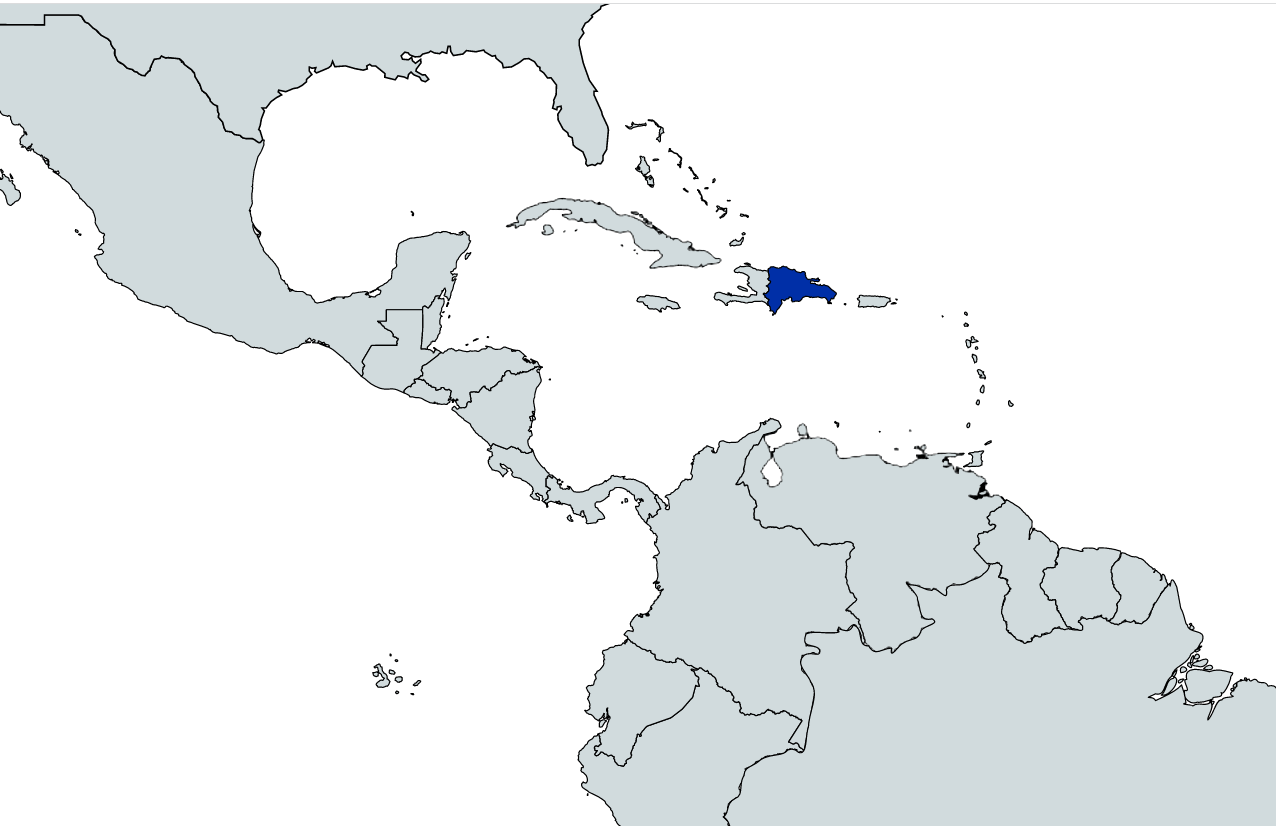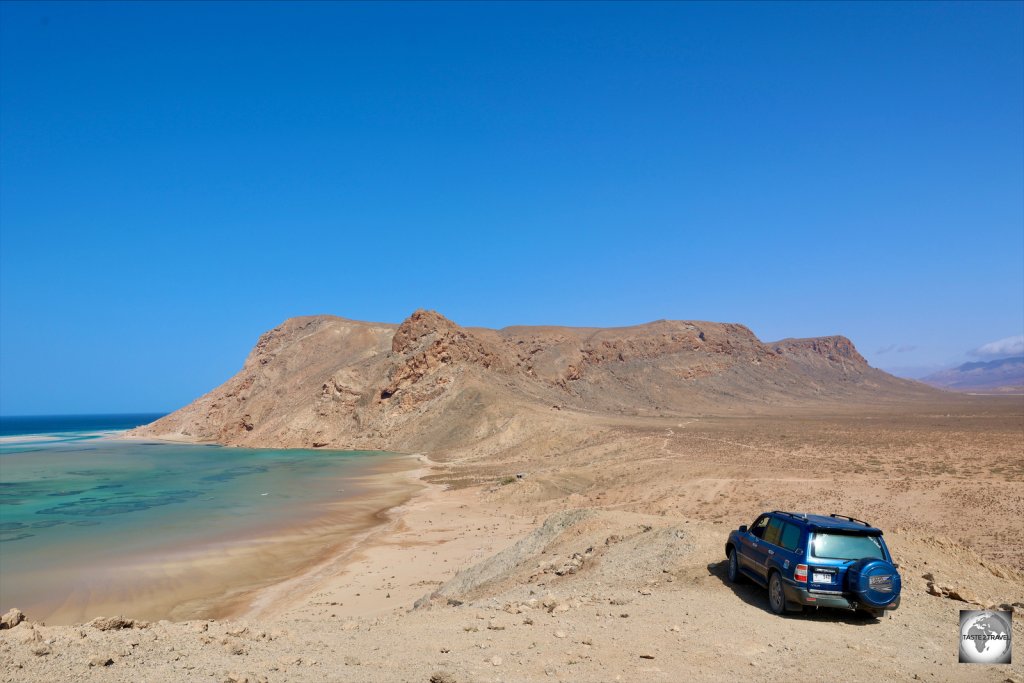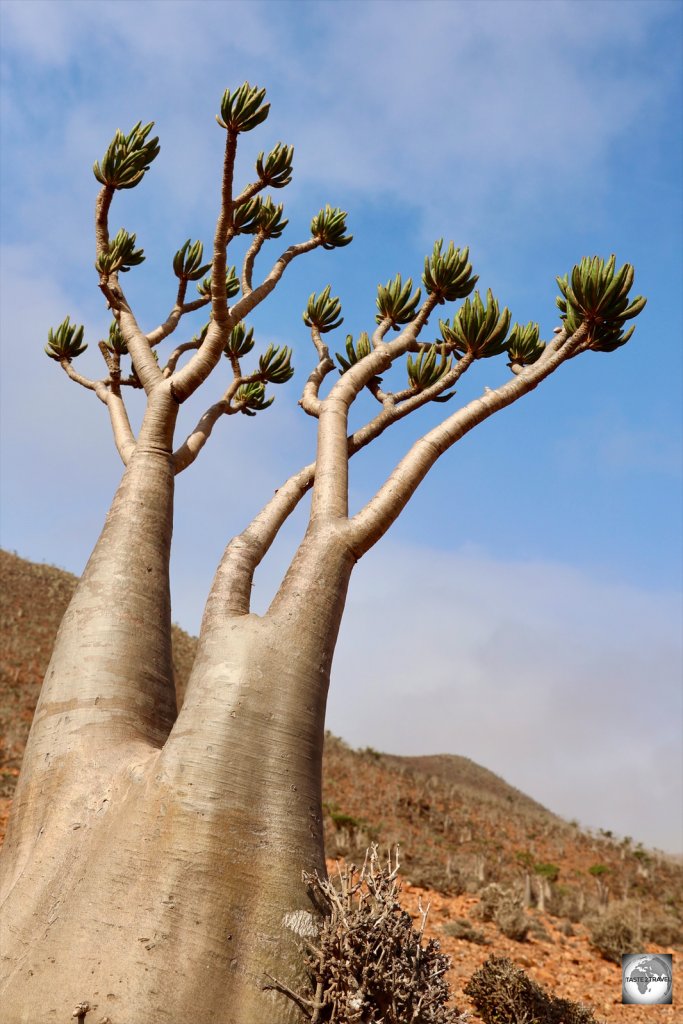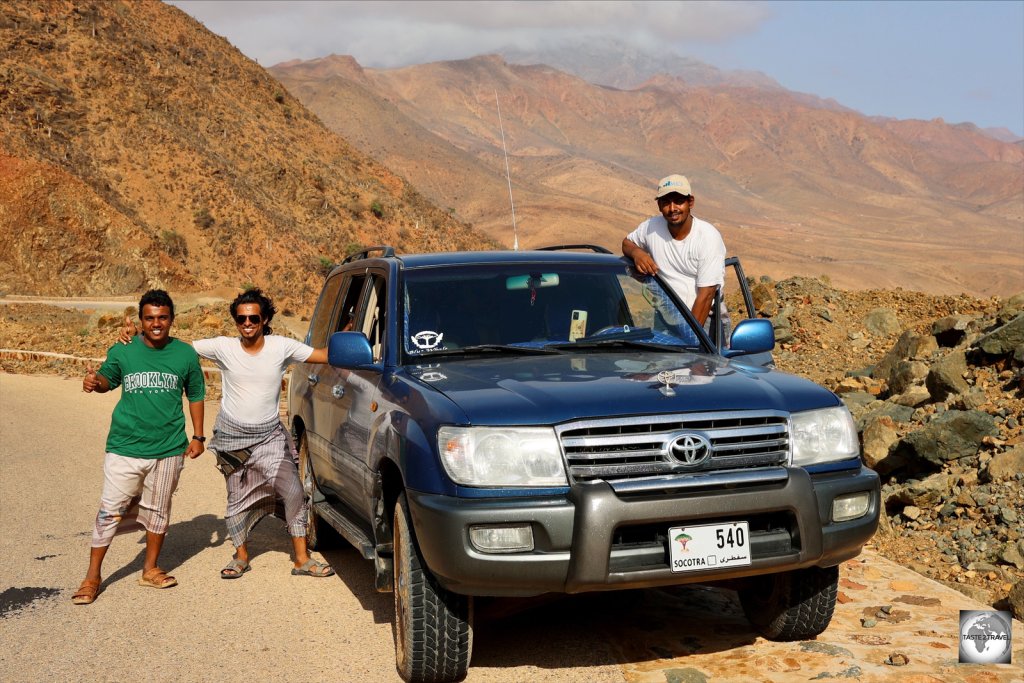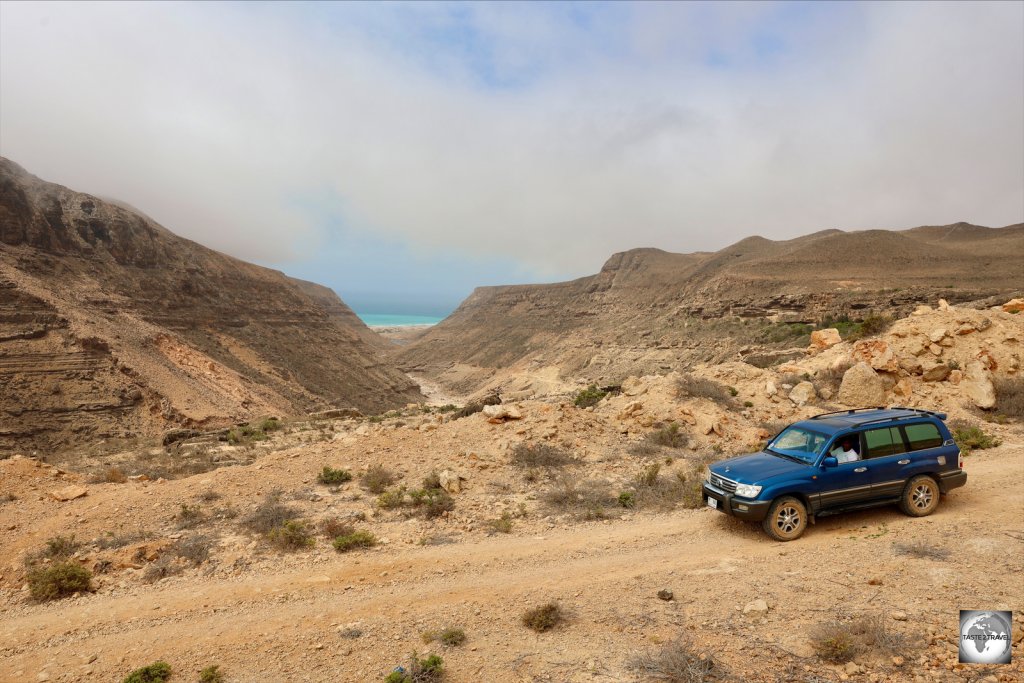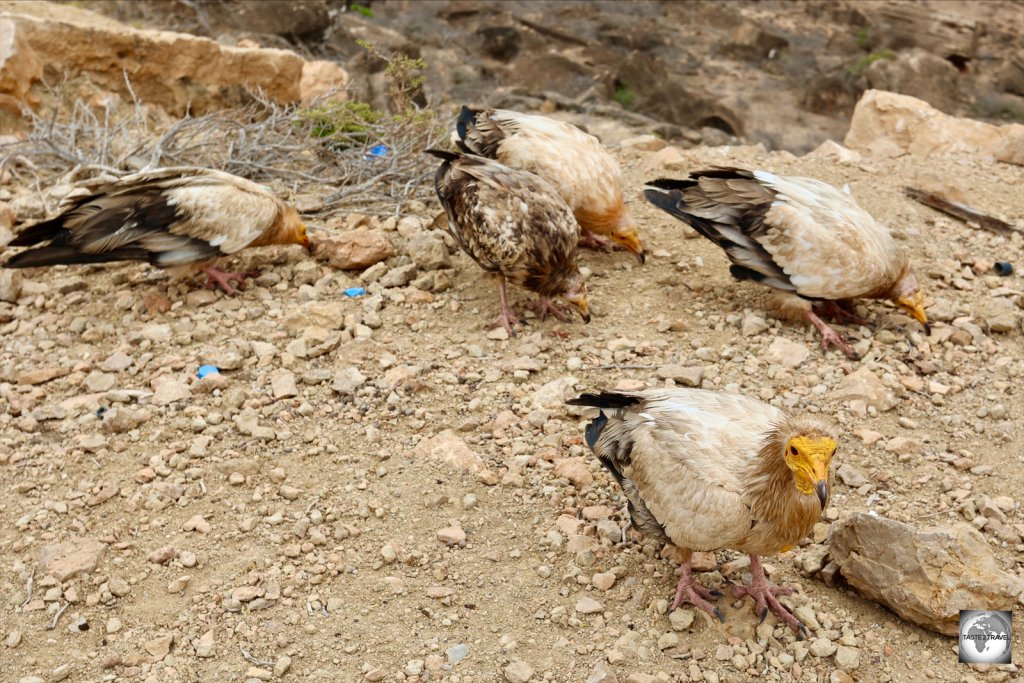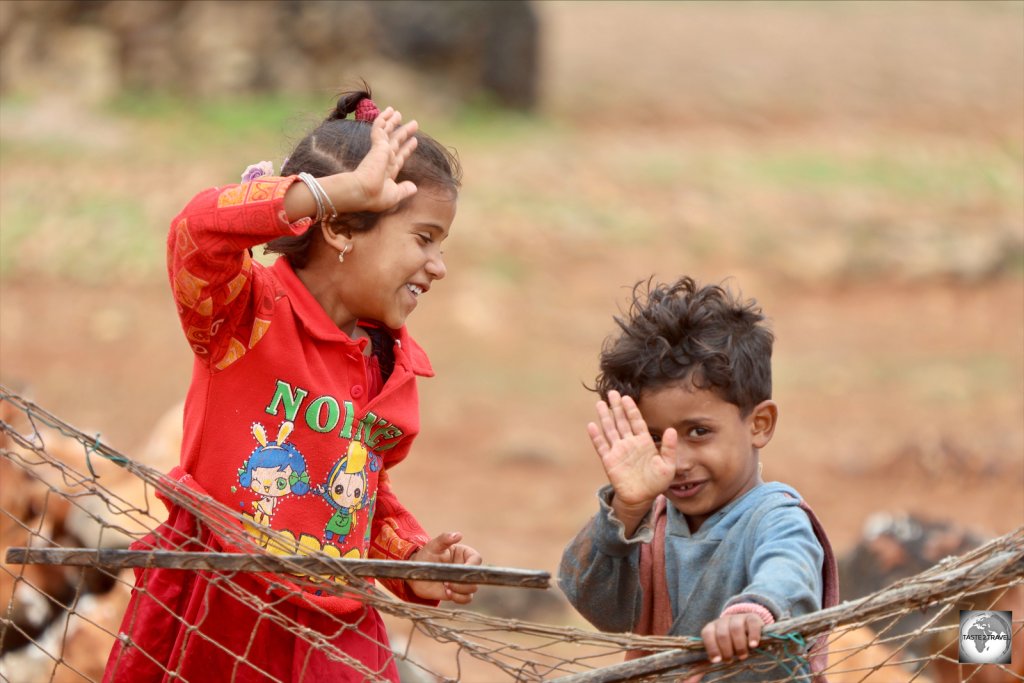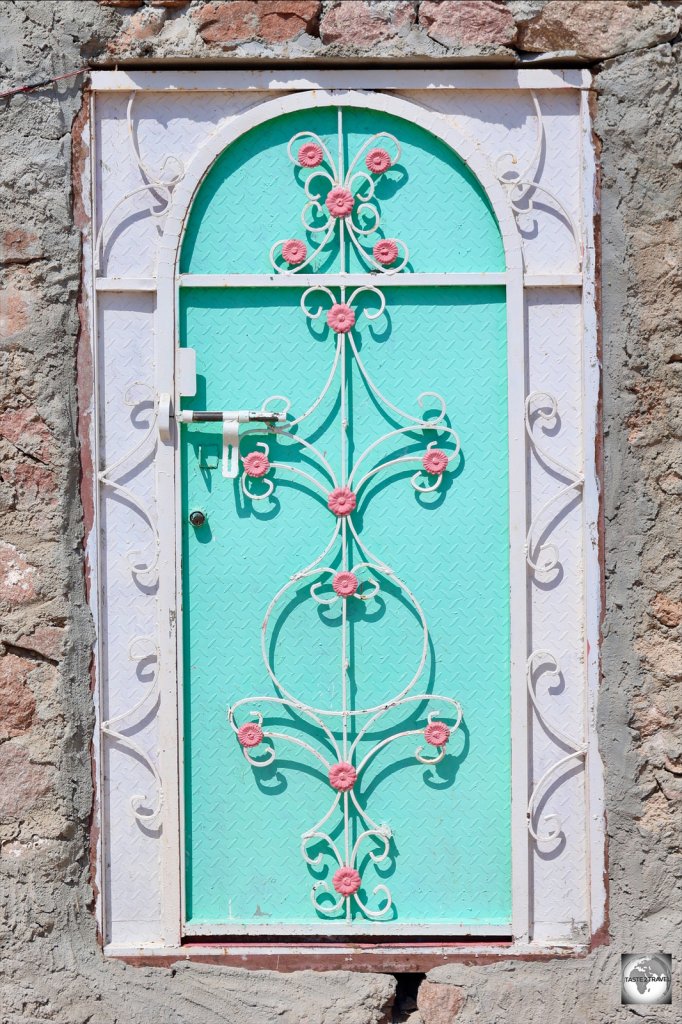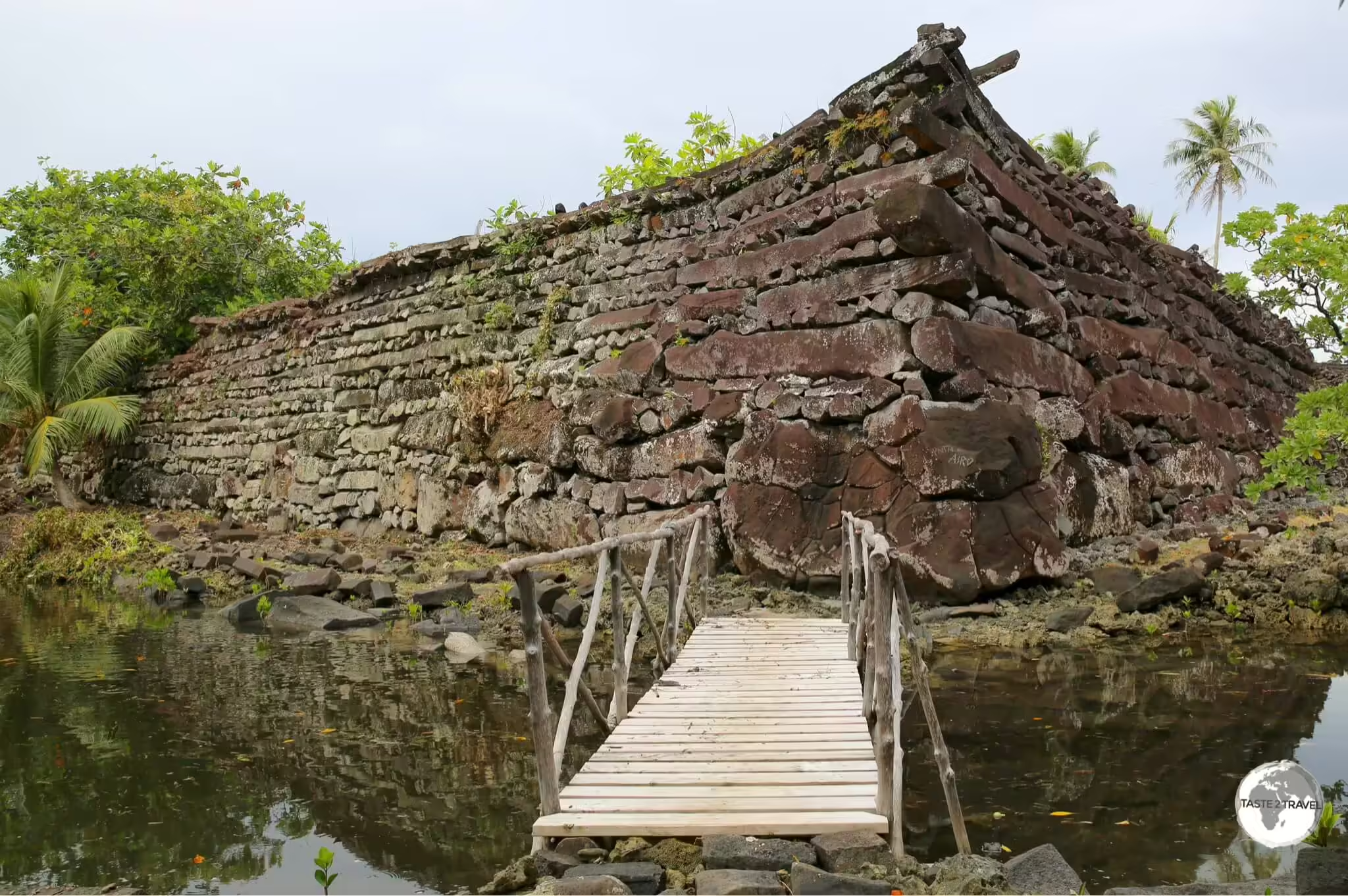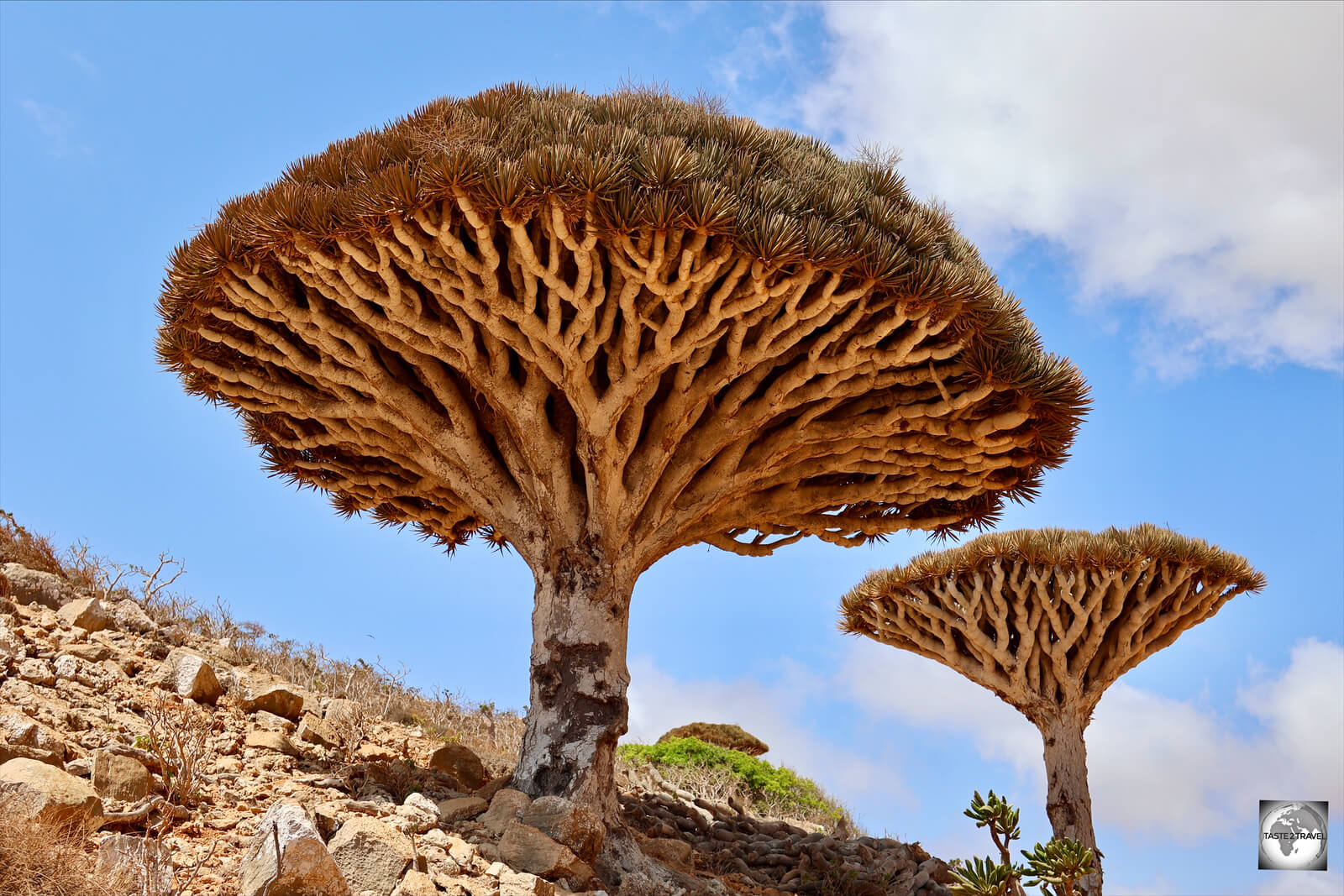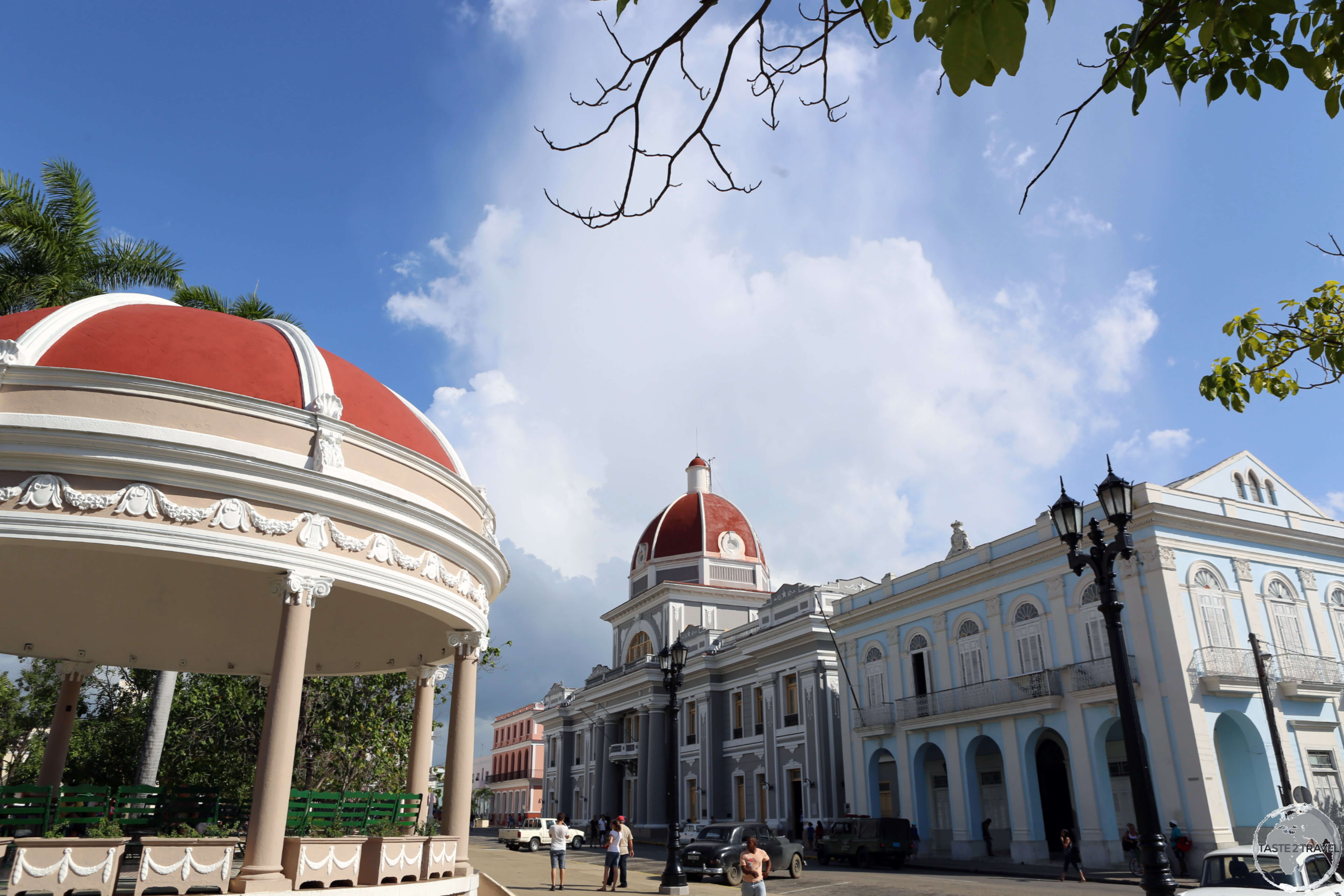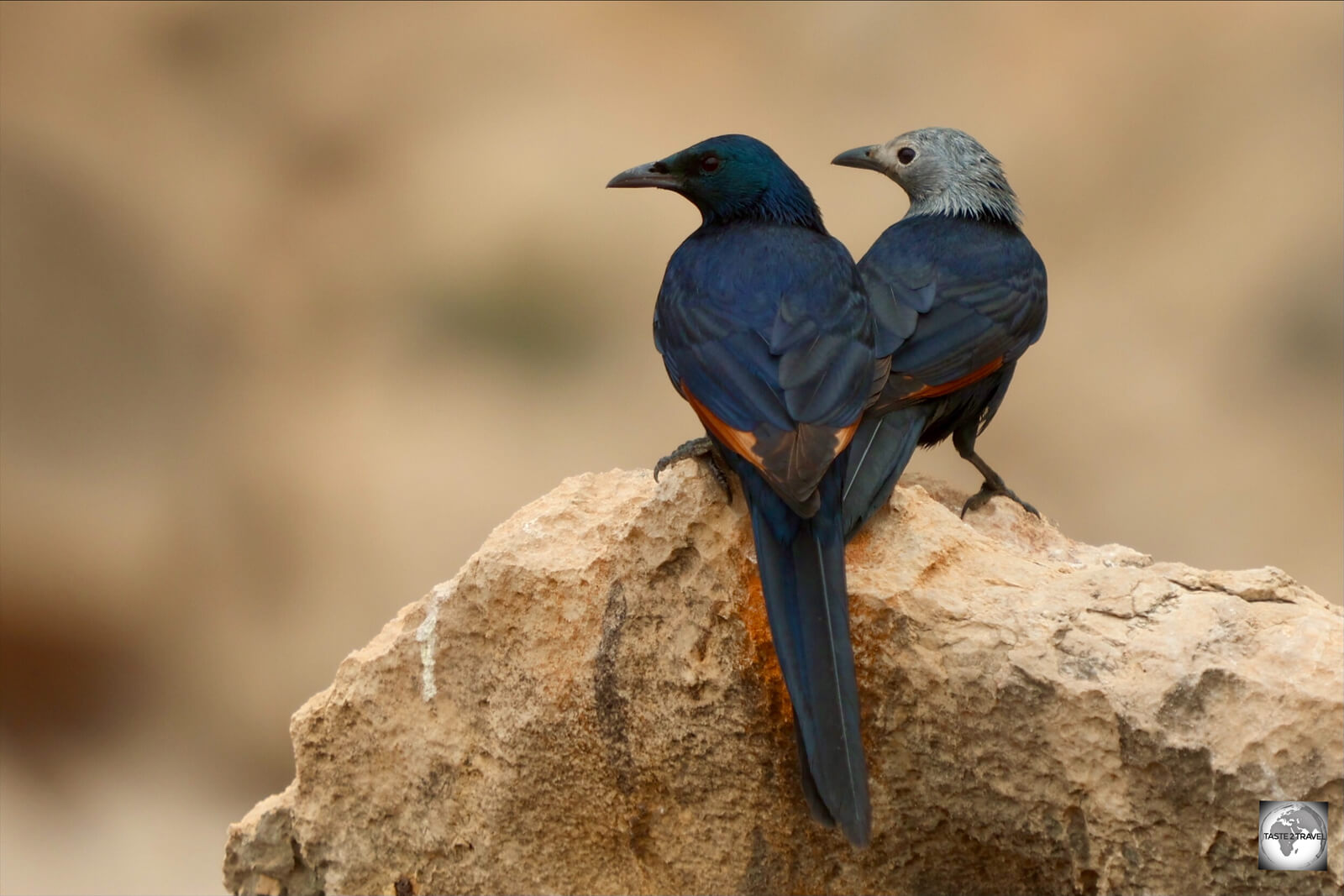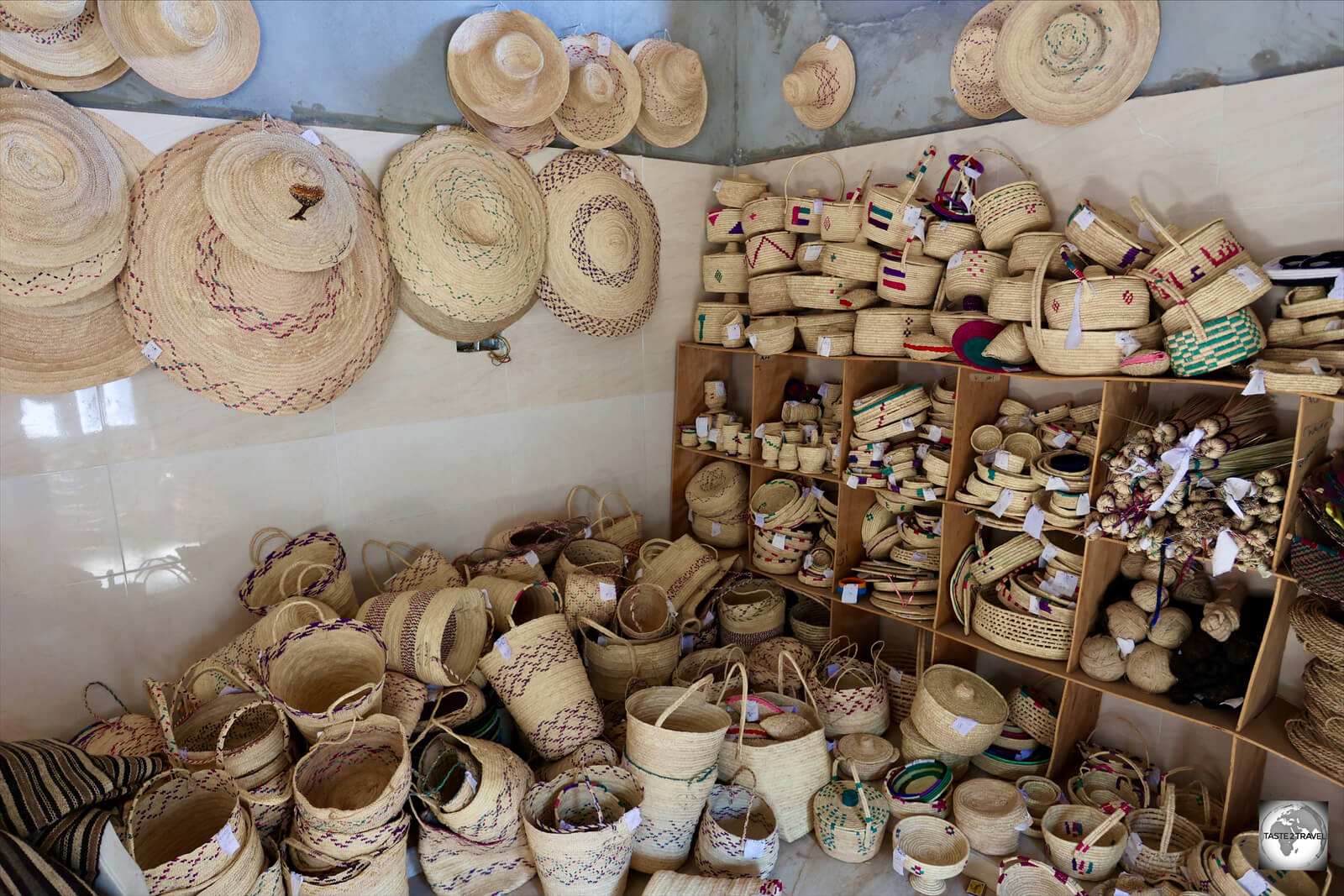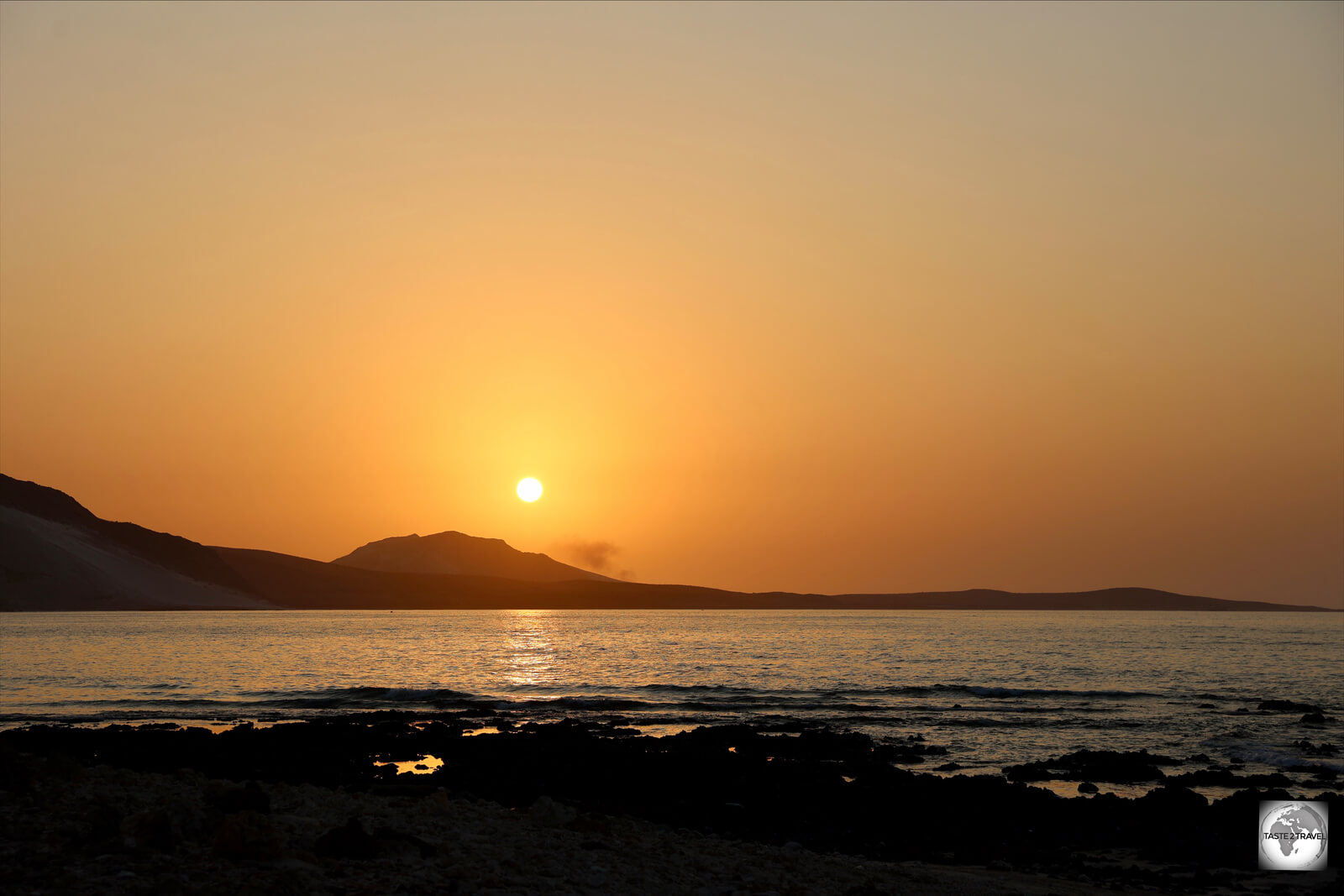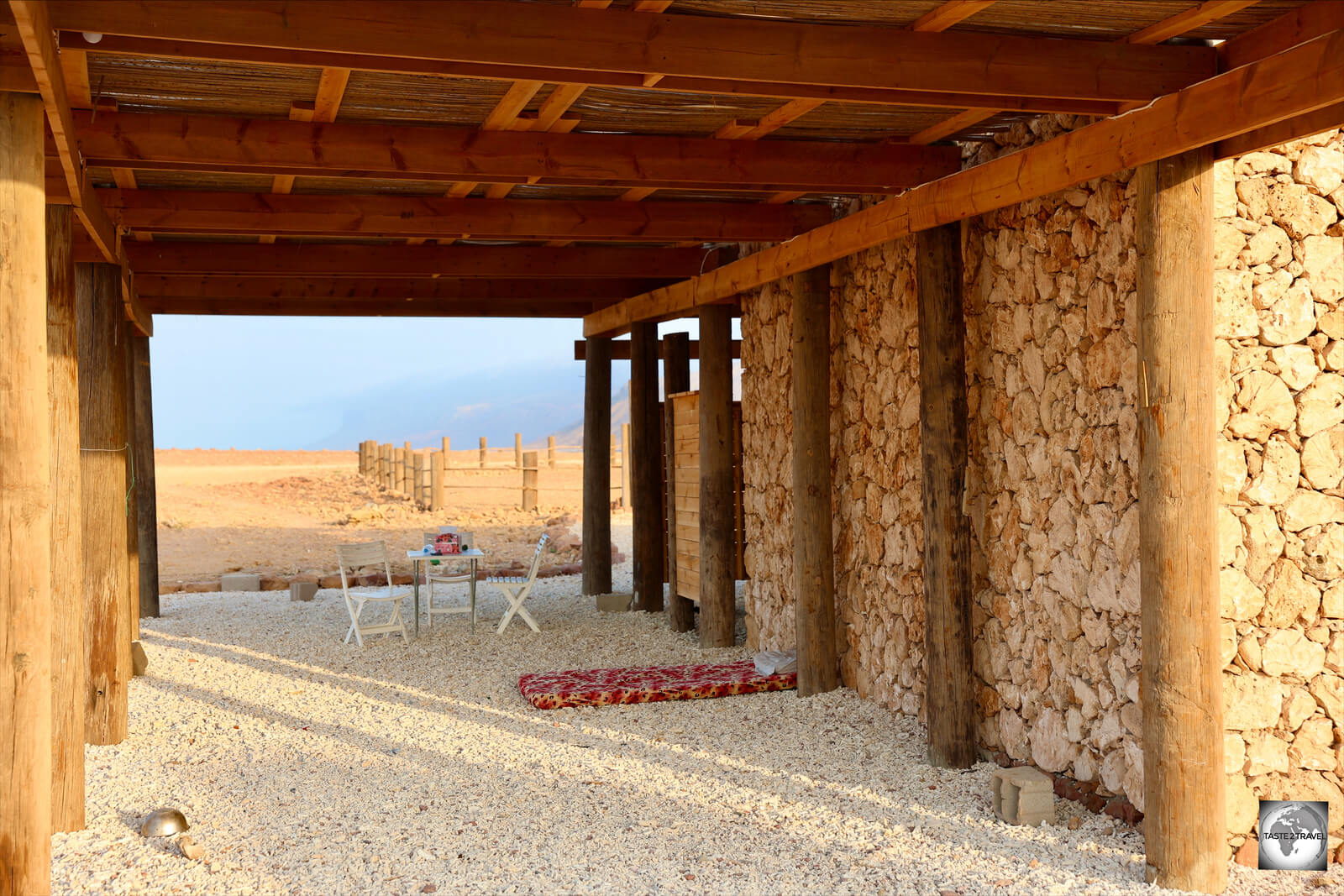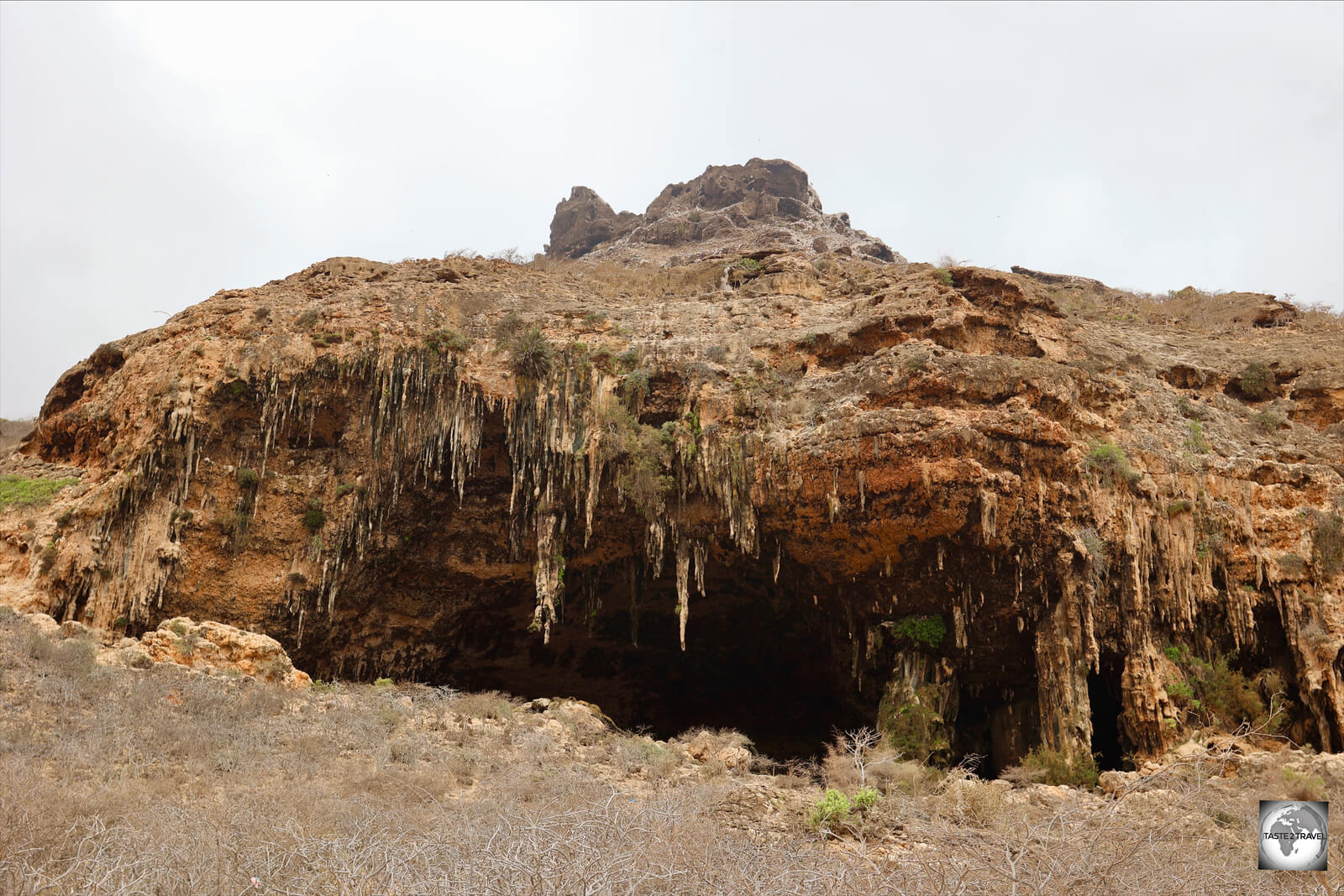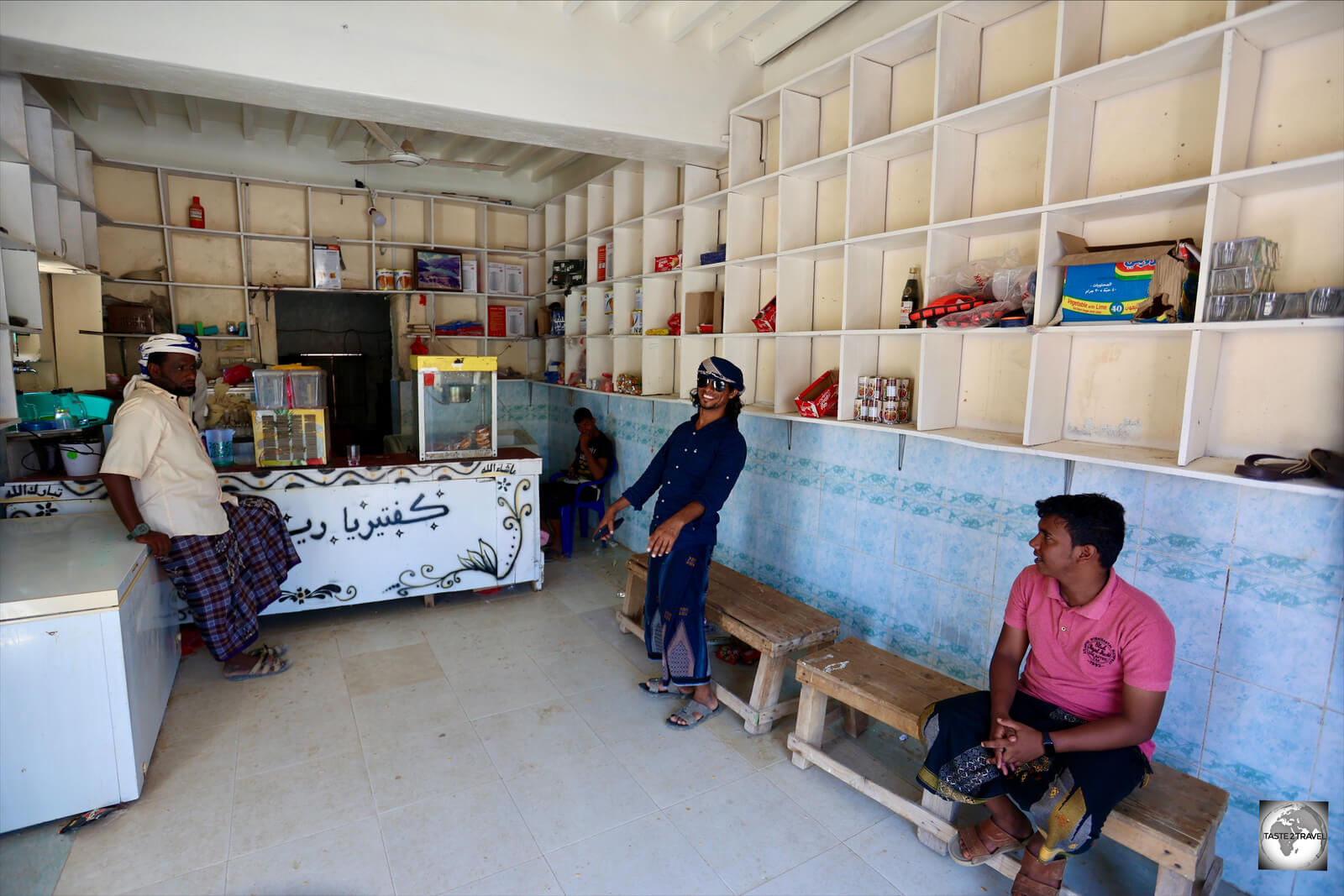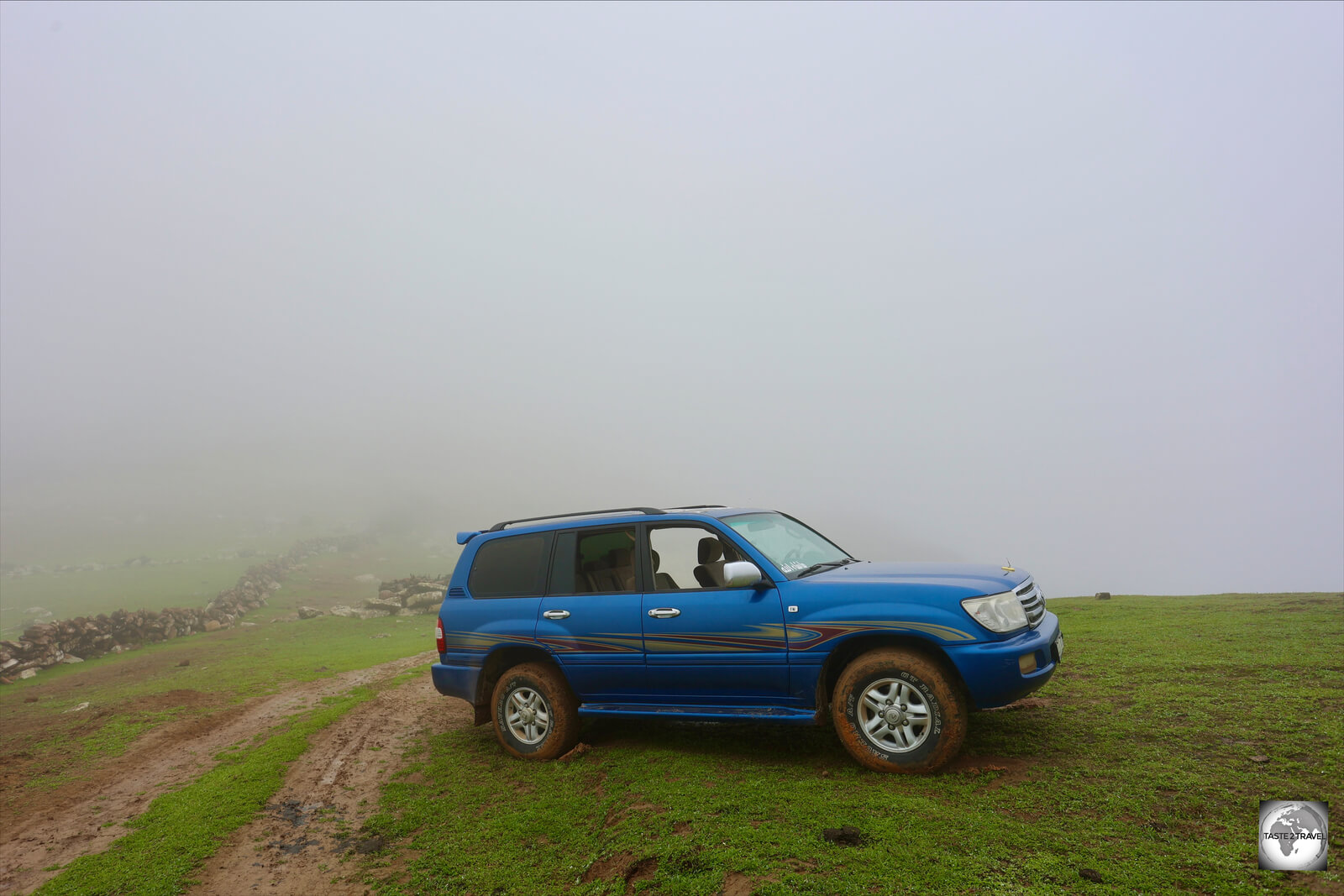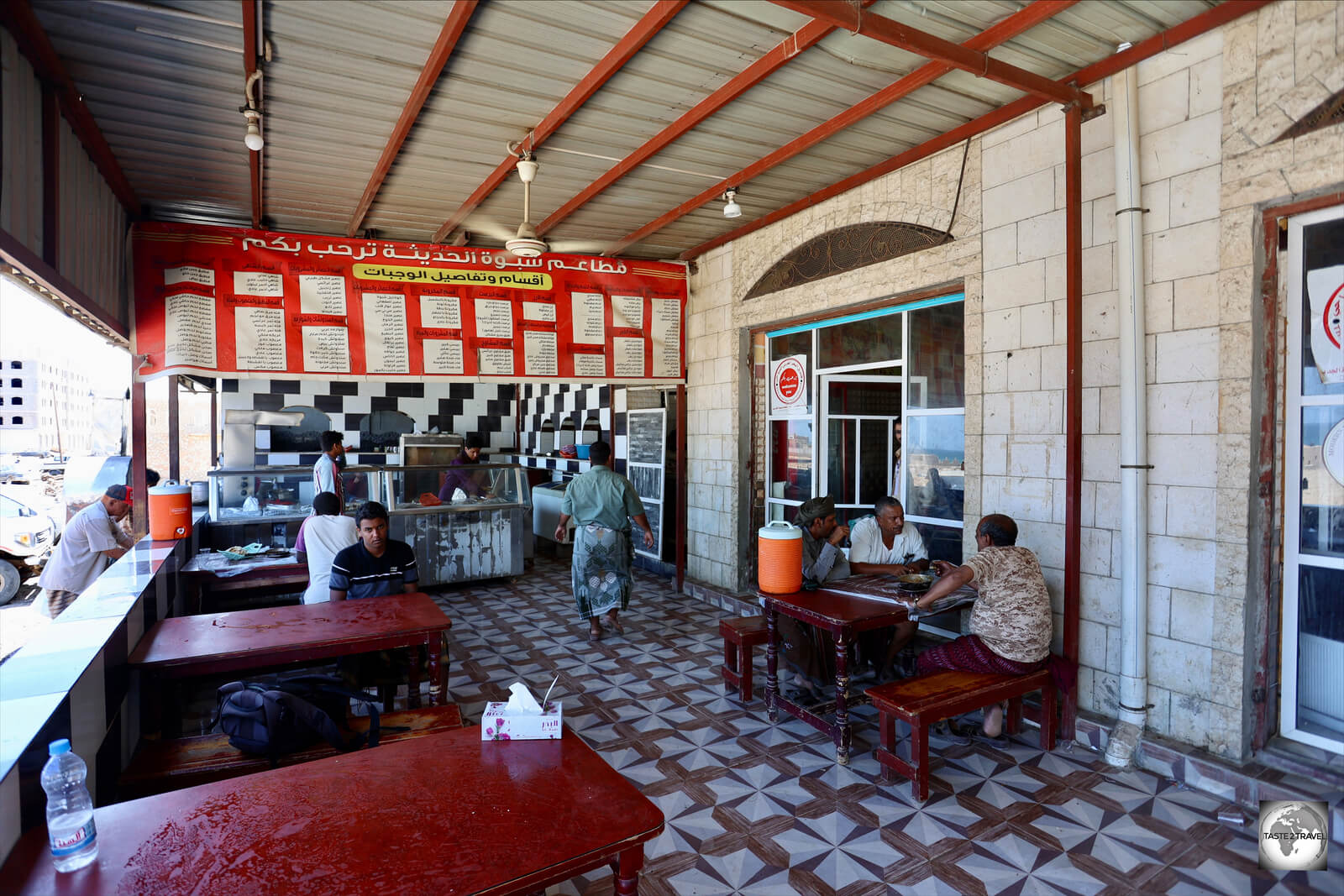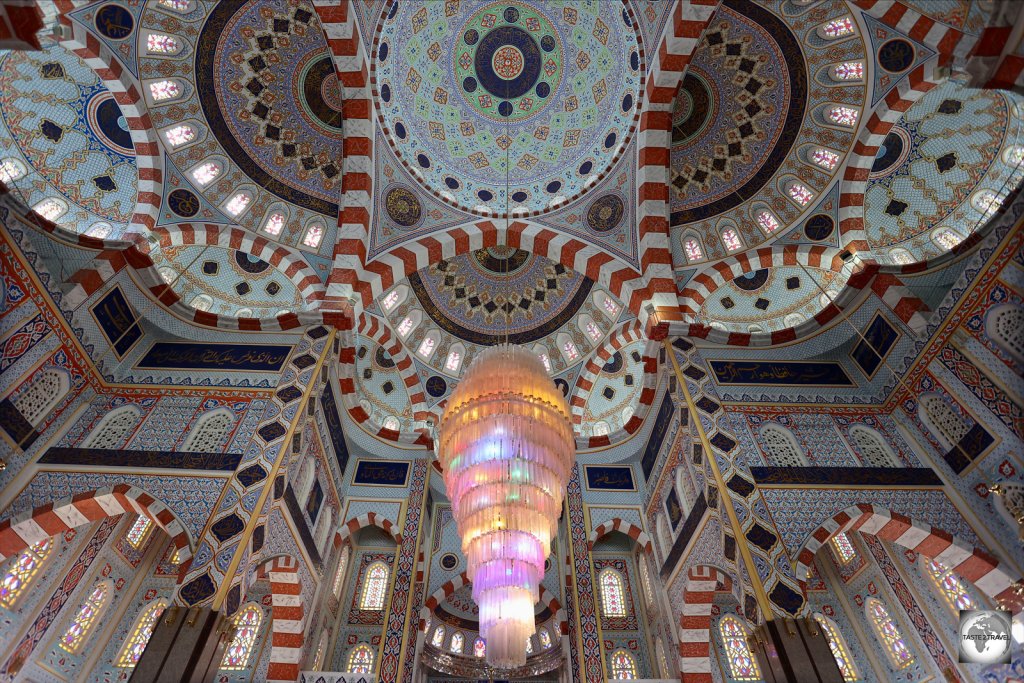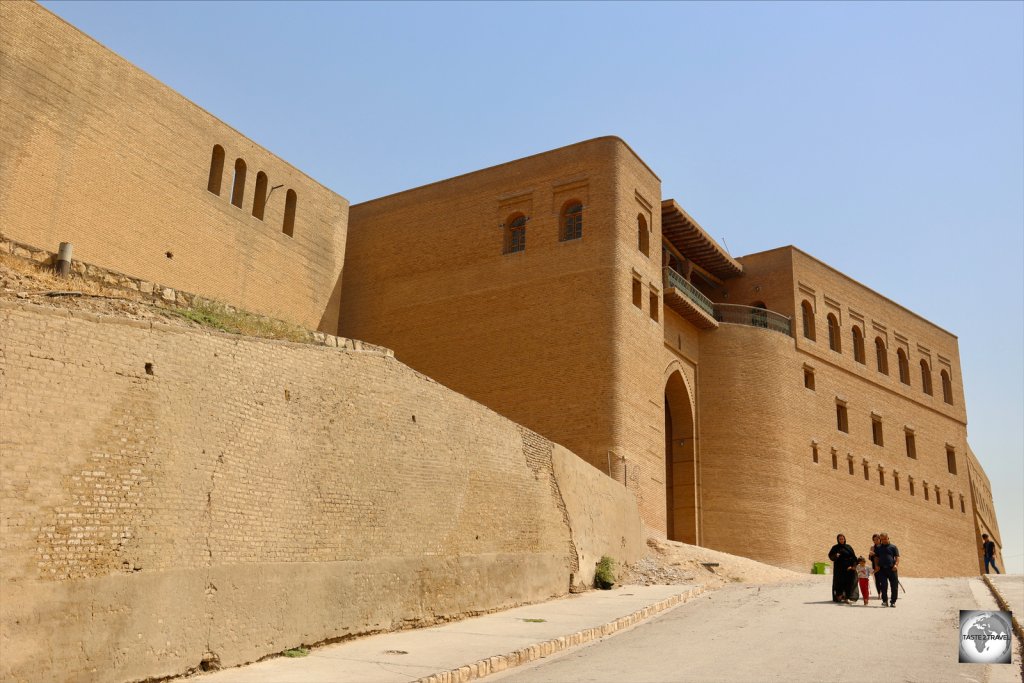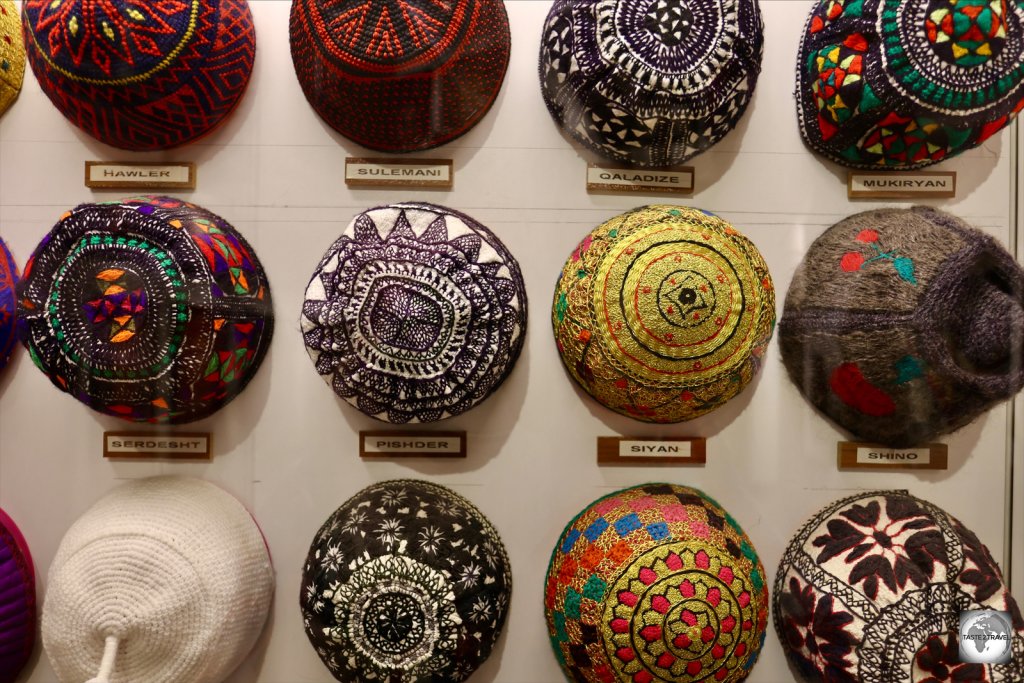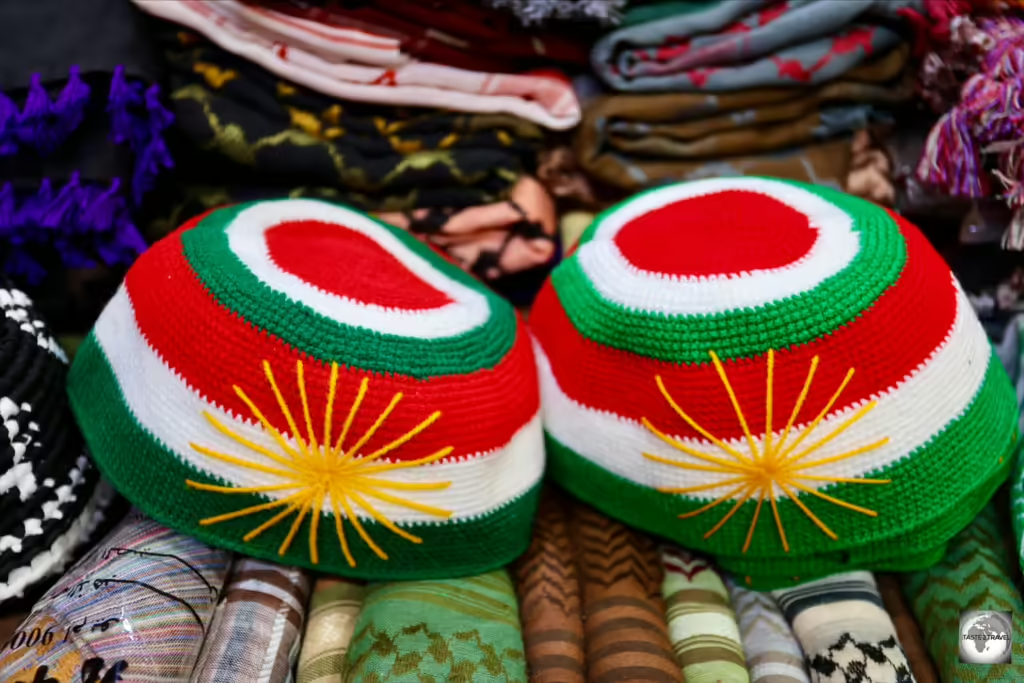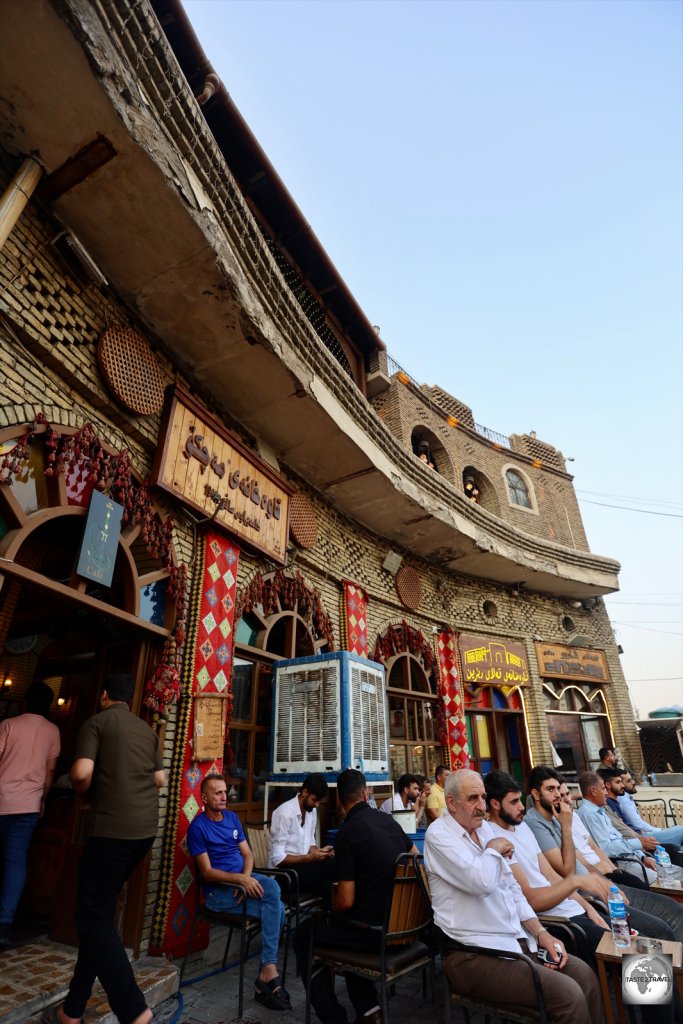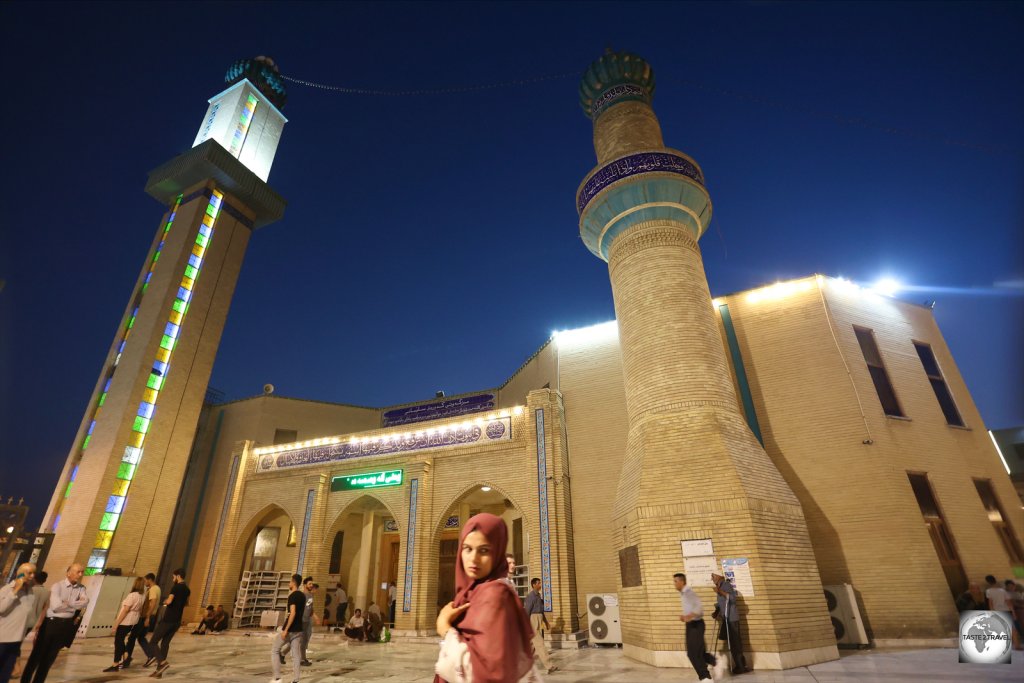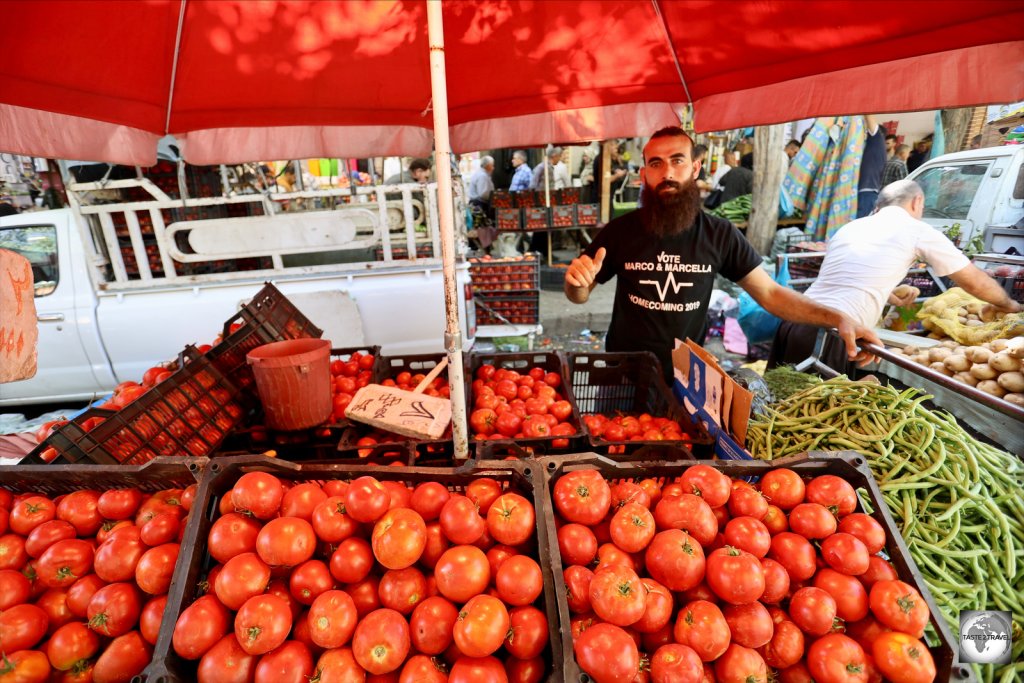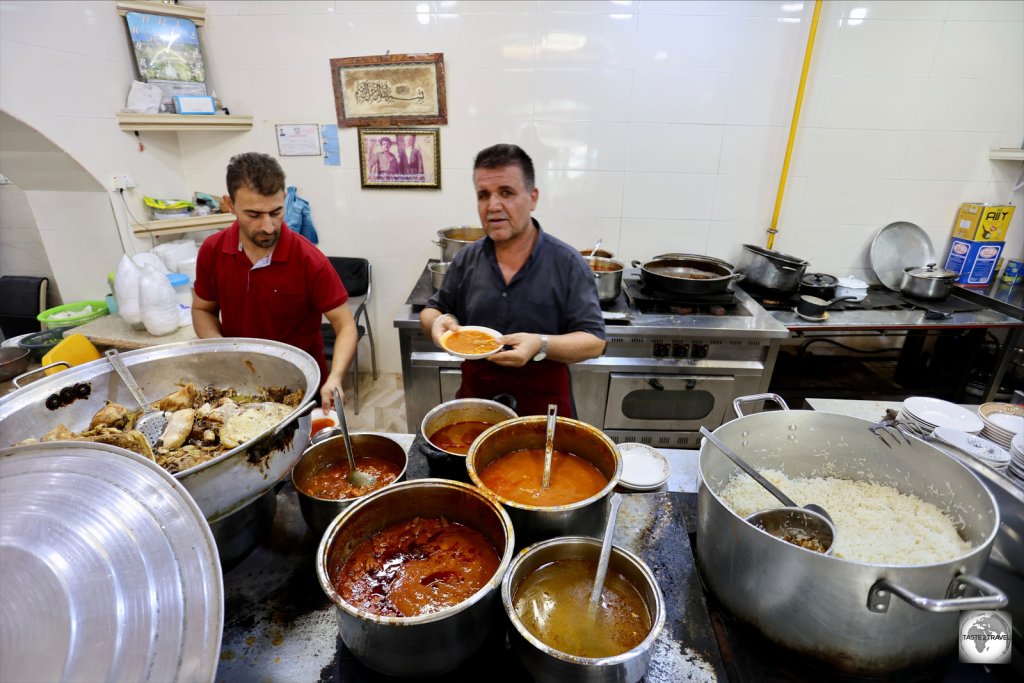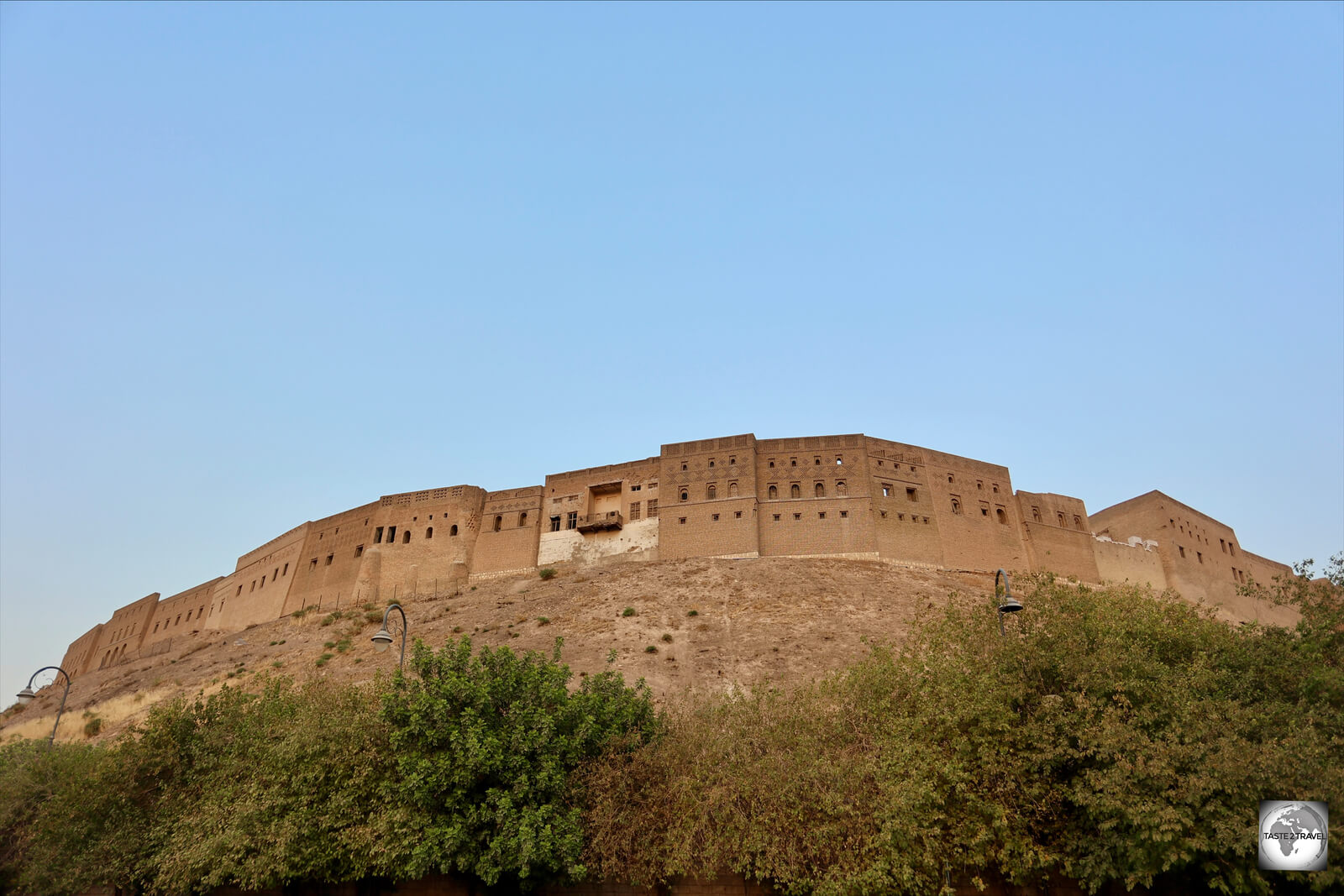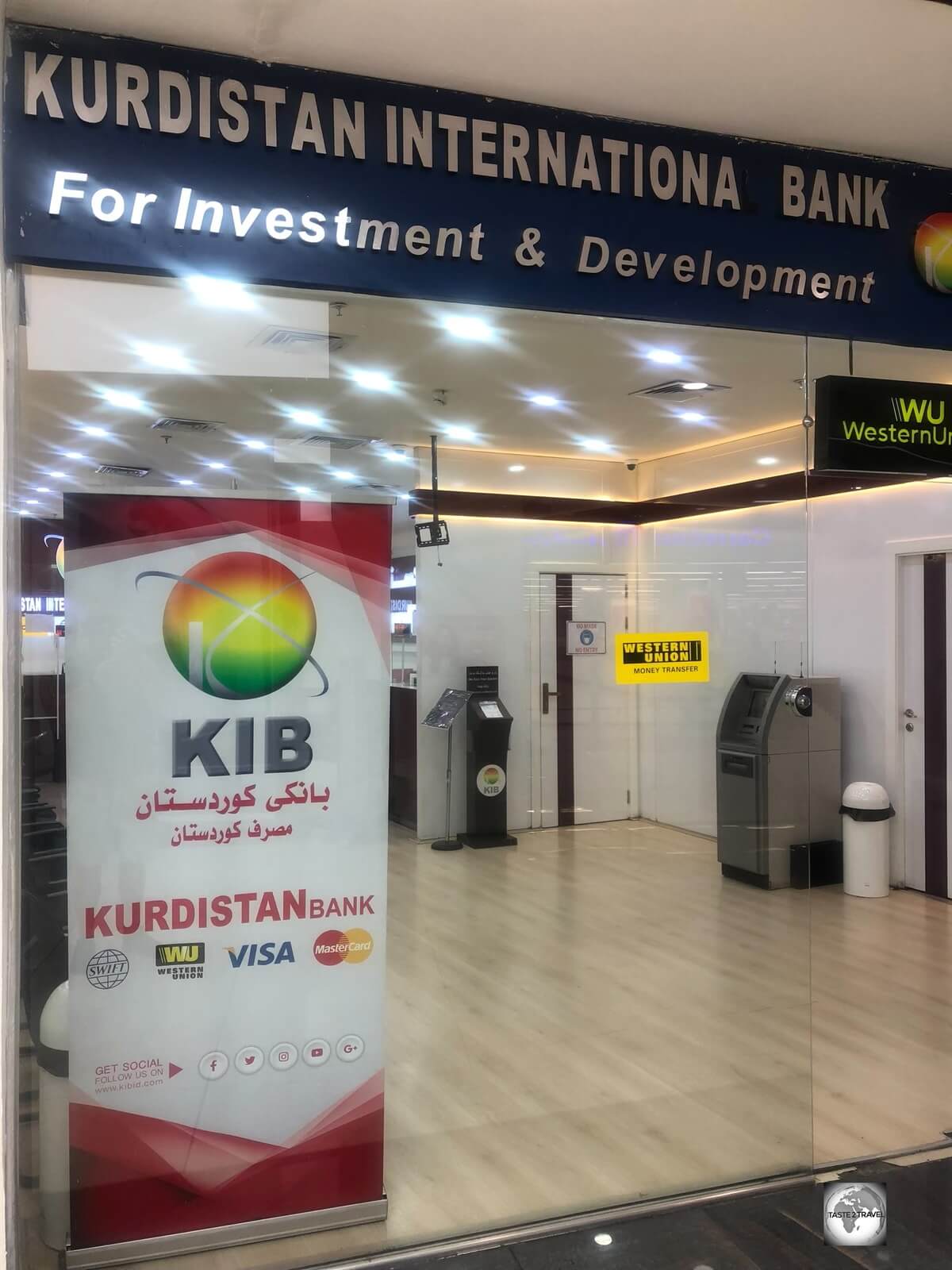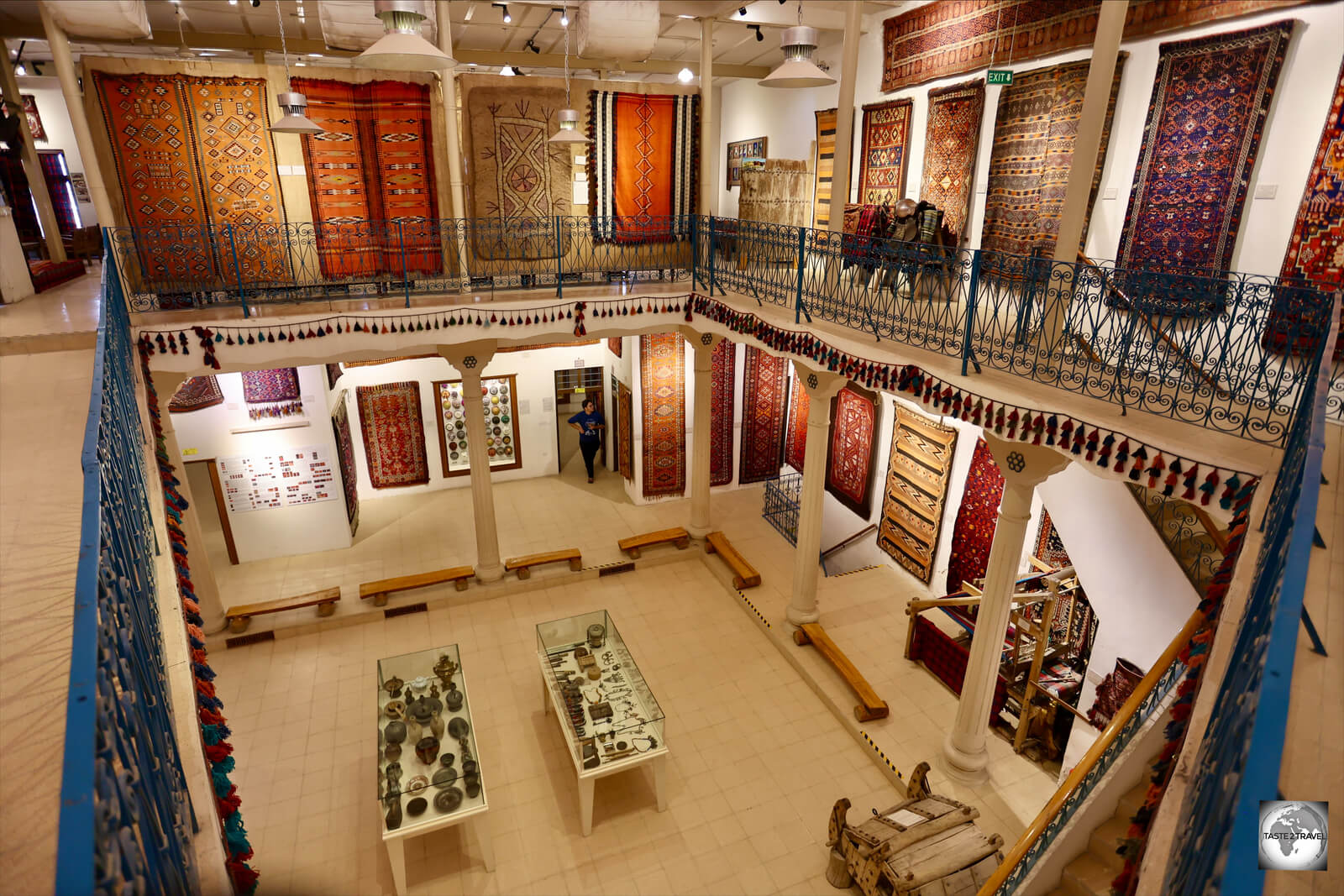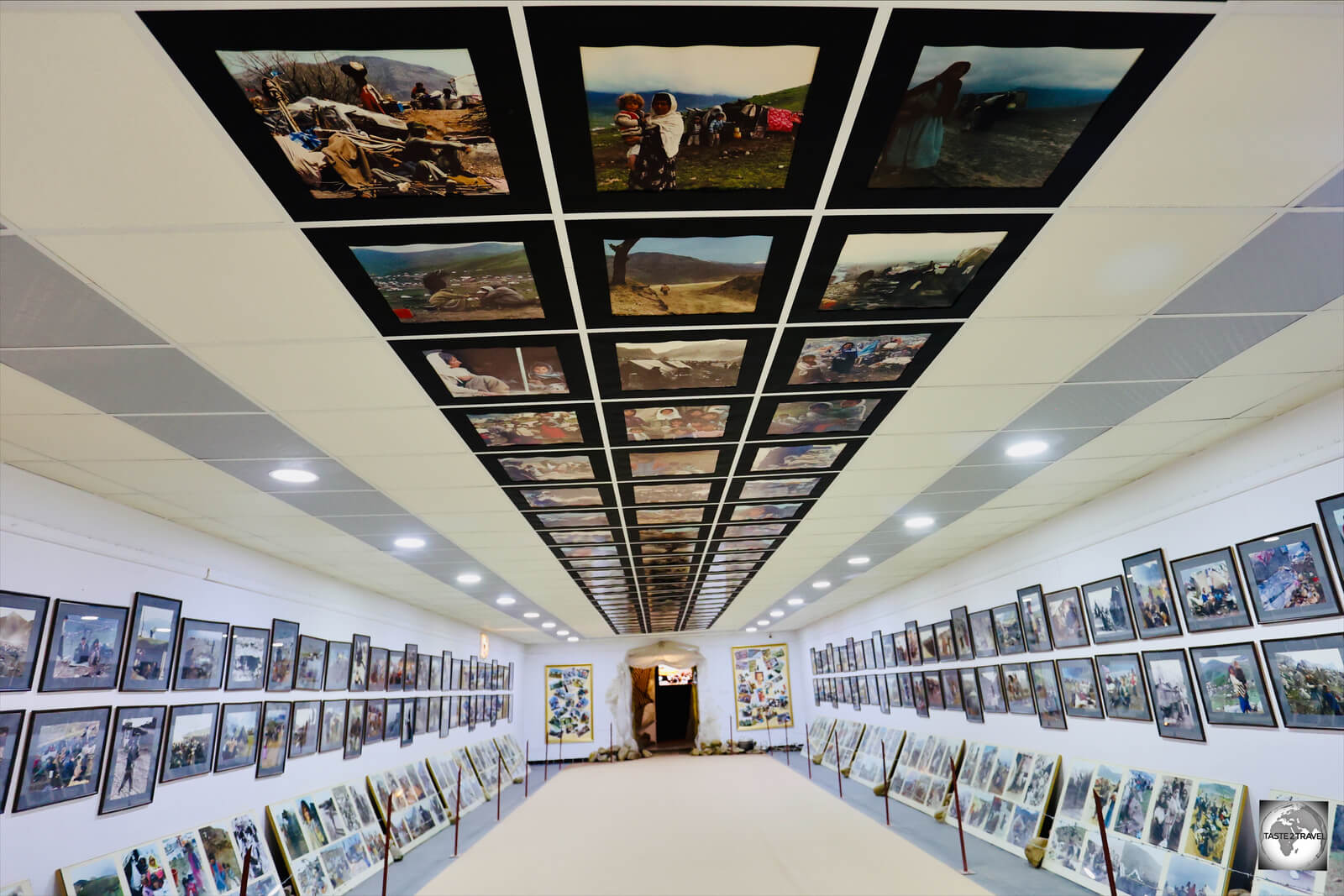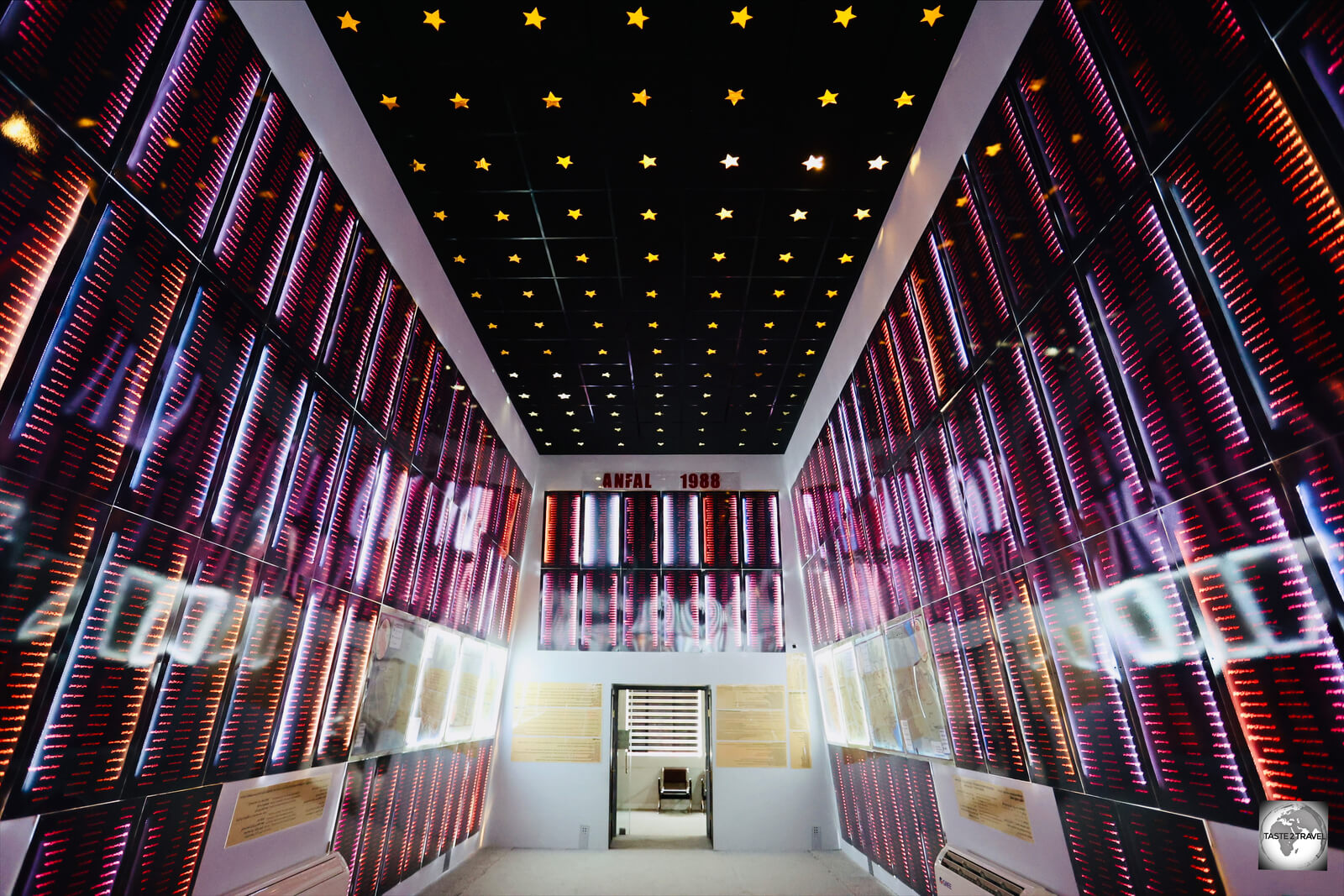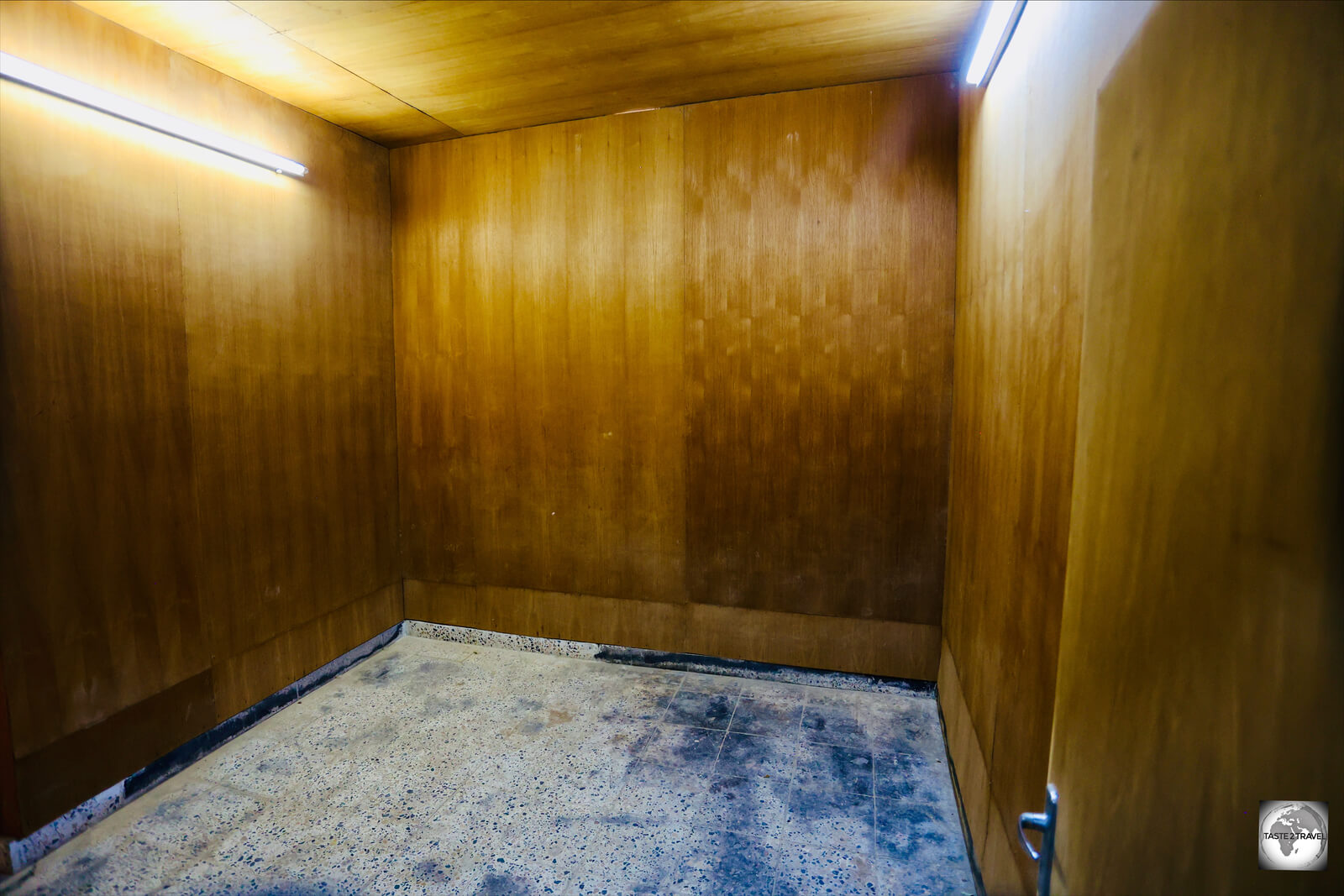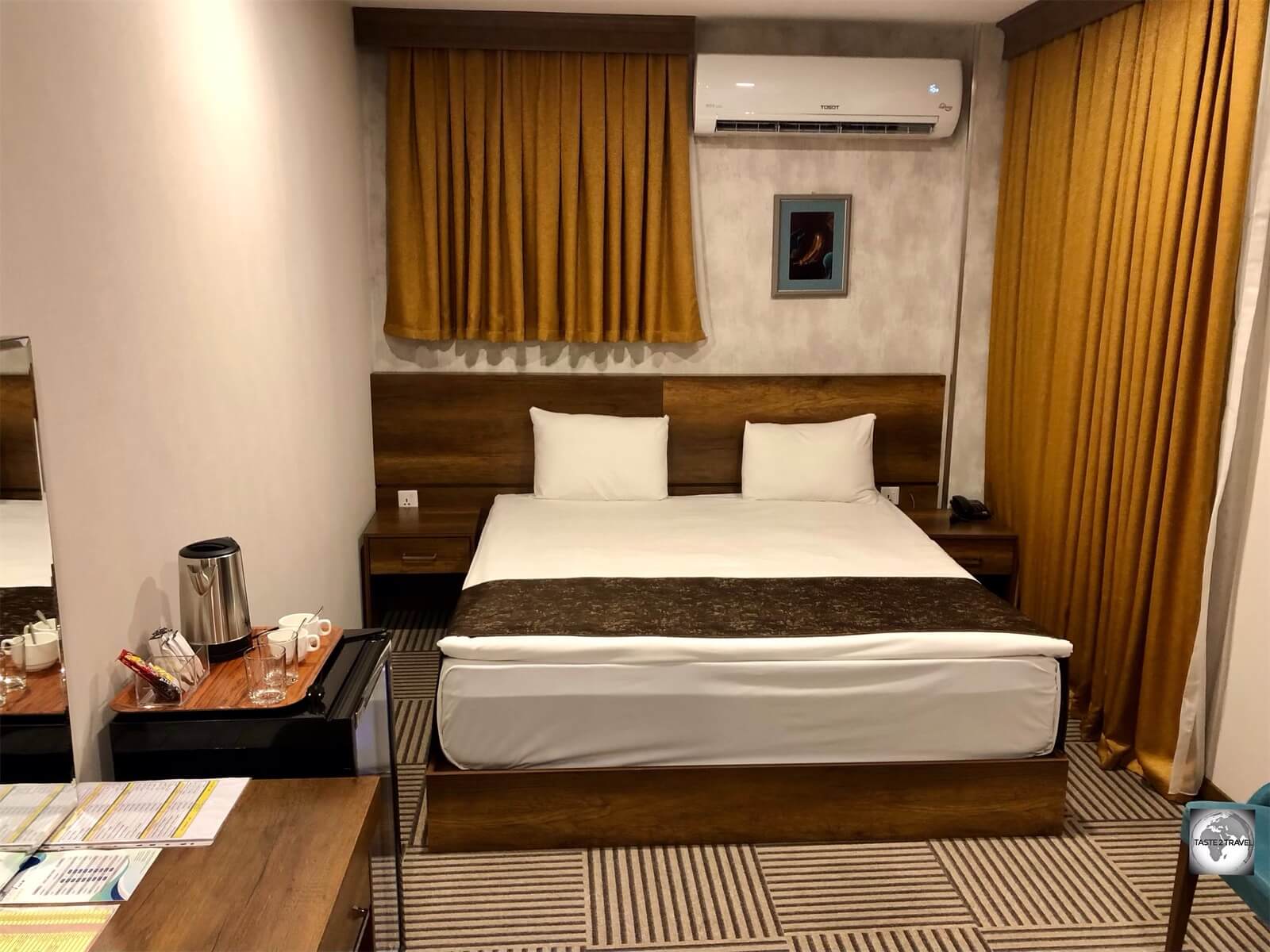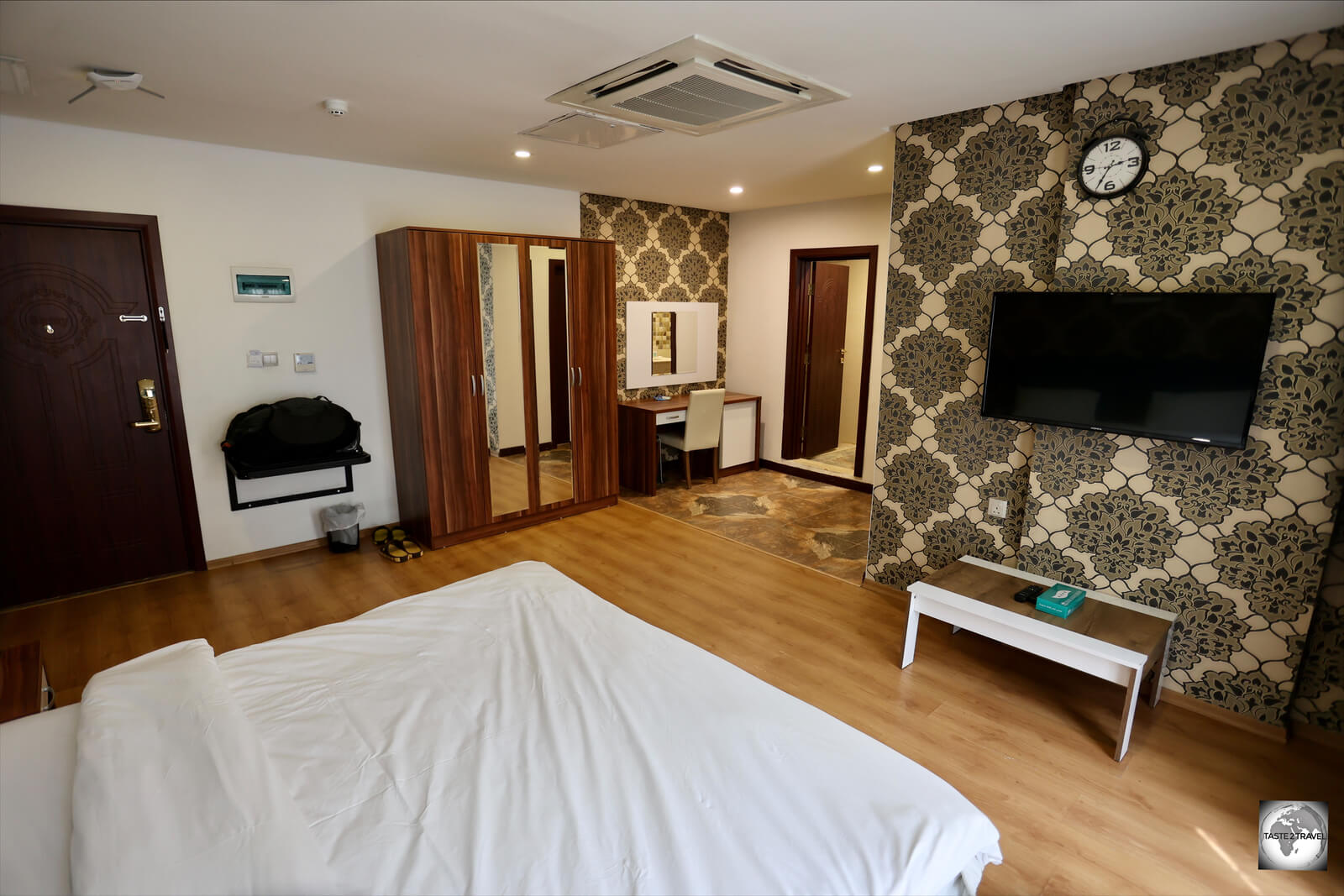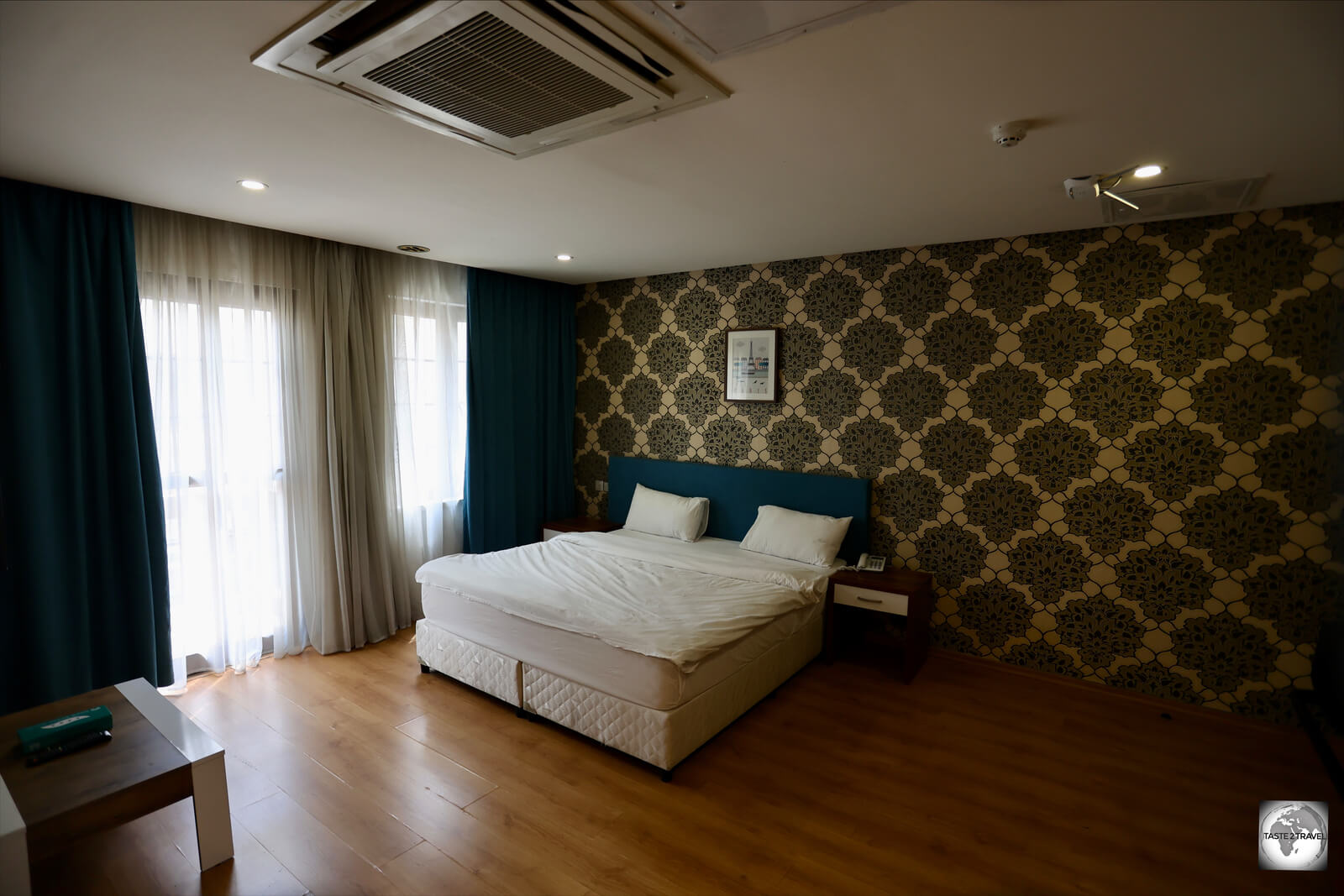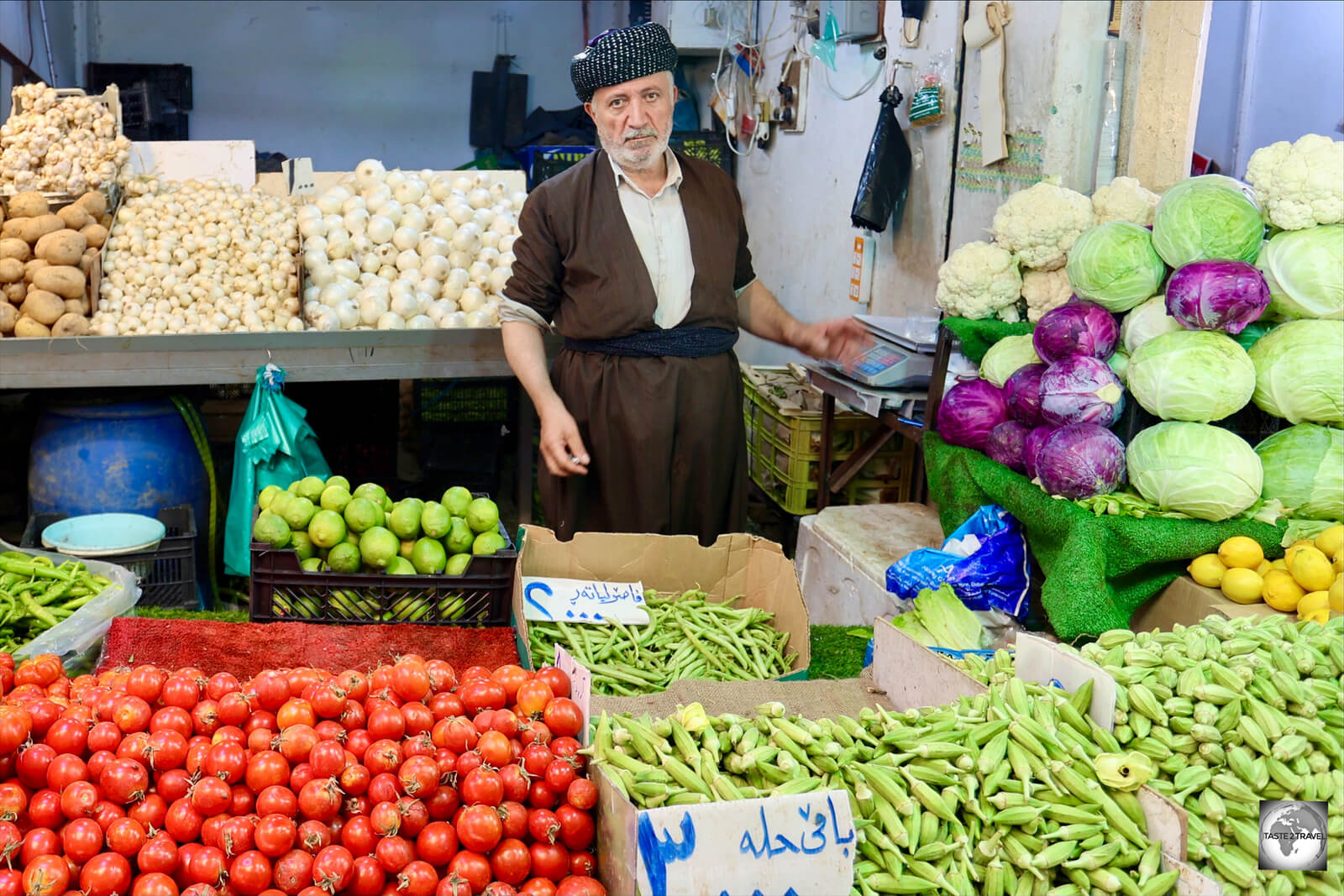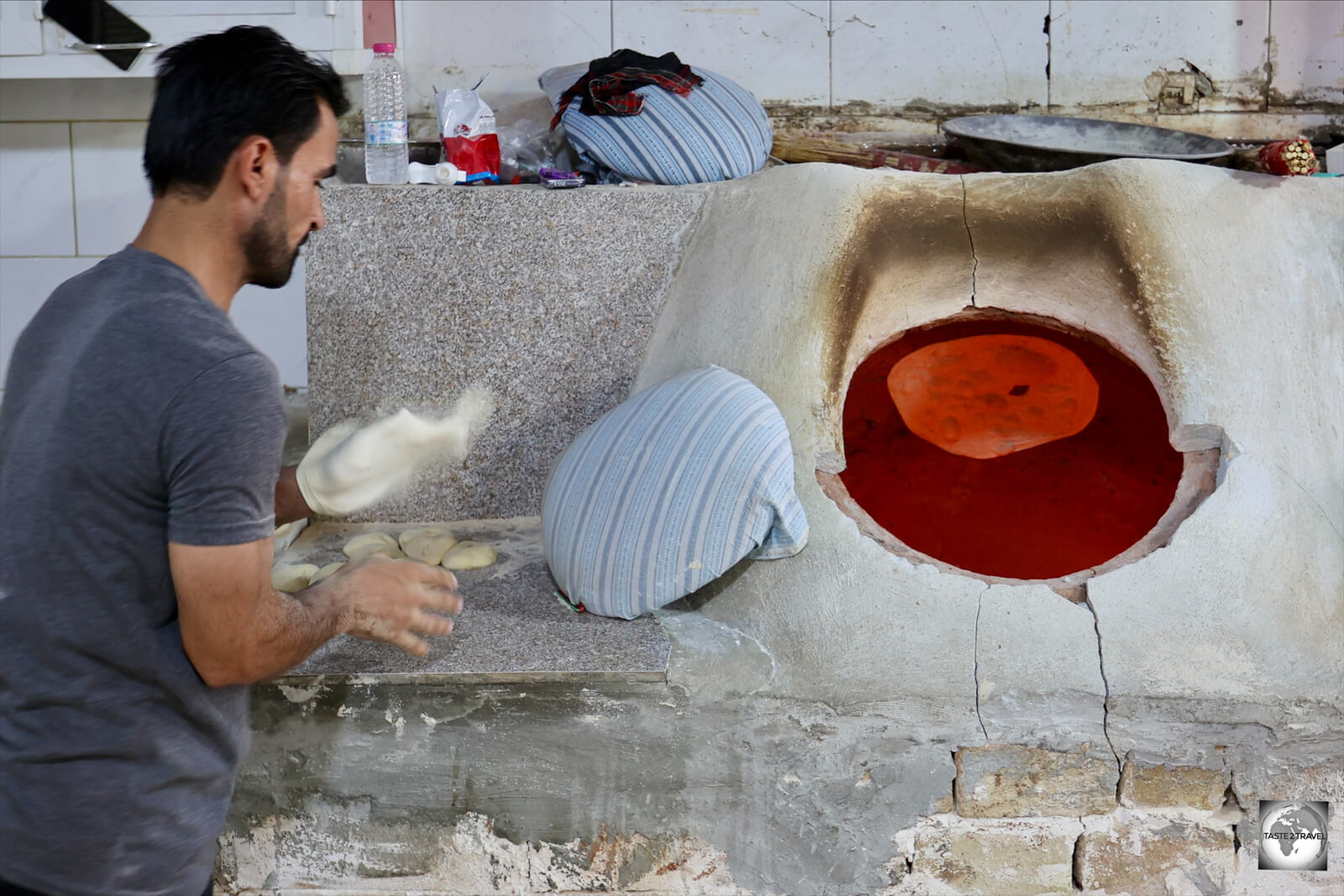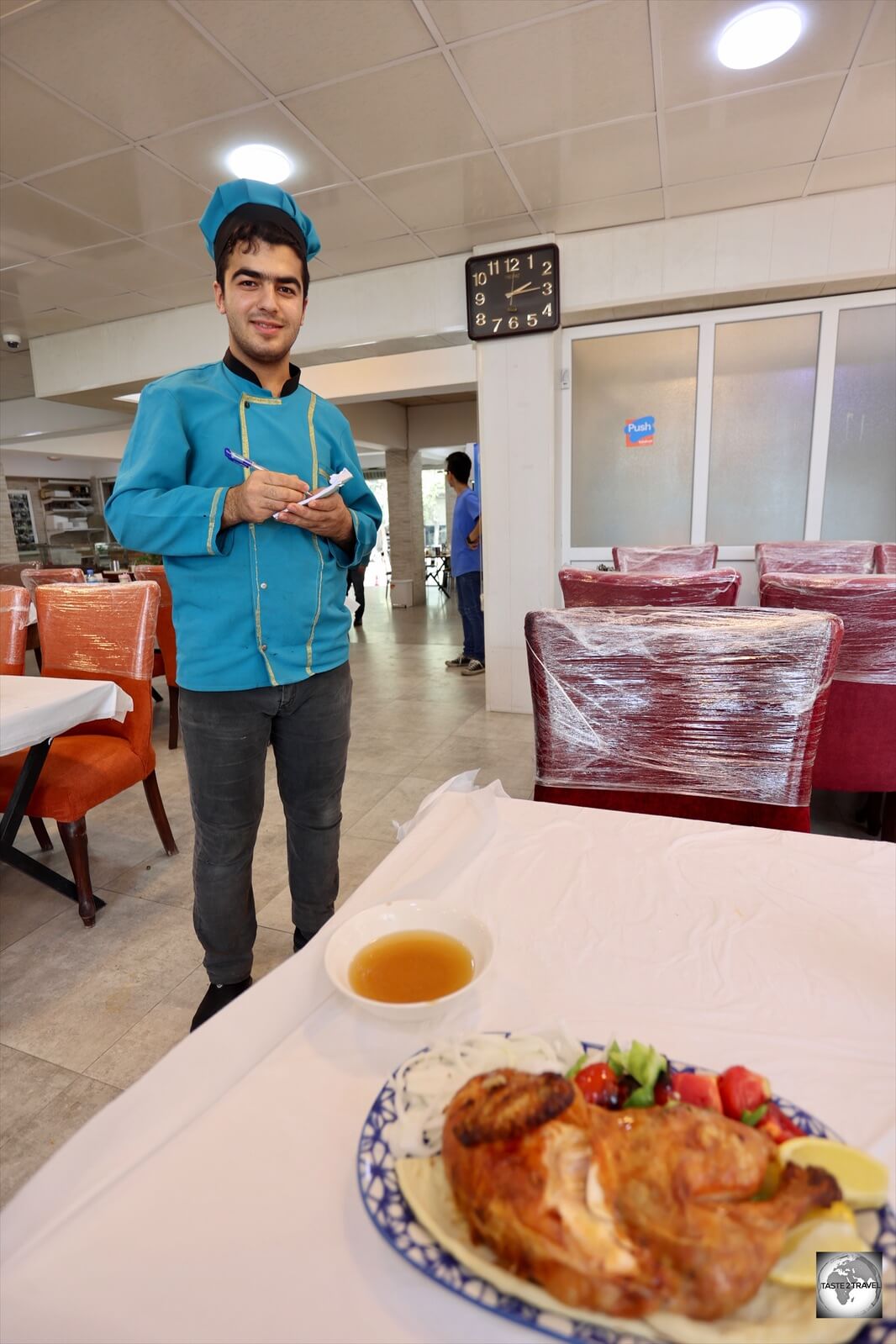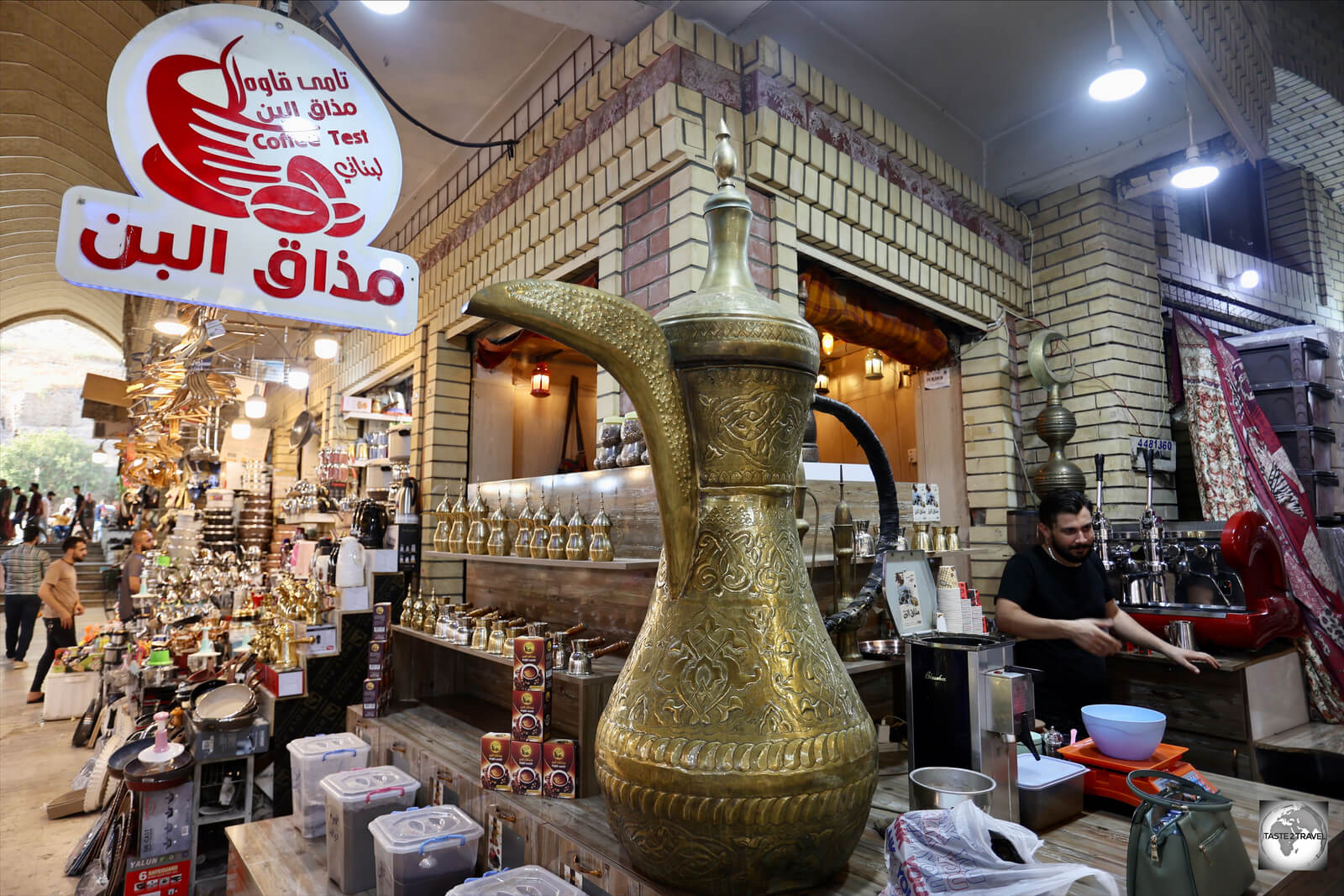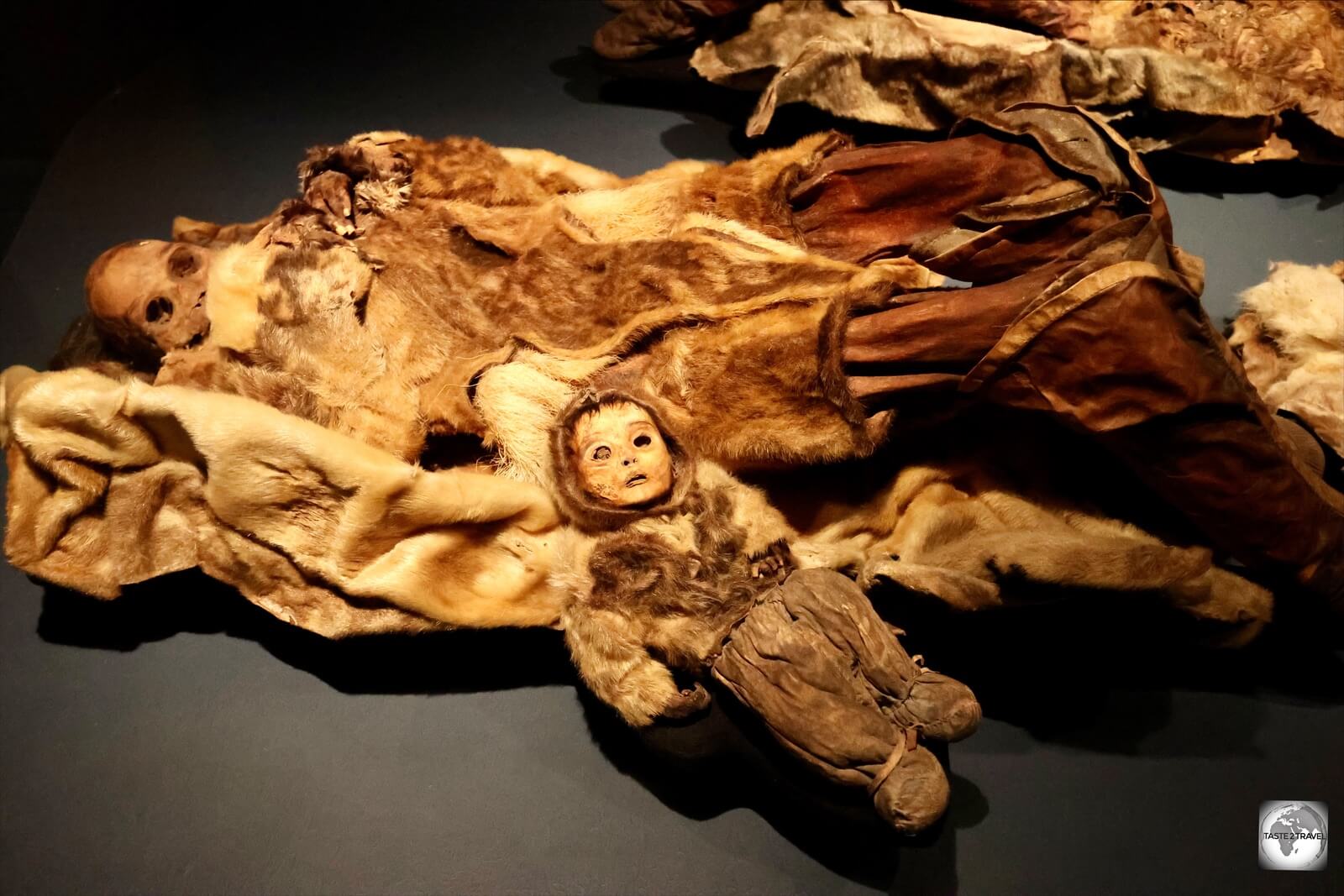Bhutan Travel Guide
This is a Bhutan Travel Guide from taste2travel.
Date Visited: October 2022
Introduction
The magical and mythical Kingdom of Bhutan is no ordinary destination. Known by the Bhutanese as Druk Yul, meaning “Land of the Thunder Dragon“, Bhutan is a modern-day Shangri-La.

A view of Thimphu valley from the hiking trail to Druk Wangditse Lhakhang.
The Last Shangri-La?
When English author James Hilton wrote Lost Horizon in 1933, he portrayed a fictional kingdom, Shangri-La, as a mystical, harmonious valley, gently guided from a lamasery, enclosed in the western end of the Kunlun Mountains.

Overlooking Thimphu, the 51.5 metres (169 ft) high Buddha Dordenma statue is one of the largest Buddha statues in the world.
Shangri-La has become synonymous with any earthly paradise, particularly a mythical Himalayan utopia – an enduringly happy land, isolated from the world, a description which wholly fits the Kingdom of Bhutan.
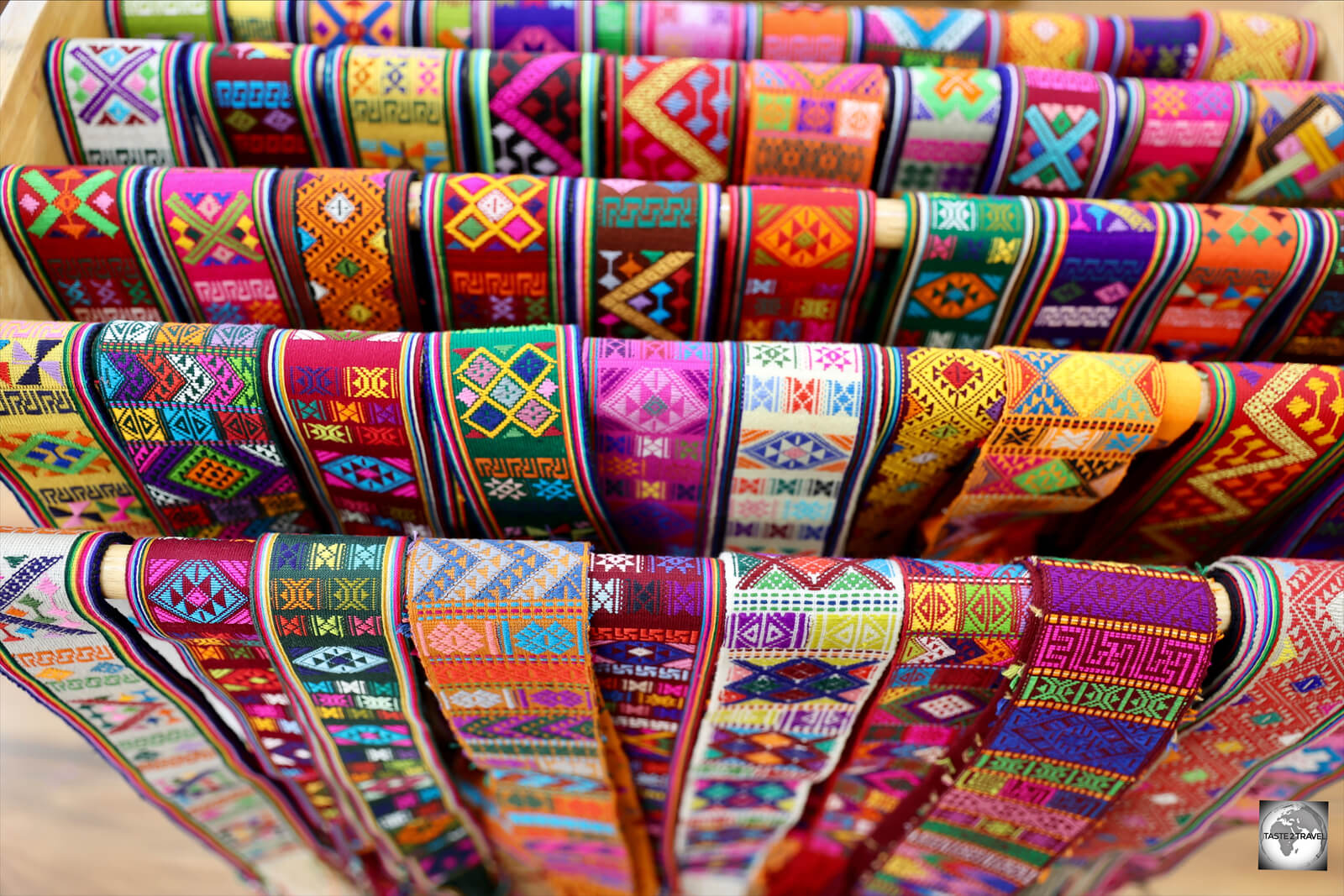
Handwoven fabrics at the Gagyel Lhundrup Weaving Centre in Thimphu.
Tourism Policy
Long closed to the outside world, the Kingdom of Bhutan only started to open its borders in the 1970’s, with the first tourists arriving in 1974.

Bhutan is known as “Druk Yul”, meaning “Land of the Thunder Dragon”.
Though open to foreigners, the Bhutanese government is acutely aware of the environmental impact tourists can have on Bhutan’s unique and virtually unspoiled landscape and culture.

Built as a memorial, the 108 Druk Wangyal Chortens at Dochula Pass are a spectacular sight.
Accordingly, the government has restricted the level of tourist activity under a policy known as “high value, low impact”.

Buddhist artwork, in a gift shop in Paro.
As part of this policy, tourists can only travel to Bhutan on a fully-escorted tour, which is organised through a local Bhutanese tour company. It is through the tour company that flights and visas will be arranged.

Houses in Bhutan are wonderfully decorative and often feature ejaculating phalluses.
Independent travel is possible for citizens of the South Asian Association for Regional Cooperation (SAARC) countries – India, Maldives and Bangladesh, although they are required to apply for a permit in advance.

The Sangchhen Dorji Lhuendrup Nunnery in Punakha features a Nepalese-style Chorten (Stupa).
As part of their high value, low impact policy, the government restricts tourist numbers by charging a mandatory Sustainable Development Fee, a tourist tax, charged at a, post-pandemic, rate of US$200 per person/ per night.

Temple embroidery for sale in the gift shop at the National Institute for Zorig Chusum.
On a typical 7D/6N itinerary, this equates to a tax of US$1,200 per person!

Punakha Dzong (fortress) is a highlight of Bhutan.
In addition to paying this tax, visitors are required to pay for a tour, airfare and a visa. My one week, all inclusive, trip cost around US$3,600 which included return flights from Singapore.

Prayer flags flutter on Punakha suspension bridge – the longest such bridge in Bhutan.
I travelled with the Dana Bhutan travel company, which I would highly recommend! More details regarding tour costs and Dana Bhutan are included in the ‘Tour Companies‘ section below.
Charming Bhutan

A monk playing football at Khuruthang Lhakhang.
Bhutan is a charming mix of the old and modern! While almost everyone wears traditional dress, which has remained unchanged since the 17th century, their outfits contain a large pocket which is handy for carrying their smartphones.

The entrance to the temple at Punakha Dzong.
Despite their isolation, the Bhutanese are modern, educated and fully informed about the outside world, with many having studied abroad on government grants. Despite a ban on television and internet only being lifted in 1999, the Bhutanese today are online and tech savvy.
The Bhutanese are always polite, courteous and very welcoming to visitors, going out of their way to provide the best of service.
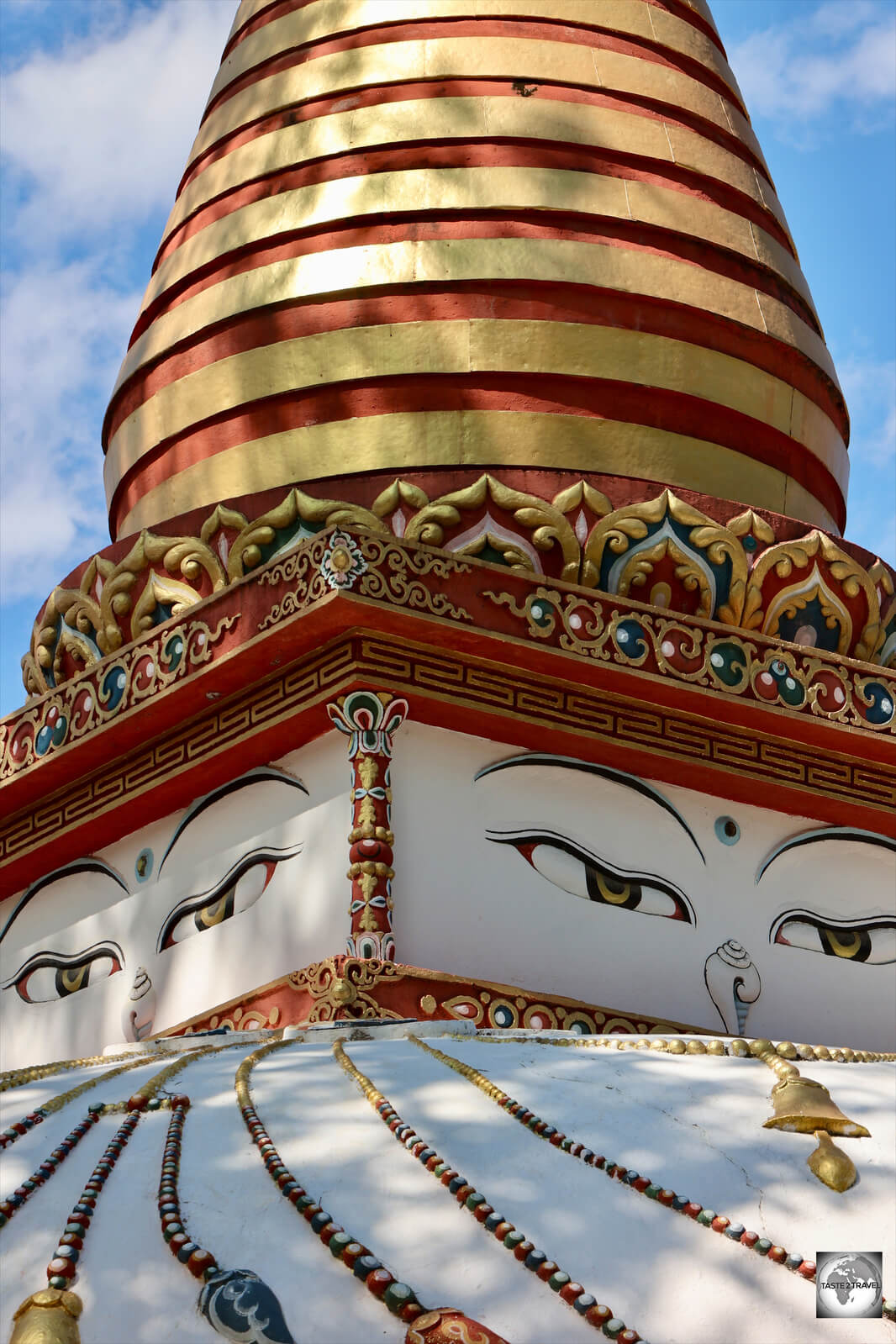
The beautiful Nepalese-style Stupa at Khuruthang Lhakhang.
This Himalayan Kingdom offers a pristine environment complete with stunning landscapes of snow-capped peaks, picturesque valleys, majestic, medieval-era fortresses and monasteries, all of which are connected by a network of winding, mountain roads and lots of hiking trails.

Rice paddies in the Punakha Valley.
Despite the costs, Bhutan is a once-in-a-lifetime travel destination, a fascinating Himalayan Kingdom which should be experienced by anyone in search of Shangri-La.
Highly recommended!

Prayer wheel in Punakha Valley.
Location
Thimphu, Bhutan
Bhutan is a country of south-central Asia, located on the eastern ridges of the Himalayas.
This remote kingdom is located in a geographically strategic position, sandwiched between the Assam-Bengal Plain of India to the south and the Plateau of Tibet of southwestern China to the north.
Due to the towering Himalayas forming an impenetrable barrier along the Bhutan-China border, there are no road connections with China and the border remains closed. There have been territorial disputes in the past which have all been initiated by China! China currently has territorial disputes with both Bhutan and India.

Located on the Bhutan – Tibet border, Jomolhari, as seen from Paro Valley, is Bhutan’s second highest mountain with an elevation of 7,326 m / 24,035 ft.
There are limited road connections with India, which is the major trading partner for Bhutan. Bhutan enjoys a close relationship with India.
The main urbans centres are Thimphu (pop: 114,000) and Paro (pop: 11,400), both of which are located in narrow valleys in the Lesser Himalayan region.
Physically, Bhutan may be divided into three regions from north to south: the Great Himalayas, the Lesser Himalayas, and the Duars Plain.
People

A group of school children from a special needs school at the National Museum of Bhutan.
With a total population of 780,000 (2021), Bhutan is home to three major ethnic groups: the Bhutia, the Nepalese, and the Sharchop.
The Bhutia are the largest ethnic group and make up about half of the population. They are the descendants of Tibetan immigrants who came southward into Bhutan beginning about the 9th century. The Bhutia are dominant in northern, central, and western Bhutan.
They speak a variety of Tibeto-Burman languages, and the most common of these, Dzongkha, is Bhutan’s official language; the written language is identical with Tibetan. The Bhutia dominate Bhutan’s political life.

Young girl in the Paro Valley.
The Nepalese, who constitute about 1/3 of Bhutan’s population, are recent arrivals. The growing number of Nepalese prompted the government to ban further immigration from Nepal beginning in 1959 and to prohibit Nepalese settlement in central Bhutan.
The minority Sharchop, occupy eastern Bhutan and are related to the hill tribes from the neighbouring Indian states of Assam and Arunachal Pradesh.
Traditional Dress
One of the most surprising sights in Bhutan is that almost everyone wears traditional dress. While the Bhutanese always look smart and formal, foreigners are always down-dressed by comparison, wearing their casual travelling attire.
Men

Two school boys in Paro wearing their traditional dress school uniforms.
The men wear the very smart and formal looking gho, which was introduced in the 17th century to give the Bhutanese a more distinctive identity.
The gho is a knee-length robe tied at the waist by a cloth belt known as the kera. This is complimented by knee-length, black socks and formal black, leather shoes.

Always impeccably dressed, my guide Jamyang (right) with two fellow guides at the Buddha Dordenma temple.
Under the gho, men wear a tego, a white jacket with long, folded-back cuffs. On festive occasions, the gho is worn with a kabney – a scarf, which is draped over the shoulder
Women

Two women at the Babesa restaurant in Thimphu, wearing traditional dress.
Bhutanese women can normally be seen wearing the traditional kira, an ankle-length dress consisting of a rectangular piece of woven fabric.

A worshiper at the Dordenma Buddha temple complex.
It is wrapped and folded around the body and is pinned at both shoulders, usually with silver brooches and bound at the waist with a long belt.

Two women at the Buddha Dordenma temple wearing traditional dress.
The kira is usually worn with a wonju, a long-sleeved blouse.

Imported from India, these rolls of fabric are used for making Bhutanese traditional clothing.
The material for all traditional clothing is imported from India and can be purchased, by the metre, in shops in Paro and Thimphu.
Gross National Happiness Index
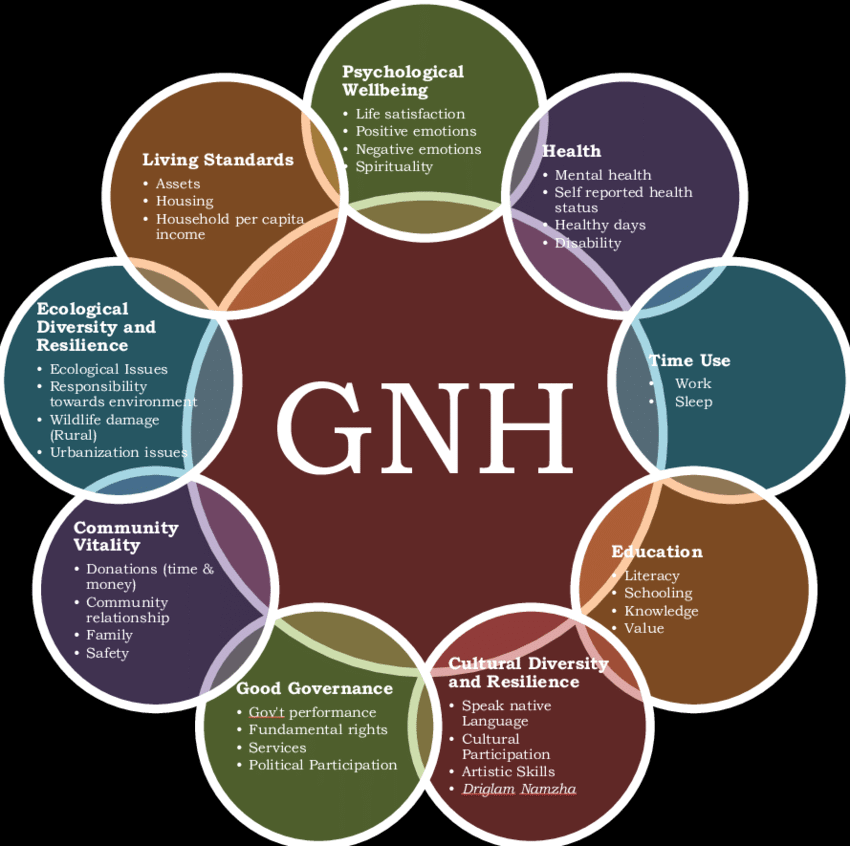
A diagram illustrating the nine domains of the GNH Index, which are further supported by 33 indicators.
Image Source: https://www.researchgate.net/
Uniquely Bhutanese, the Gross National Happiness Index is a measure of well-being which should serve as an inspiration for other countries!
The Gross National Happiness Index (GNH) is a holistic approach to measure the happiness and wellbeing of the Bhutanese population.
The index, which consists of nine domains and thirty-three indicators was developed by the Bhutanese government who consider the traditional GDP indicator (used by every other country) to be fundamentally flawed.
As per the Bhutanese government, narrow framings of development founded on GDP growth have led to multiple ecological, social and political-economic crises across the world that threaten the survival of humans and socio-ecologies.
Under the GDP system, a country’s success has been based upon its economic success which is usually derived from over-consumption, deep inequality and resource depletion. This has led to a call for ‘de-growth’.
The GNH provides a working, and successful, example of an alternative living measure that challenges GDP metrics. The index places happiness at the centre of human development – not economic gain!
In addition to analysing the happiness and wellbeing of the people, it also guides government development policy.
Having spent a week travelling and meeting the Bhutanese, I can attest that they seem to be genuinely happy.
A Country Without Killing
There are no slaughter houses in Bhutan – life, and nature, are fully protected under the laws of Bhutan!
As a society which was founded on Buddhist beliefs, the killing of anything is strictly forbidden under Bhutanese law. Cows, pigs, and sheep are never killed, while hunting and fishing is strictly forbidden.
The government does not allow killing of animals for consumption. In fact, you can get arrested and fined if you slaughter an animal.
Being Buddhists, the Bhutanese are largely vegetarian, with the average yearly meat consumption being just 2.5 kg per person (versus 120 kg per person/ per year in the United States). The little meat that is consumed is imported from India.
With all life protected under Bhutanese law, every creature enjoys a happy existence, including the many, ever-present, street dogs!
Environmental Policy

Bhutan boats 75% forest cover and a pristine, litter-free, environment.
In order to protect its pristine environment, the government of Bhutan has enacted many strict environmental laws.
One such law bans the felling of trees! If trees are needed for construction, an application is required to be made to the government, who will authorise certain trees for felling.

Golden rice paddies in Paro Valley.
Bhutan boasts more than 75% forest cover and has an active tree replanting program.
The country currently holds the Guinness World Record for the largest number of trees planted, with 100 volunteers planting 49,672 trees in one hour on the slopes above Thimphu.
Mining permits are extremely difficult to obtain and any polluting industry is banned! During my travels in Bhutan, I did not see one chimney stack or any real factories.

Strict environmental policies and other government regulations ensures Bhutan remains a clean, safe and pristine environment.
Electricity is generated using hydro power and is a major export earner for Bhutan, with electricity exports to India accounting for 63.3% (2020) of total export earnings.
The numerous environmental policies ensures that Bhutan remains a pristine environment!
Flag

The flag of Bhutan features a dragon clutching four jewels in its claws.
The iconic and striking flag of Bhutan is divided diagonally from the lower hoist-side corner, with the upper triangle yellow and the lower triangle orange.
Running along the horizontal divide is a Chinese dragon which alludes to the Dzongkha name of Bhutan – Druk Yul (“Dragon Kingdom”). The dragon is holding a norbu, or jewel, in each of its claws.

The flag of Bhutan features on the livery of the national airline, Druk Air.
The yellow half signifies civil tradition and authority as embodied in the Druk Gyalpo, the Dragon King of Bhutan, whose royal robes traditionally includes a yellow scarf.
The orange half signifies Buddhist spiritual tradition, while the white of the dragon signifies the purity of inner thoughts and deeds that unite all the ethnically and linguistically diverse peoples of Bhutan.
The jewels held in Druk’s claws represent Bhutan’s wealth and the security and protection of its people.
Currency

The official currency of Bhutan is the ngultrum.
The ngultrum (currency code: BTN) is the official currency of the Kingdom of Bhutan. It can be literally translated as ‘silver’ for ngul and ‘money’ for trum.

A 20-Ngultrum banknote which features Jigme Dorji Wangchuck, the 3rd king of Bhutan.
Ngultrum banknotes, which are produced by the Royal Monetary Authority of Bhutan, are issued in denominations of 1, 5, 10, 20, 50, 100, 500 and 1,000.

The 5-ngultrum banknote, which features two Bja Tshering, a mythical bird that brings about long life.
Exchange Rates (click for current rates):
The ngultrum is currently pegged to the Indian rupee at parity.
Banking Services

A branch of the Bhutan National Bank at the GPO in Thimphu.
Cash can be withdrawn at ATMs in Paro (including at the airport) and in Thimphu.
Money can be exchanged at any bank branch.

The 20-ngultrum banknote features Punakha Dzong.
Costs
All travel costs are included in your tour.
The only additional expenses will be any incidentals such as shopping, cafes outings and alcohol.
Shopping
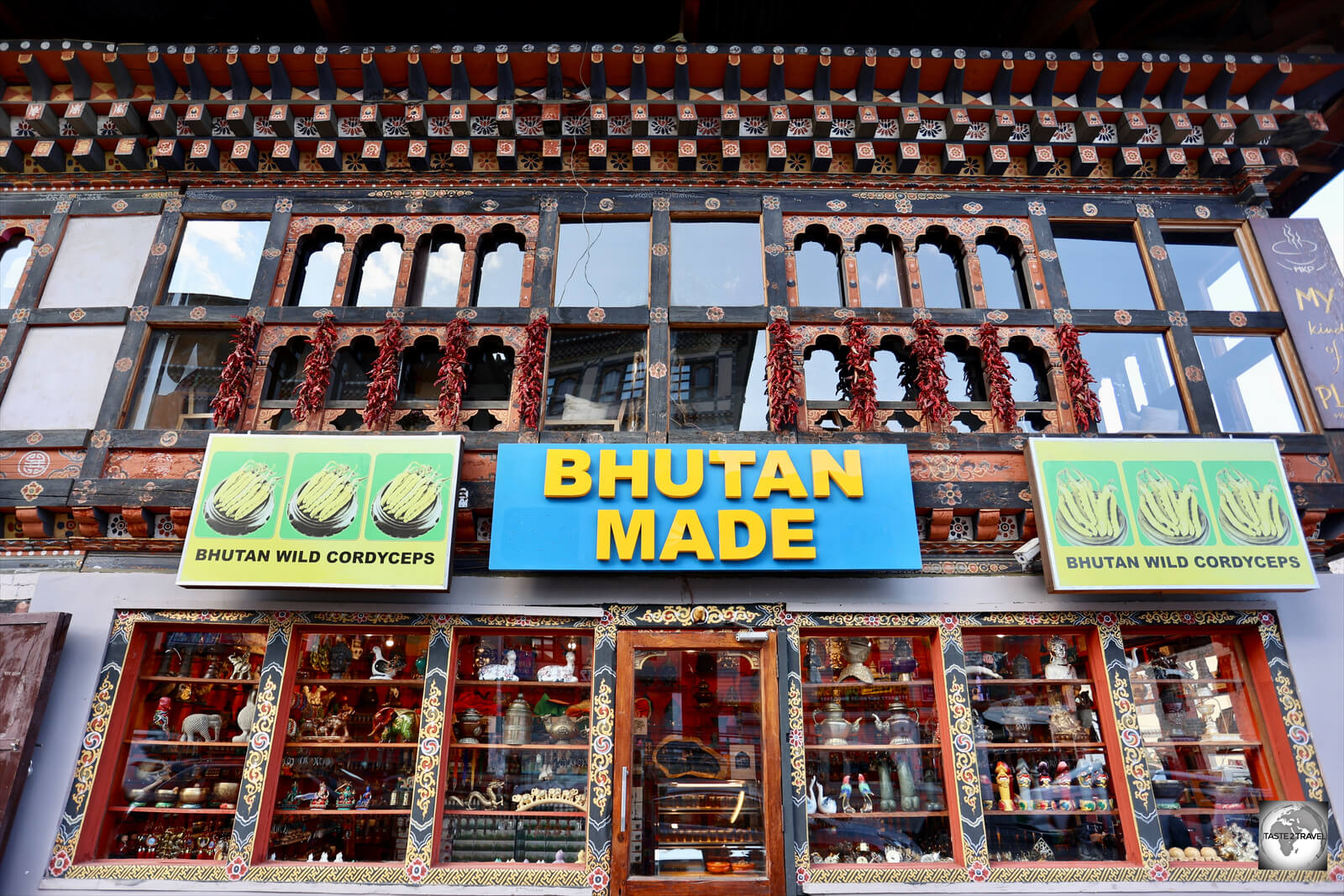
Paro offers the best souvenir shopping in Bhutan.
Bhutan is home to many traditional cottage industries which produce high quality products. The best shopping is in Paro where the short main street is dominated by souvenir shops.

A shop on the main street of Paro. The shopfront is decorated with strands of red chillies.
Popular items include hand-woven textiles, hand-made wooden products, artworks, sculptures, hand-made home décor items, colourful wooden masks, Buddhist paintings and much more.
Philately

The main GPO in Thimphu serves as the headquarters of Bhutan Post Office.
The first postage stamps of Bhutan were issued in 1962 by the Bhutan Post Office. This coincided with the opening of the first motorable road. Before that there was a mail delivery system in place for official mail using mail runners.

The stamps of Bhutan are highly collectable.
A replica of the most famous mail runner, Jaga Tarshi, can be seen in the Postal Museum which is adjacent to the GPO in Thimphu.

The glorious food of Bhutan is just one of many themes which have been featured on stamps.
Also known as “Flagpole”, Jaga Tarshi was a giant of a man at 218 cm (7 Feet 2 inches) and was famous for the fact that he could cover a distance of over 200 km in a single day, wearing just a pair of cowhide sandals.

The stamps of Bhutan feature the flora and fauna of Bhutan.
Innovative Stamps
Although Bhutan came late to the philatelic world, it has blazed a trail with many innovative stamp issues – many of which have been world firsts.

In 1973, Bhutan Post Office issued a set of vinyl record stamps – a world first.
- In 1966, the first ‘world’s first‘ stamps issued by Bhutan Post office were a set of round gold foil stamps. These were issued as a limited release to gauge market reaction. The issue was over-subscribed which led to more innovative stamps being produced.
- In 1967, Bhutan issued the world’s first 3D stamps which celebrated the Apollo-11 space mission.
- In 1969, a set of steel stamps were printed on razor-thin 0.001-inch steel foil, a world first.
- Also in 1969, a set of silk stamps was issued by Bhutan Post.
- In 1971, Bhutan issued the world’s first plastic stamps which celebrated the history of sculpture. During the production process, the stamps were pressed inside a heated pressure mould which created a bas-relief effect.
- In 1973, Bhutan issued the world’s first phonogram record stamps – circular vinyl stamps which could be played on a standard record player. The stamps play the Royal Bhutan Anthem, folk-songs and a short history of Bhutan.
- In 1994, Hologram stamps were issued which celebrated ‘man in space’.
- In 2008, two CD-ROM stamps were issued which could be played in a CD player and featured a promotional video of Bhutan. Following the success of the first issue, two additional CD-ROM stamps were issued in 2009.
- The latest innovative stamp issue was released on the 20th of September 2022 and features a set of NFT/ Crypto stamps.

In 2008, Bhutan Post Office released this world-first CD-ROM stamp.
All of these stamps can be seen in the excellent Postal Museum.
The current stamp issues of Bhutan can be purchased from the Bhutan Post Office online stamp shop of from the philately shop at Thimphu GPO.
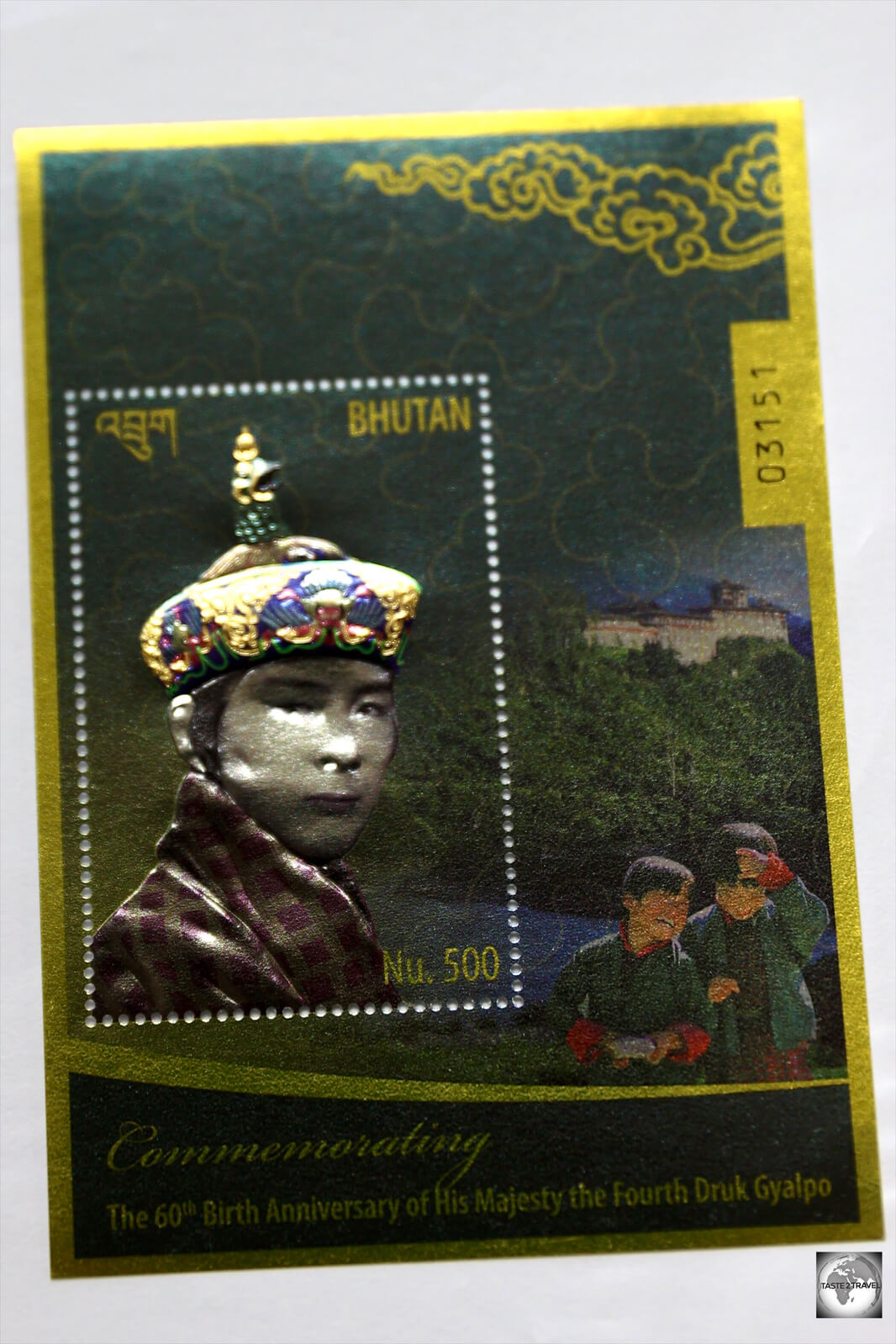
To commemorate the 60th birth anniversary of the fourth King, Bhutan Post printed this stamp using silver and gold foil.
Bhutan Postal Museum

An entire wall of the Bhutan Postal Museum is decorated with stamps.
Adjacent to the philatelic department at Thimphu Post Office, the excellent Bhutan Postal Museum outlines the history of postal services in the kingdom, along with displays of the various, unique, stamp issues.
Far from being full of stuffy displays of stamps, the museum includes exhibitions which tells the story of early postal delivery, which was performed by large, athletic men who hiked across the mountainous terrain to deliver the post.
All of the innovative stamp issues mentioned above are on display in the museum. A highlight for me was an entire wall which has been covered in Bhutanese stamps – truly impressive.
Tour Companies
“Happiness is a way of travel – not a destination.” – Quote from Deki Tshering, owner of Dana Bhutan travel company.
Foreign visitors can only visit Bhutan as part of a package tour. The only exceptions are for passport holders from the SAARC countries – i.e. India, Bangladesh and Maldives.
The Bhutanese government requires all tourists to book their travel through one of 330+ officially approved tour operators.
By law, all are required to charge you the identical daily rate, inclusive of car, driver, translator/guide, hotel, and food. The only costs not covered are incidentals such as souvenirs, tips, alcohol and airfare.
There are four costs associated with a trip to Bhutan – the return airfare, tour fee, visa fee and the government ‘Sustainable Development Fee‘ (SDF), which is simply a tourist tax which is charged at a rate of US$200 per night, per person. Prior to Covid-19, the government charged a tax of US$65 per night!
Dana Bhutan Tour Company

A few years ago, while attending ITB Asia, the largest trade travel show in Asia, which is held each October in Singapore, I was fortunate to meet the wonderfully energetic and enthusiastic Deki Tshering, who is the owner of Dana Bhutan travel company.
Deki was working on the Bhutan Tourism stand and convinced me that I needed to visit Bhutan – although I needed no convincing!

Deki and I at the Mountain Cafe and Roastery in Paro.
I knew from the moment we met that I would only travel to Bhutan using her tour company. I was planning a trip to Bhutan in 2020 which of course was cancelled due to Covid-19.
I kept in contact with Deki during Bhutan’s long lockdown period, until she eventually informed me that Bhutan would finally reopen to tourism in September of 2022. I booked my trip to arrive in Bhutan the following month, ahead of the expected surge of tourist arrivals.
I was greeted at Paro airport by Deki and my friendly, and always impeccably dressed, guide (Jamyang) and driver (Thukten).

Deki (2nd left) organised a picnic lunch for me in Paro which included delicious Bhutanese vegetarian dishes which she personally cooked. An amazing lunch!
I spent one amazing week touring Bhutan with Jamyang and Thukten and was even treated to a picnic lunch in Paro by Deki.
For the picnic, Deki, who is known for her cooking skills, prepared a selection of her favourite Bhutanese dishes, all of which were vegetarian and all very tasty.

The tasty selection of dishes served by Deki at our picnic lunch.
Hospitality and service in Bhutan is on another level and should be experienced by everyone at some stage in life.
The Bhutanese are incredibly friendly, polite and welcoming. Rarely did I carry my (heavy) camera bag as my driver and guide insisted on carrying it for me, including on uphill hikes! Incredible!

My amazing driver (left) and guide (right) – Thukten and Jamyang respectively.
I would highly recommend using the services of Dana Bhutan travel company for your trip to Bhutan.
Contact Details:
- Website: Dana Bhutan
- Email: tdeki.bt@gmail.com
- Facebook: https://www.facebook.com/danabhutann/
- Telephone: +975 2334418
- WhatsApp: +975 17477766
Tour Cost
The cost of my one-week, fully inclusive, trip to Bhutan was US$3,468 which was comprised of the following components:
- Government tourist tax (aka ‘Sustainability Development Fee‘) @ US$200 x 6 nights = US$1,200
- Cost of return airfare from Singapore to Paro with Druk Air = US$1,198
- Cost of one-week tour with Dana Bhutan = US$1,030
- Visa fee = US$40
All costs need to be paid to the Bhutanese tour company in advance via bank transfer. Credit cards are rarely used in Bhutan!
Sightseeing
My trip included drives from Paro to Thimphu to the Punakha Valley and back.
The trip from Thimphu to Punakha is spectacular; 27 km as the crow flies but 85 km (and 2.5 hours) by road over the 3,100 metre (10,170 ft) Dochula Pass.
Rarely in Bhutan did we exceed the maximum speed limit which is set at 50 km/h. Most roads are narrow and winding, climbing up and down towering mountain ranges.
Thimphu
After arriving at Paro International Airport, we drove to Thimphu, the capital and largest city of Bhutan. The 50 km drive is along a slow, mostly winding road with a travel time of 1¼ hours
Buddha Dordenma

One of the world’s largest Buddha statues, the Buddha Dordenma is 51.5 metres (169 ft) in height.
Towering over Thimphu is one of the largest Buddha statues in the world. Buddha Dordenma is a massive statue of Shakyamuni which measures in at a height of 51.5 metres (169 ft).

Detail of a temple roof at the Buddha Dordenma temple complex.
The statue was built to fulfil an ancient prophecy that stated that once a statue was built on this site, an aura of peace and happiness would spread across the entire world. This clearly hasn’t happened yet!

Sitting atop a huge meditation hall, the Buddha Dordenma exudes peace and tranquility.
The statue is made of bronze and is gilded in gold and was constructed over a period of 9 years at a cost of US$47 million.

An image of serenity, the Buddha Dordenma is located on a mountain slope, overlooking the capital, Thimphu.
No less than 125,000 smaller Buddha statues have been placed within the Buddha Dordenma statue. Each of these statues have also been cast in bronze and gilded in gold.

A worshipper, circumambulating the Buddha Dordenma.
The throne that the Buddha Dordenma sits upon is a large meditation hall which can be visited but photography is strictly forbidden.

Buddha Dordenma, radiating peace and serenity over Thimphu Valley.
The Buddha Dordenma is located atop a hill in Kuenselphodrang Nature Park and overlooks the southern entrance to Thimphu Valley.

Worshipers entering the Buddha Dordenma temple.
Kuenselphodrang Nature Park was the setting for a massive tree planting exercise in 2015 which set a world record for the ‘most trees planted in one hour’ with 49,672 trees planted by 100 volunteers.
During my visit to the temple, the religious leader of Bhutan, Je Khenpo, was leading worshippers in a month-long pray.

Worshipers arriving at the Buddha Dordenma temple to hear prays from the religious leader of Bhutan.
This involved his Holiness reading prays, almost uninterrupted, from sunrise to sunset, 7 days a week, for the entire month of October. Yes – 31 days of continuous pray!

Volunteers at the Buddha Dordenma temple distribute free fruit to worshipers.
For the entire month, the temple is crowded with worshippers who travel from around the country to join the pray.

During the month of October, thousands of worshippers gather at Buddha Dordenma to hear prays from the religious leader of Bhutan.
As you can hear in the following video recording, his Holiness hardly stops to catch his breath, although he does take the occasional tea and toilet break. An incredible feat!

Volunteer attendants at the monthly pray meeting are easily identifiable in their orange uniforms.
Video:
The religious leader of Bhutan, Je Khenpo, reciting prays at the Buddha Dordenma temple in Thimphu during the month of October.
National Institute for Zorig Chusum

Students at the National Institute for Zorig Chusum in Thimphu.
Located in downtown Thimphu, the National Institute for Zorig Chusum was established by the Government of Bhutan in 1971 to preserve and promote traditional art in contemporary Bhutan.

A woodcarving class at the National Institute for Zorig Chusum.
The words ‘Zorig Chusum’, which literally means “Thirteen Crafts”, refer to the 13 crafts which are taught at the institute.

An art class at the National Institute for Zorig Chusum.
These crafts are:
- Traditional Painting
- Sculpture
- Wood Carving
- Calligraphy
- Paper making
- Bronze Casting
- Embroidery
- Weaving
- Carpentry
- Masonry
- Bamboo and cane weaving
- Gold/Silver smithy
- Black smithy

Sculpture class at the National Institute for Zorig Chusum.
The institute provides 4-6 years of training to each student.

The prayer wheel at the National Institute for Zorig Chusum.
During our visit, I was free to enter the different classrooms to view classes in progress and interact with the friendly students who were all keen to tell me about their chosen craft.

Handmade traditional boots for sale at the National Institute for Zorig Chusum.
A large gift shop sells the works from the students at very reasonable prices – a great place to purchase souvenirs.
Gagyel Lhundrup Weaving Centre

A range of exquisite handwoven fabrics, on sale at the Gagyel Lhundrup Weaving Centre in Thimphu.
The Gagyel Lhundrup Weaving Centre is located on the main Thimphu-Paro Road, at the southern end of Thimphu.

Handwoven fabrics at the Gagyel Lhundrup Weaving Centre in Thimphu.
Downstairs, its weavers produce the most exquisite handwoven textiles. A finely embroidered kira can take nine months to make and cost over US$1,200.

A weaver, at the Gagyel Lhundrup Weaving Centre in Thimphu.
Upstairs, a large gift shop is paradise for anyone looking to buy handwoven Bhutanese textiles, with items ranging from a few dollars to a few thousand dollars!

Traditional Bhutanese boots, on sale at the Gagyel Lhundrup Weaving Centre in Thimphu.
Druk Wangditse Lhakhang
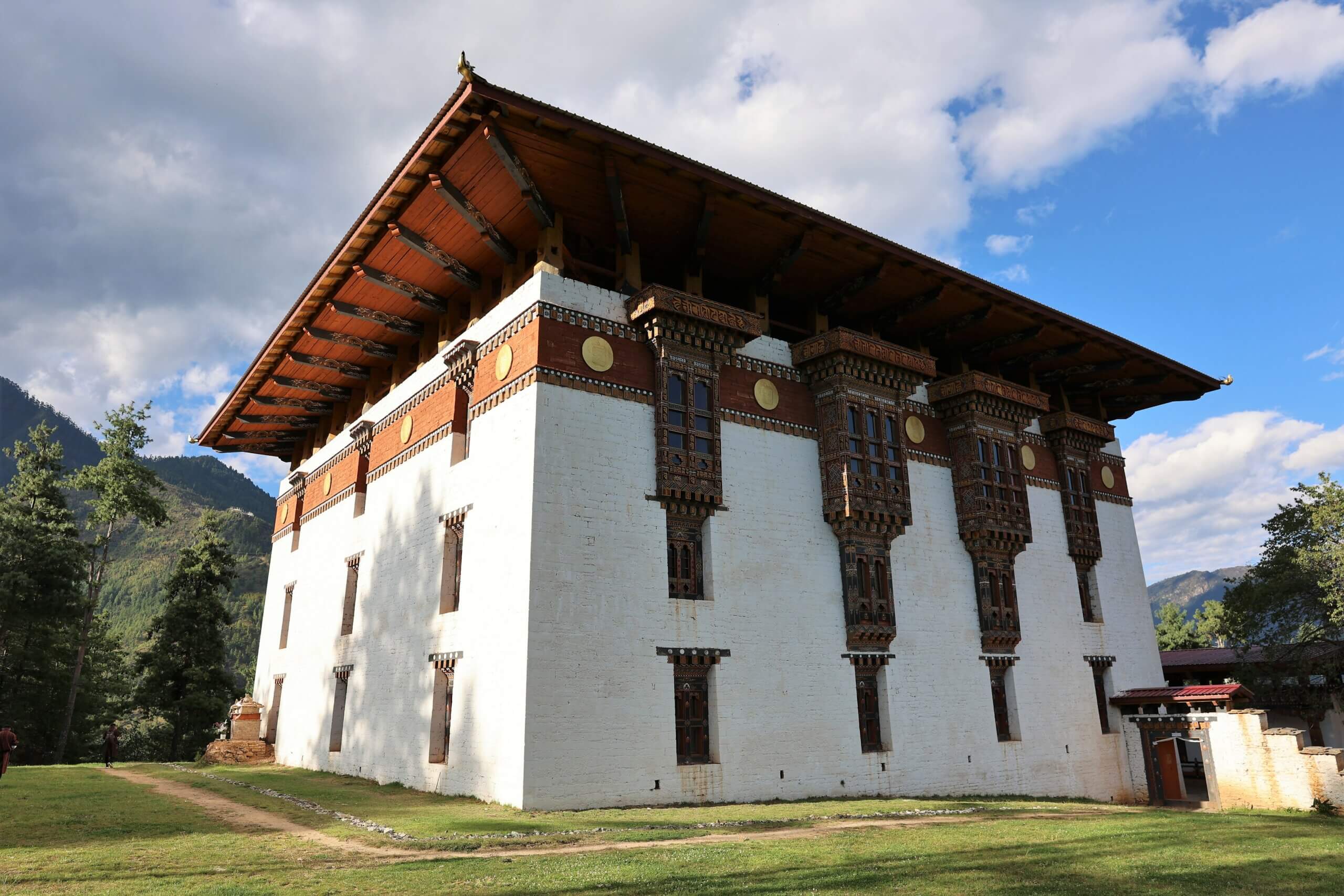
Fully renovated over a period of 5 years, the Druk Wangditse Lhakhang (temple) was reopened in 2020.
Druk Wangditse Lhakhang (“Temple of the Peak of Conquest”) is located high on a forested ridge which overlooks the whole of Thimphu valley. This is the best place to get photos of the entire capital, framed by colourful pray flags.
Druk Wangditse Lhakhang is one of the oldest temples in Thimphu, and considered an important heritage site of Bhutan.
The temple, which was established in 1715, suffered major damage during an earthquake in 2011. It was reopened in 2020 following a complete renovation.

Doorway at the Druk Wangditse Lhakhang.
The restored temple contains a large gilt copper image of Shakyamuni Buddha. As with all temples in Bhutan – photography inside the temple is forbidden.
The temple is accessed via a hiking trail with runs along the top of a ridge. The 45-minute hike commences from the Bhutan Broadcasting System Tower.
Dochula Pass

The 108 Druk Wangyal Chortens were installed on a hillock, at Dochula Pass, in 2003 as a memorial to the 108 Bhutanese soldiers who died fighting Indian rebels.
The long and winding highway which connects Thimphu with Punakha slowly climbs its way up to the Dochula Pass which sits at an elevation of 3,100 metres (10,170 ft).

A view of the main Chorten which is surrounded by three rows of smaller Chortens.
The pass offers an (apparently) amazing 360-degree panoramic view of the Eastern Himalayas on a clear day.

The Druk Wangyal Chortens are built on a grassy mound which forms a roundabout in the middle of the highway.
These towering peaks are very shy and often hidden by cloud. Although I made two visits, I never got to see this amazing panorama.

A view of the 108 Druk Wangyal Chortens at Dochula Pass, a spectacular memorial located at Dochula Pass.
Adding to the dramatic setting are 108 memorial chorten (stupas) known as Druk Wangyal Chortens which have been installed on a grassy hillock in the centre of the road.

The Chortens were constructed following a strict religious building process.
Built in three succeeding rows, the chortens were constructed to honour martyred Bhutanese soldiers who sacrificed their lives in a battle against Indian insurgents in 2003.

I treated my driver and guide to coffee and fresh eclairs at the Druk Wangyel Café. Everyone was happy!
Dochula Pass is a popular stop on the journey between Thimphu and Punakha with all tourists stopping to take photos and enjoy the offerings of the Druk Wangyel Café. I treated my driver and guide to coffee and freshly made eclairs which were divine.

A Gray Langur monkey, and her infant, at Dochula Pass.
While we were at the pass, I spotted a troop of Gray Langur monkeys swinging through the trees.
A very timid and elusive species, most of the monkeys scattered into the forest before I could get any decent photos. One monkey which stuck around for photos was a mother who was nursing an infant. Very special!

The very elusive, Gray Langur monkey, at Dochula Pass.
My guide told me that the Bhutanese consider the sighting of Gray Langur monkeys to be very auspicious.
Punakha
Punakha Dzong

Located at the confluence of two rivers, Punakha Dzong is said to be the most beautiful fortress in Bhutan.
Known as the ‘Palace of Great Happiness’, Punakha Dzong is said to be the most beautiful fortress in Bhutan.

The temple complex inside Punakha Dzong.
The fortress was built in 1637 at the confluence of two rivers, the Mo Chhu (Female River) and the Po Chhu (Male River), at a location said to have been chosen by the founder of Bhutan.

My guide, Jamyang, entering the temple at Punakha Dzong.
The fortress served as the administrative centre and the seat of the Government of Bhutan until 1955 when the capital was moved to Thimphu.

The fortress-monastery lies at the centre of the complex which once served as the capital of Bhutan.
Today, the fortress is divided into two halves, with one half serving as a religious complex and the other half housing the administrative offices of Punakha district.
This fortress, which is accessed via a covered wooden bridge which crosses the Mo Chhu, is the home of Bhutan’s spirituality.
The remains of Zhabdrung Ngawang Namgyel, the founder of Bhutan, are preserved inside the Machey Lhakhang (temple). Access to this temple is reserved for the King and the spiritual leader of Bhutan.

Doorway at Punakha Dzong.
It is a Punakha Dzong that Bhutan’s Kings are crowned and the head of the Buddhist clergy anointed.

Prayer wheel at the entrance of Punakha Dzong.
Punakha Suspension Bridge

Punakha suspension Bridge is the longest such bridge in Bhutan, measuring 180 metres (590 ft) in length.
Bhutan is famous for its numerous suspension bridges, which span its many raging rivers. Punakha suspension bridge is the longest such bridge in Bhutan, measuring 180 metres (590 ft) in length.

The Punakha suspension bridge crosses the fast-flowing Po Chhu River (Male River).
The bridge, which spans the Po Chhu River (Male River) is decked with many colourful prayer flags which flutter in the brisk breeze which is generated by the raging waters of the river.

A school student, on her way home, crossing the Punakha suspension bridge.
Although the current bridge is a modern construction, the first bridge was built in 1637 by the great architect and iron bridge builder Thangtong Gyalpo, the same man who built the iron bridge at Paro (see following section).

The bridge is used by local school children whose school is located on the other side of the river.
The bridge connects Punakha Dzong with Punakha town and is used by locals, including school children whose school is located on the opposite side of the river.

Prayer flags on Punakha suspension bridge.
Chimi Lhakhang

A view of Chimi Lhakhang and its unique black stupa – the only one in Bhutan.
Located near the town of Lobesa, Chimi Lhakhang (temple) is popularly known to be the fertility temple among many and is frequented by childless couples and others alike for blessings.

A prayer wheel at Chimi Lhakhang.
The temple was built in the 15th century by Lama Drukpa Kunley, who was popularly known as the ‘Divine Madman’. He was known for his unorthodox teachings and was the saint who advocated the use of phallus symbols as paintings on walls.

A young girl at Chimi Lhakhang.
Legend says that Lama Drukpa Kunley killed a demoness, turned her into a dog and buried the hound under the mound.
He then said ‘chi-med’, meaning no dog, and built a black stupa on top of a mound. The temple is unique for being the only temple with a black stupa.

A prayer wheel at Chimi Lhakhang.
The temple is the repository of the original wooden symbol of phallus that Kunley brought from Tibet.

A monk, teaching an outdoor class at Chimi Lhakhang.
This wooden phallus is used to bless people who visit the monastery on pilgrimage, particularly women seeking blessings to beget children.
As with all temples in Bhutan – photography inside the temple is forbidden!

An outdoor school at Chimi Lhakhang.
Phalluses Everywhere!

Almost all homes in the village of Lobesa feature ejaculating penises on their exterior walls.
Widely seen throughout the Kingdom, the phallus is an occult emblem in Bhutan that represents protection from evil and good fortune.

A shop in Lobesa is adorned with a ‘shooting’ phallus.
Bhutanese people have held this notion for generations. They also consider the phallus as a symbol of fertility.

Decorated phalluses for sale in a gift shop in Lobesa.
The walls of most houses in Lobesa are adorned with large, painted, phalluses, while gift shops in town offer a large range of phallus-themed souvenirs.

Size doesn’t matter! Me (190 cm), posing next to a giant phallus in a Lobesa giftshop.
Around town, ornate penises can be seen everywhere, flanking household doorways, hanging off rooftops, or used as signage or gimmicks.
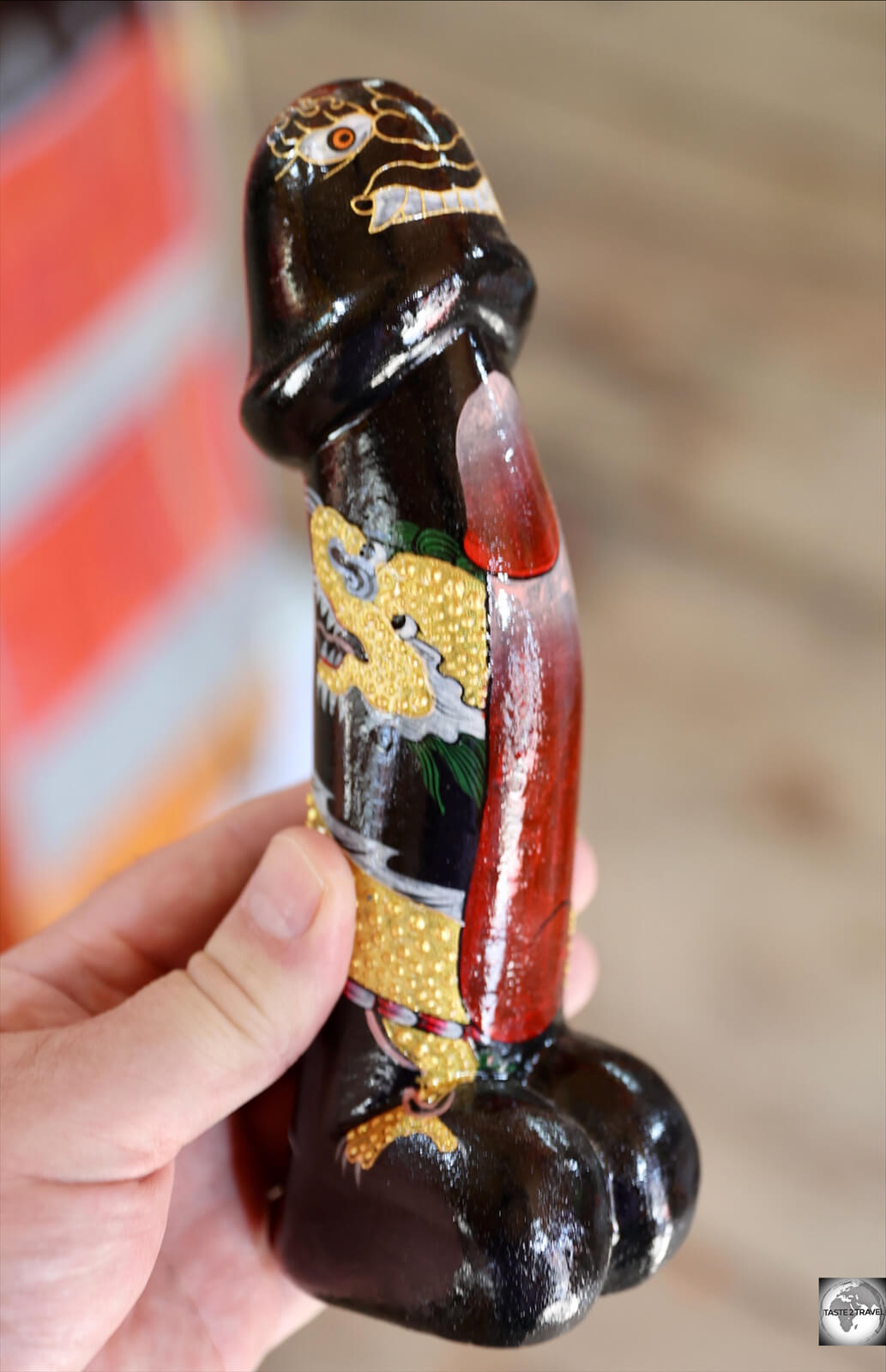
Bhutan offers an interesting selection of souvenirs!
Khuruthang Lhakhang

Khuruthang Lhakhang features a Nepalese-style Chorten (Stupa).
Located in the charmless town of Khuruthang, Khuruthang Lhakhang (temple) was constructed in 2005 under the patronage of the Queen Mother.

Prayer wheels at Khuruthang Lhakhang.
While the temple is located on the main road which leads to the much more famous Punakha Dzong, most tourists seem to give it a miss.

The Stupa at Khuruthang Lhakhang.
I asked my guide to make a stop as the light was dazzling. I enjoyed photographing the large white, Nepalese-style, Chorten (Stupa) and also had the opportunity to photograph a couple of monks who were kicking a football around the temple grounds.
Worth the stop!
Sangchhen Dorji Lhuendrup Nunnery

A nun, circumambulating the Chorten (Stupa) at the Sangchhen Dorji Lhuendrup Nunnery.
Perched precariously on top of a narrow ridge overlooking Toebesa, Punakha and Wangdue valleys, Sangchhen Dorji Lhuendrup Nunnery is a temple and nunnery complex which is supported by the Queen Mother, who lives in a residence next door.

The Stupa was modelled after Kathmandu’s Boudhanath stupa.
One of the few nunneries in Bhutan, it was built as a Buddhist college for nuns and currently houses about 120 nuns.

The stupa at Sangchhen Dorji Lhuendrup Nunnery.
During my visit, I met one young nun, who had just joined, and planned to remain there for at least 10 years.

This nun planned to spend 10 years at the nunnery.
A highlight of the complex is a large white stupa which is modelled on Kathmandu’s Boudhanath stupa.
Khamsum Yulley Namgyal Chorten

Khamsum Yulley Namgyal Chorten was built to ward off evil spirits and to bring world peace.
A modern temple, Khamsum Yulley Namgyal Chorten was constructed in 2004, under the patronage of the Queen Mother, to ward off evil spirits in Bhutan and across the world, and to bring peace and harmony to all living things.

A view of the rice paddies in Punakha Valley from the rooftop of Khamsum Yulley Namgyal Chorten.
Despite being a modern construction, the temple looks much older due to the fact that it was built following strict traditional building methods. It took Bhutanese carpenters, painters and sculptors nine years to build the four-story, pagoda-style stupa.

Khamsum Yulley Namgyal Chorten is located on a mountain ridge, overlooking the Punakha Valley.
One interesting feature of the temple is the rooftop terrace which offers panoramic views of Punakha Valley and beyond.

Panoramic views of the Punakha Valley from the rooftop terrace.
The temple is reached via a 40-minute, uphill, hiking trail which starts from a footbridge in Yepaisa Village. The village is the starting point for rafting trips down the Mo Chhu (Female River).
Paro
Tachog Lhakhang and the Iron Bridge

The Iron Bridge, which spans the Paro River, was constructed in 1433 from hand-forged iron chain links.
Located on the outskirts of Paro, overlooking the Paro River, Tachog Lhakhang is one of several temples in Paro believed to have been founded by the Tibetan monk, Thangtong Gyalpo (1385-1464).

This new suspension bridge has replaced the defunct Iron Bridge.
Thangtong Gyalpo is better known as the Iron Bridge Maker for his pioneering engineering works, including chain-link suspension bridges. He was a man ahead of his time!

A view of the Tachog Lhakhang (temple) from across the Paro River.
Prior to the temple being built, an iron bridge was constructed in 1433 under Gyalpo’s direction. Called the Tamchog Chakzam, it was constructed of multiple lengths of handmade iron chains secured by gatehouses at opposite banks of the Paro River.

A view of the Iron Bridge and one of the former guardhouses.
Ropes tied between the chains allowed for foot traffic in both directions.
National Museum of Bhutan

The entrance to the National Museum of Bhutan, which is housed in a former watchtower.
Located on a ridge overlooking Paro valley, the National Museum of Bhutan is a cultural museum which boasts over 3,000 works of Bhutanese art, covering more than 1,500 years of Bhutan’s cultural heritage.
The museum, which is perched on a ridge, above Paro Dzong (Paro Fortress), is housed in its former watchtower (ta dzong) which dates from 1649. The watchtower was renovated in 1968 to house the museum but was damaged during the earthquake of 2011.

School children, visiting the National Museum of Bhutan.
Following renovations, the National Museum was reopened in 2020, just as the Covid-19 pandemic was shutting down the entire world.
The museum today is open and receiving visitors who enter at the top of the tower and exit at the bottom. The museum grounds offer panoramic views of Paro Dzong, Paro Airport, Paro, and the Paro valley.
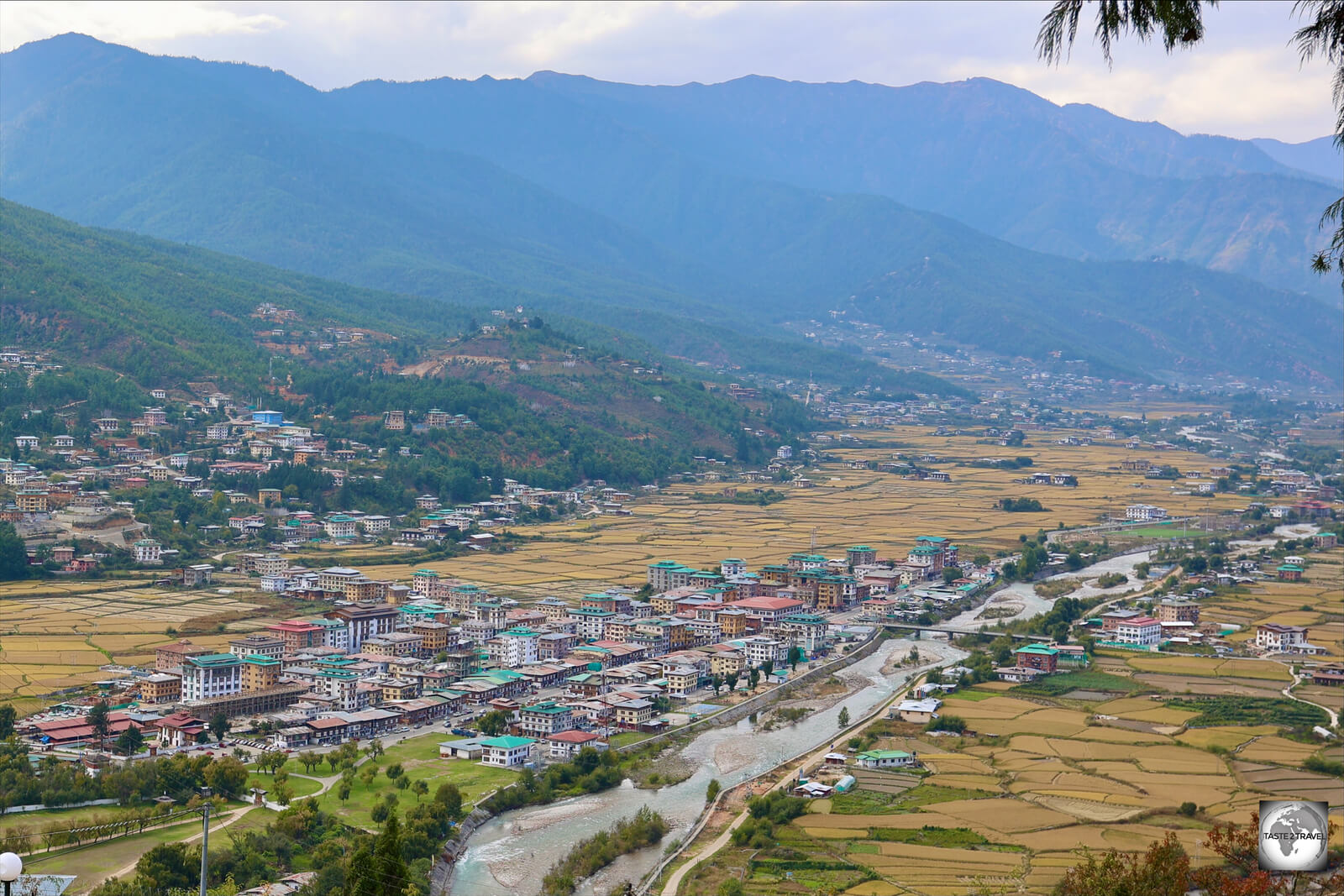
A view of Paro Valley, and the Paro River, from the National Museum of Bhutan.
As with temples, photography is strictly forbidden inside the museum. All bags and recording devices must be left in a locker at the front entrance.
Taktshang (Tiger’s Nest Monastery)
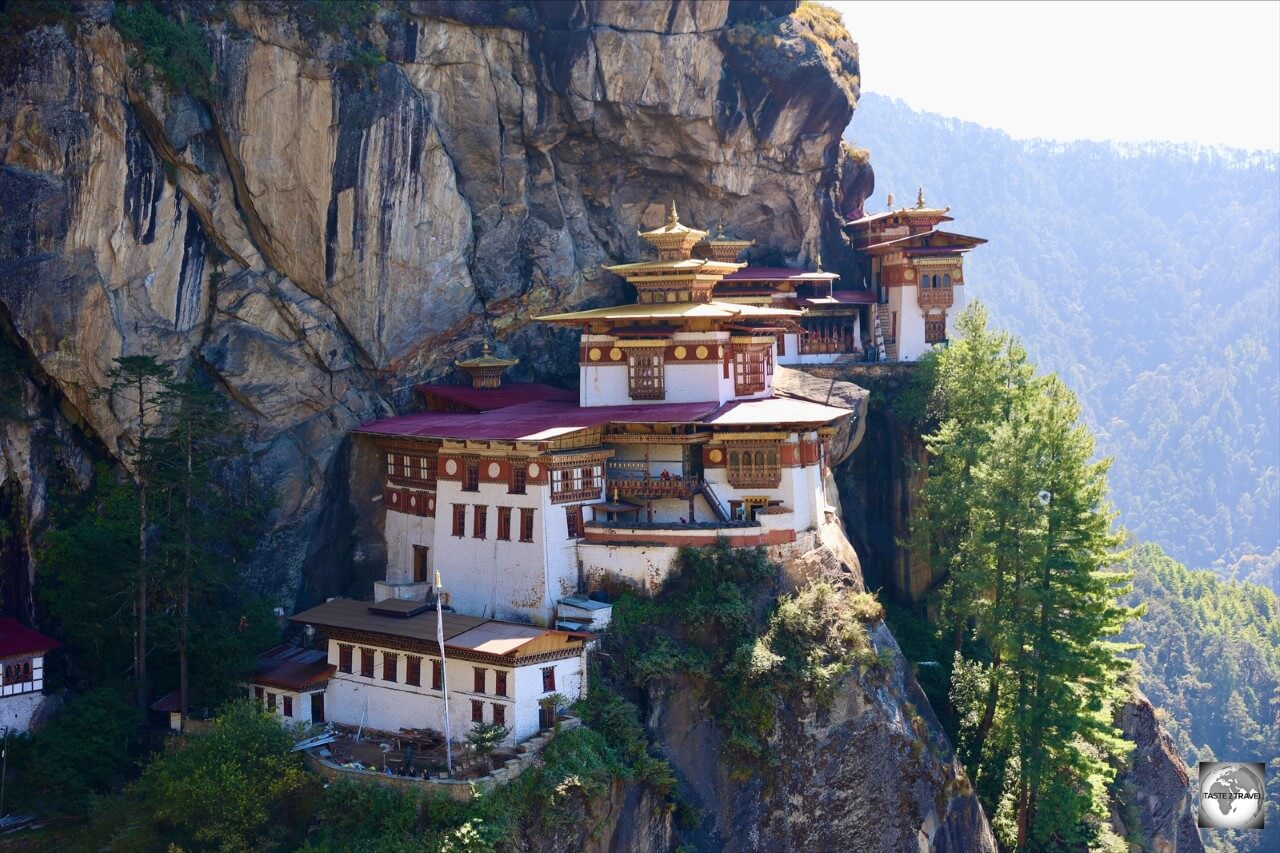
The iconic Tiger’s Nest Monastery is the most popular tourist sight in Bhutan.
The Tiger’s Nest Monastery is a small collection of buildings precariously perched on a cliff – 900 metres above the floor of Paro Valley at an altitude of 3,120 metres (10,240 ft).
It is stunning in its beauty and location and is the #1 tourist attraction in Bhutan, with almost every visitor making the trek up the mountain to visit this truly amazing sight.

The Tiger’s Nest Monastery is perched on the edge of a cliff, 900 metres above Paro Valley.
The temple was constructed in 1692, around the cave where Guru Rinpoche first meditated, the event that introduced Buddhism into Bhutan.
According to legend, Guru Rinpoche was carried from Tibet to this location on the back of a tigress, thus giving it the name “Tiger’s Nest.”

This prayer wheel marks the halfway mark of the hike up to the Tiger’s Nest Monastery.
The only way to reach the temple is by hiking up a trail which starts in a car park, which lies at an elevation of 2,600 metres (8,525 ft), which makes for an uphill hike of 520 metres (1,700 ft).

Taktsang Cafeteria serves Barista-made coffee and a buffet lunch.
The average hiking time up and down is 4 – 5 hours. While the trail is uphill the entire way, it’s not overly steep and there is an option to ride on ponies up to the Taktsang Cafeteria which lies at the halfway mark.

For the experience, I hired this pony to carry me up the first half of the hiking trail.
Almost everyone makes a stop at the cafe, which was completely renovated during the pandemic lockdown. The cafe is located directly below the temple complex and affords amazing views of the temple from its large outdoor terrace.

The view of the Tiger’s Nest Monastery from the terrace of the Taktsang Cafeteria..
Despite its remote location, the cafe includes a full kitchen which provides a buffet lunch, a fancy coffee machine from which you can purchase excellent barista-made coffee, drinks and meals.

Monks at the Tiger’s Nest Monastery.
While standing on the terrace of the cafe, you can ponder the trail ahead – which is less steep than the 1st half.
Since the pandemic, almost all of the colourful pray flags have been removed from the walking trail so it’s now not possible to get the iconic photo of the temple with pray flags overhead.

The Tiger’s Nest Monastery is the #1 tourist attraction in Bhutan.
Once at the Tiger’s Nest Monastery, my guide took me on a tour of the different buildings. As with all temples in Bhutan, photography is strictly forbidden and any recording devices must be left in a locker at a security checkpoint.
Hot Stone Bath

My hot stone bath, which was scalding hot.
One evening in Paro, I was treated to a truly unique experience – a hot stone bath, a form of traditional Bhutanese spa therapy where fresh river water is mixed with local Artemisia leaves and heated with fire-roasted river stones.
Hours before the bath, the stones are arranged in a pyramid over the red-hot charcoals of a fire. These are then placed into a container at one end of the bath and heat the water to about scalding point. The water was way too hot for me. I had to add an amount of cold water before I could comfortably sit in the bath.

My driver and guide, relaxing before their hot stone bath.
Artemisia, which is commonly known as wormwood or sweet sagewort, is used in traditional Chinese medicine for fevers, inflammation, headaches, bleeding, and even malaria.
Accommodation
Since most tourists are travelling on organised tours, hotels are pre-arranged by the tour company. During my week in Bhutan, I stayed in three very comfortable hotels.
Service in Bhutanese hotels is always of a high standard with staff going above and beyond to ensure your stay is a pleasant one.
Thimphu

My spacious room at the Osel Hotel in Thimphu.
While in Thimphu, I was accommodated in the wonderful Osel Hotel, a 4-star hotel which is located a short stroll from the downtown area.
The large, comfortable, spacious rooms offer panoramic views over the capital and of the surrounding mountains, including the large seated Buddha, Buddha Dordenma.
The walls of the hotel have been hand-painted by local artists and feature the usual Bhutanese themes.
The hotel restaurant offers buffet breakfast and an a-la-carte dinner service, all of which was included in the cost of my tour.
An excellent hotel in a central location, Osel Hotel serves as an ideal base for exploring Thimphu.
Punakha

My room at the Drubchhu Resort in Lobesa.
In Punakha, I stayed at the Drubchhu Resort which is located on the slope of a mountain in the village of Lobesa, overlooking Punakha valley.
At the time of my visit, the hotel had only just opened, following the 2.5-year closure of Bhutan due to the pandemic.
Meals included buffet breakfast and dinner with much of the produce coming from the hotel’s own vegetable garden. Water on the property is supplied by a local spring.
Paro

My deluxe room at the Metta Resort in Paro.
While in Paro, I stayed at the superb Metta Resort, which is located outside of Paro and offers deluxe, spacious rooms.
As with all other hotels, a buffet breakfast is included.
If you need to get washing done, I can recommend their very reasonably priced laundry service, which includes pressing!
Eating Out

Produce market in Paro.
Bhutanese cuisine is healthy and simple and is largely vegetarian. You will not find the usual fast-food outlets anywhere in the Kingdom. Restaurants serve home-style cooking and, due to the ‘no-kill’ policy, any meat which is served is imported from India.
The cuisine of Bhutan employs much rice, especially locally grown red rice (like brown rice in texture, but with a nutty taste) – the only variety of rice that grows at high altitudes.

The farmers’ market in Paro offers a selection of local and imported produce.
During my visit in October, a sea of golden rice fields covered most valleys. It was rice harvest time, and farmers were busy harvesting their valuable rice crop.
Another popular item in Bhutanese cuisine are handmade buckwheat noodles – healthy and delicious!
Rice Harvest

Rice fields ready for harvesting in the Punakha Valley.
After a year of patiently waiting, Bhutanese farmers finally get to harvest their rice crop in October.

Farmers, hand-thrashing rice against a large stone in the Punakha Valley.
Video:
Hand thrashing rice in Bhutan.
While Bhutan is mostly mountainous, small pockets of land, hidden away inside deep, narrow valleys are almost exclusively given over to the cultivation of rice and corn.
Of the land area of Bhutan, 75% of the country is under forest cover while just 3% is cultivated.

A farmer, machine-thrashing rice in the Punakha Valley.
Video:
Machine thrashing rice in Bhutan.
Rice can only be grown in the lower-altitude valleys of Bhutan with the valleys at Paro and Punakha almost exclusively devoted to the cultivation of rice.
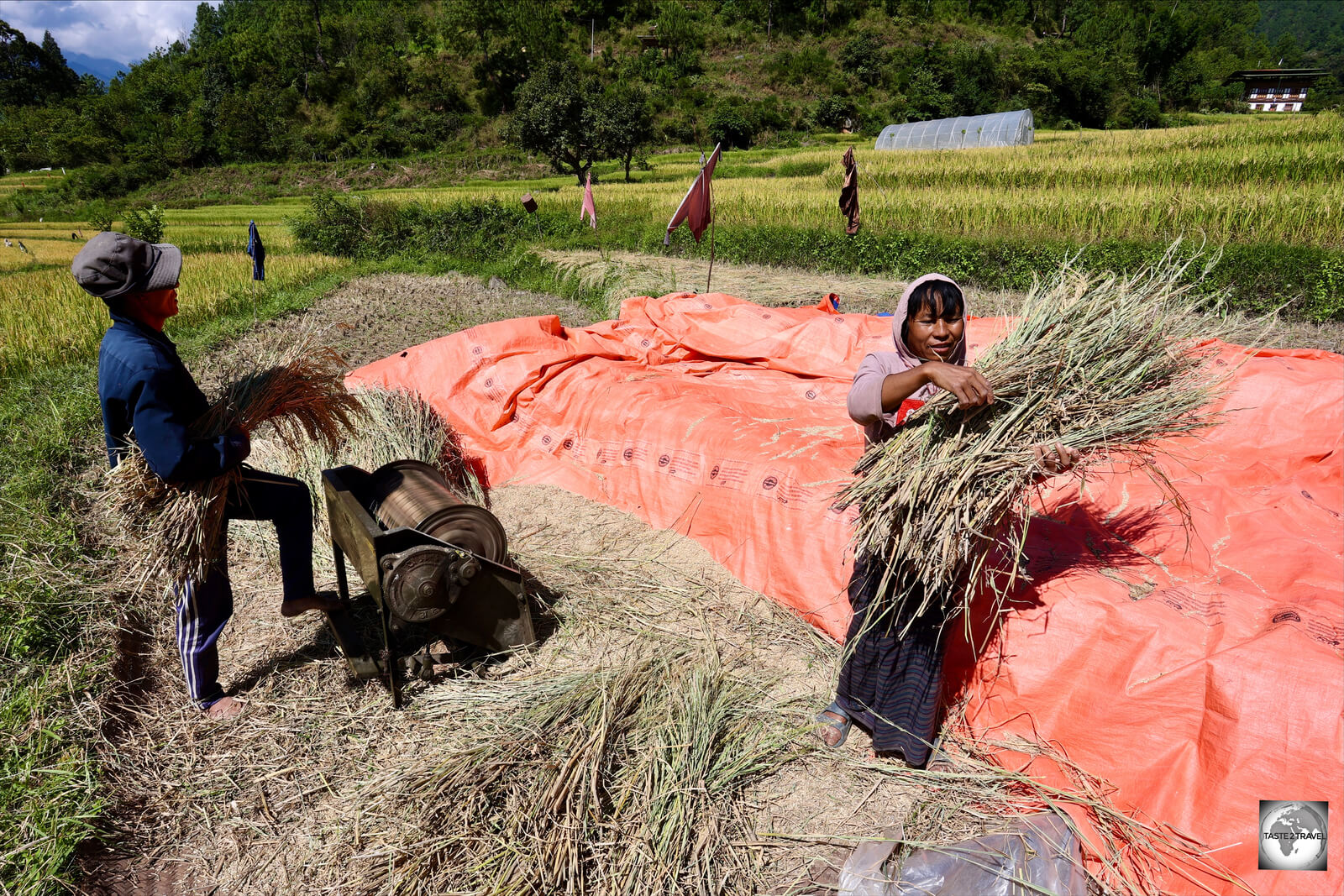
This husband-and-wife team were working together to harvest their rice crop in the Punakha Valley.
Rice is indispensable in Bhutanese cuisine and more than 69% of the population is engaged in farming with rice and maize as the main crops.

Rice fields in the Punakha Valley.
Rice is the most widely consumed cereal in Bhutan, where the locals will tell you ‘Rice is life‘. For the Bhutanese, a meal without rice isn’t a meal!
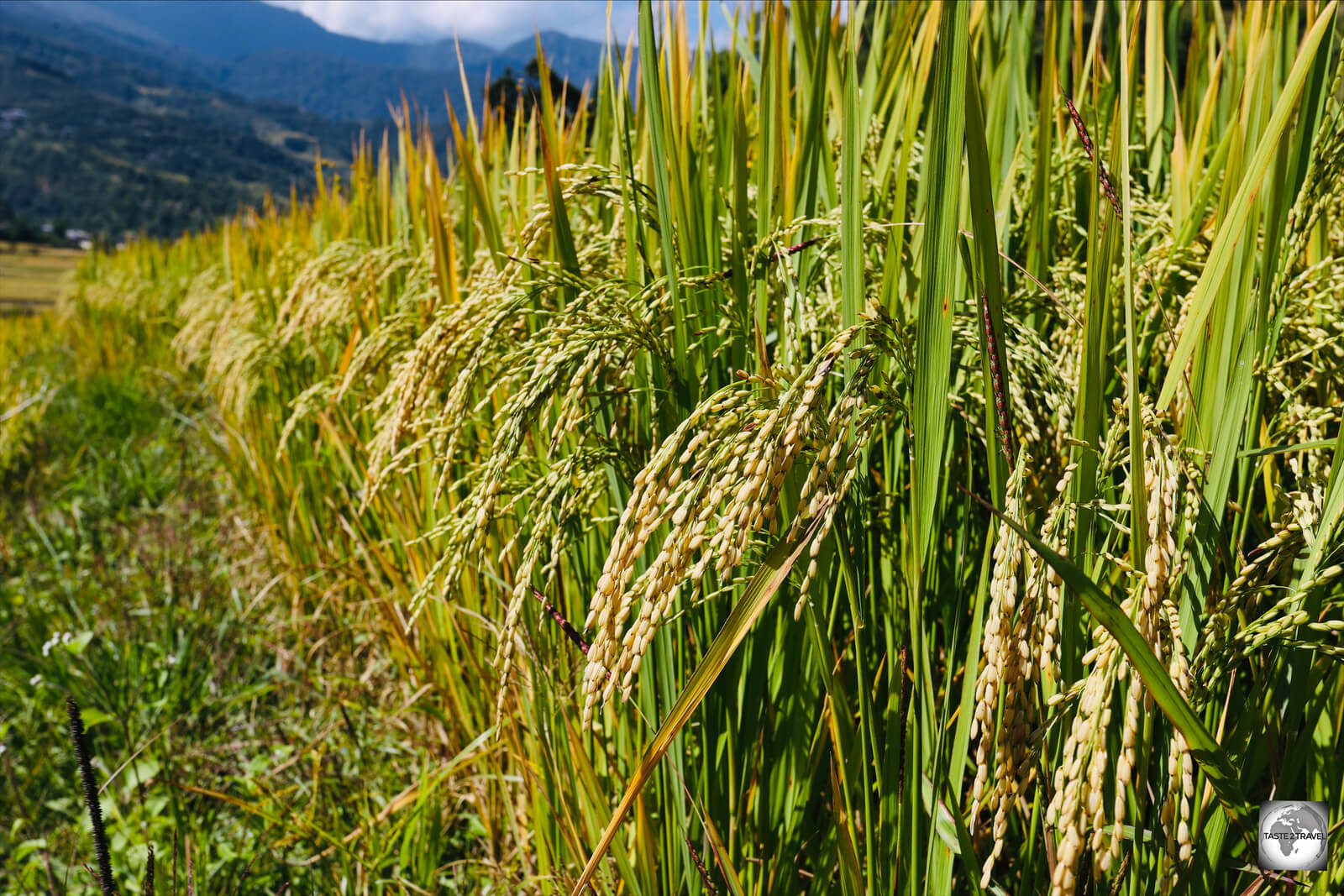
Rice, ready to harvest in the Punakha Valley.
Domestic rice production meets only about 50% of the total demand, with the deficit made up of rice imports from neighbouring India.

Large stacks of rice stalks indicate those fields which have already been harvested.
I arrived in Bhutan at the start of the rice harvest season, when the valleys were covered by a sea of golden rice fields. A truly dazzling sight!

Rice paddies in Punakha Valley.
Kingdom of Peppers

Chillies, drying on a rooftop in Thimphu.
Bhutan is the Kingdom of peppers with chillies forming an integral part of Bhutanese cuisine. This is a country where chillies aren’t just a seasoning but the main ingredient.
Chillies are served in almost all meals. The Bhutanese will also often ask for a side plate of raw chillies, just to add a little extra spice to their meal.
Everywhere you travel in Bhutan, you’ll see carpets of red chillies drying on the roofs of houses.
On average, a Bhutanese household consumes more than 1 kilo of chilli in a week.
One of the most popular dishes in Bhutan is ‘Ema Datshi‘ a simple, tasty and fiery dish which is made of chillies and yaks’ cheese.
Potatoes Galore
Due to its high altitude, Bhutan is able to grow a variety of crops which cannot be grown on the sweltering tropical plains of neighbouring India.
One such crop, potatoes, are a key export item for Bhutan. As we travelled on the highways of Bhutan, we constantly passed trucks which were laden with potatoes, all destined for India.
The average annual export of Bhutanese potatoes, to India, is around 20,000MT.
Restaurants
As with accommodation, all meals are provided by your tour company who normally reserve restaurants in advance.
Writing this section of my guide has me now salivating as I remember the amazing tastes and flavours of Bhutanese cuisine. It’s a shame the world isn’t full of Bhutanese restaurants. Such a healthy cuisine.
Thimphu

Lunchtime at the Babesa restaurant in Thimphu, with my guide, Jamyang (left) and driver, Thukten.
During my first day of sightseeing in Thimphu, I was taken to lunch at the very rustic Babesa Village Restaurant.

Interior of the rustic Babesa Village Restaurant in Thimphu.
The restaurant, which serves homely Bhutanese cuisine, is located inside an old heritage home which is around 600 years old.

Jamyang, adding toasted rice to my yak-butter tea at Babesa restaurant in Thimphu.
Before we ate, we were served a cup of traditional yak-butter tea. The Bhutanese make their yak tea a little more interesting with the addition of toasted rice grains.

Meals in Bhutan are always served communal-style, on a low table, with seating on the floor.
Seating is on the floor, which is typical in Bhutan, with meals served, communal style, on a low table.

My lunch at the Babesa restaurant included a selection of classic Bhutanese dishes.
Most of the dishes were vegetarian with a couple of meat dishes. The flavours and freshness of the dishes had me digging in for 2nds and 3rds. Delicious!
I always enjoyed the vegetarian dishes in Bhutan while the meat dishes, which use imported meat from India, were often tough and chewy. I learnt quickly to focus on the vegetarian options.
Punakha

My lunch, which was packing lots of chilies, at the Chimi Lhakhang Organic Cafe in Lobesa.
Perched on a hill, overlooking the rice fields of Punakha valley, the excellent Chimi Lhakhang Organic Cafe is a popular lunch restaurant. On the day we visited, the restaurant was busy serving numerous tour groups.
Like most other restaurants in Bhutan, meals tend to be tasty vegetarian options which are made from local produce and served with lots of rice and chilies.
After lunch, I walked with my guide through the rice fields, where we were able to observe farmers harvesting their rice crops.
Paro

The owners of Pema Wangchuk Farmhouse in Paro, who prepared the most amazing meal using produce from their farm.
One evening in Paro, I was led by my guide and driver along a dark country lane to a farmhouse which was our dinner venue.

The Pema Wangchuk Farmhouse is a typical Bhutanese farmhouse.
The Pema Wangchuk Farmhouse is owned by a young, energetic, couple who grow their own produce which they serve to appreciative visitors in the form of tasty homecooked meals. Truly divine!
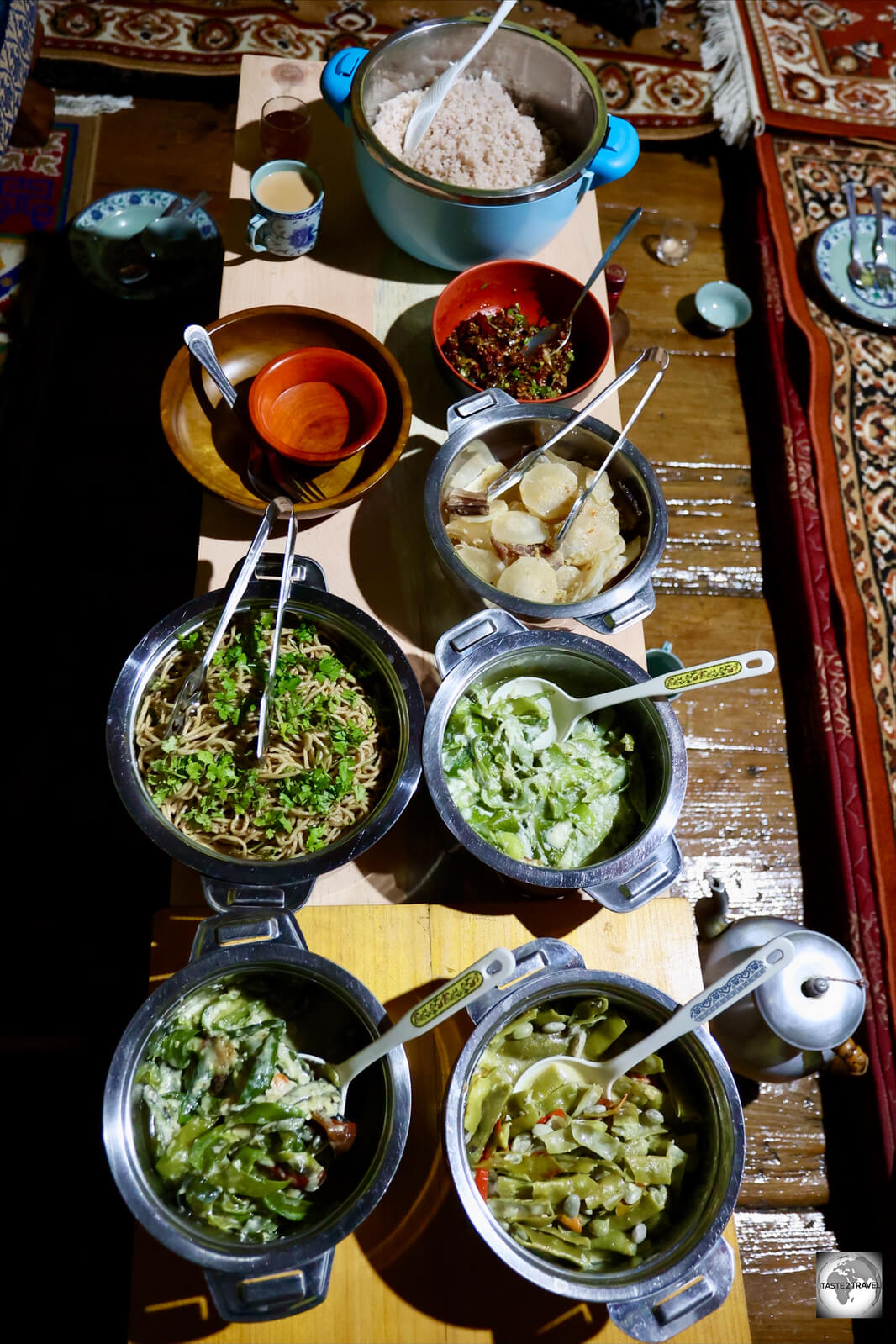
Our divine Bhutanese dinner which was served at the Pema Wangchuk Farmhouse.
The meals prepared included a range of delicious Bhutanese classic vegetarian dishes, including the most amazing homemade buckwheat noodles.
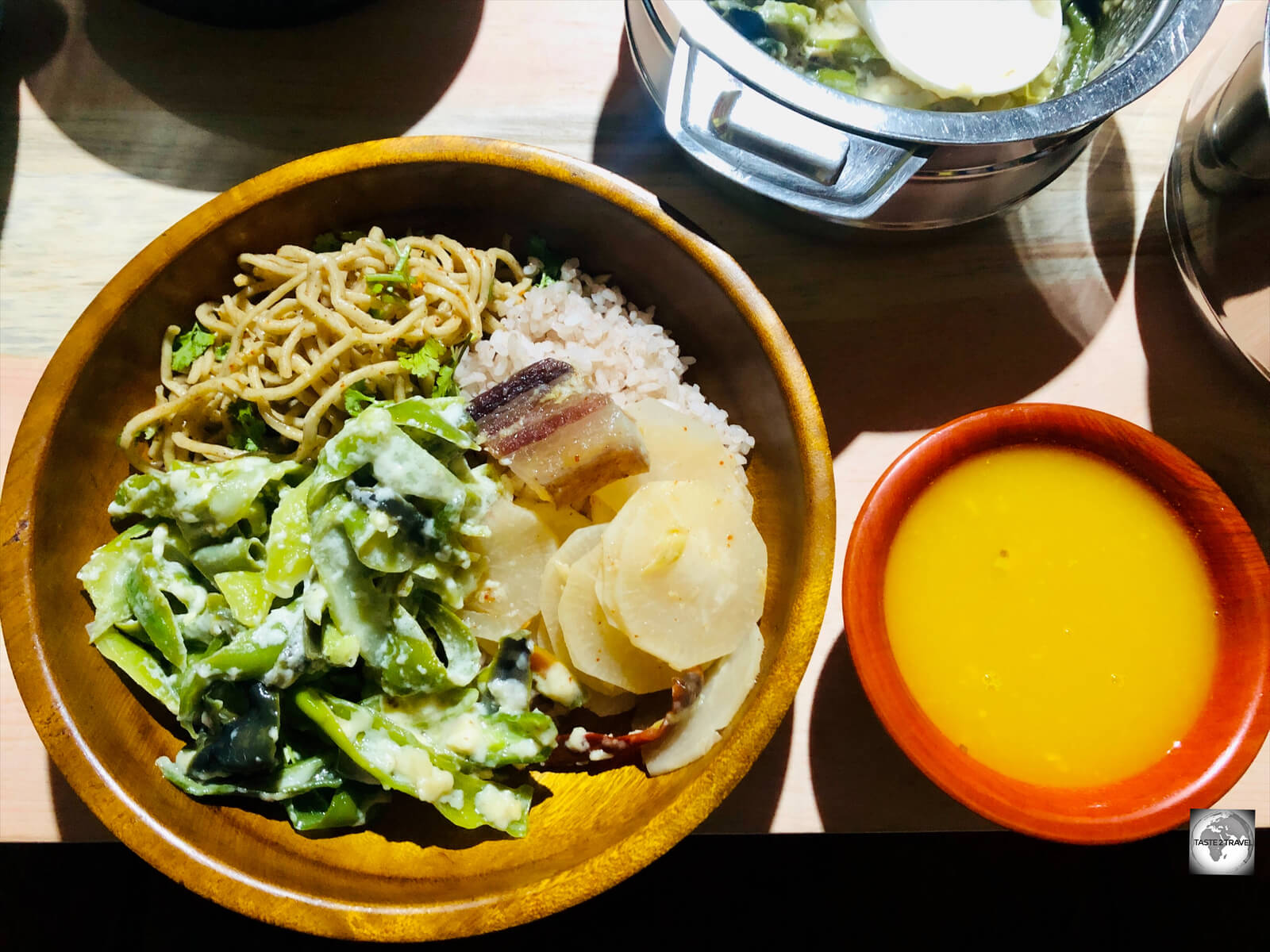
My dinner at the Pema Wangchuk Farmhouse, which included a delicious pumpkin and ginger soup.
After dinner, we were treated to a shot of homemade ara, a traditional alcoholic beverage which is popular in Bhutan and is normally made from fermented rice. A Himalayan version of saké, it was surprisingly smooth.
Cafes

The Mountain Cafe and Roastery in Paro, which serves excellent coffee.
A couple of decent cafes can be found in Thimphu and Paro, all of which serve very good, barista-made, coffee.
Paro
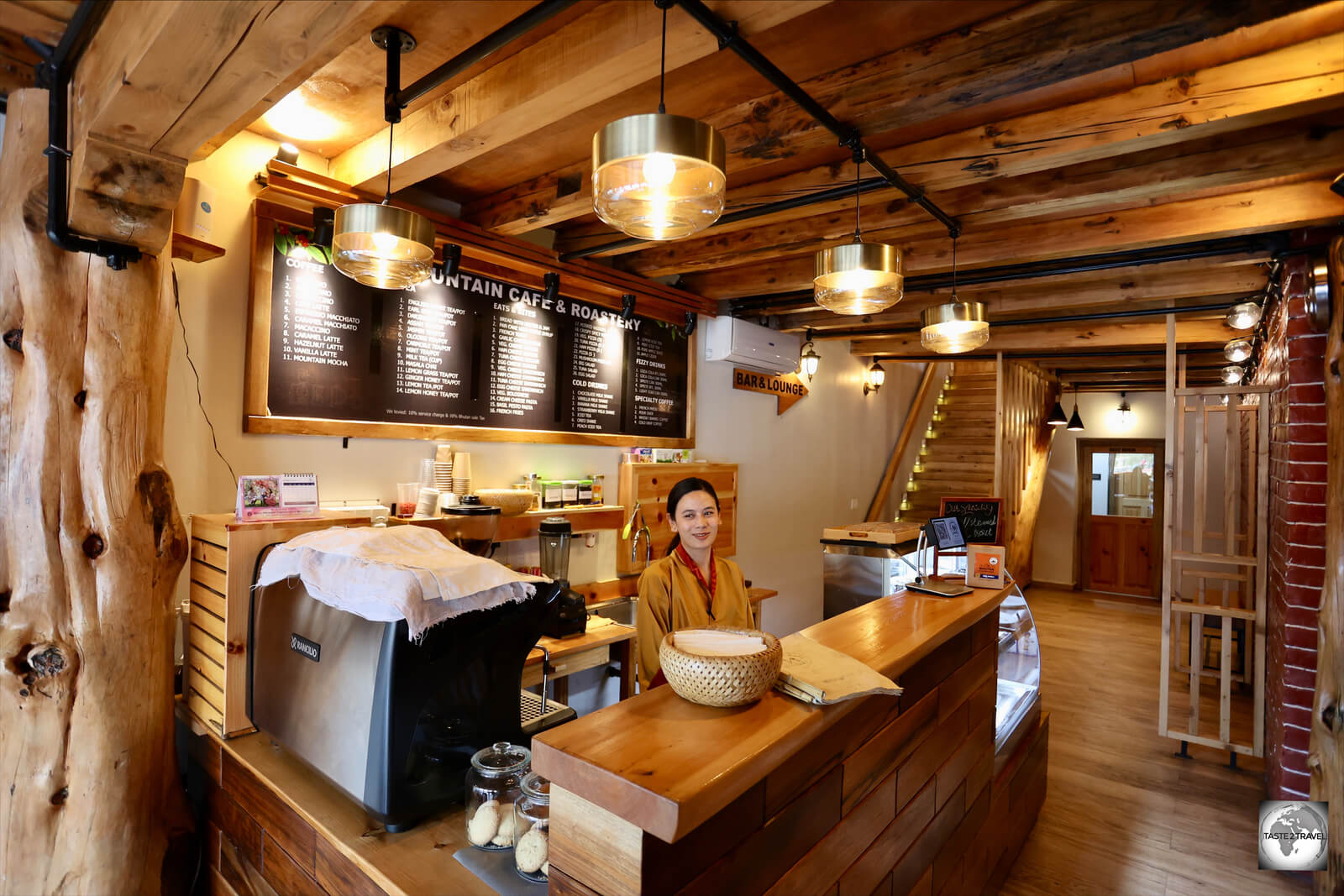
The Mountain Cafe and Roastery in Paro.
My favourite cafe in Paro was the Mountain Cafe and Roastery, which has two branches in downtown Paro.

With the only coffee roasting machine in Bhutan, the Mountain Cafe and Roastery in Paro serves the freshest and best coffee in the Bhutan.
This is the only cafe in Bhutan with a coffee roaster and, as a result, they serve the best tasting coffee in the entire Kingdom.

A divine coffee, and freshly made cheesecake, at the Mountain Cafe and Roastery in Paro.
Along with their amazing coffee, they offer freshly baked cakes, cookies and meals.
Thimphu

Located in Thimphu, Smilers Cafe offers very good coffee and delicious international style cooking.
Located in downtown Thimphu, the wonderful coffee at Smilers Café left me smiling all day. Apart from great coffee, this funky cafe offers international-style cooking and homemade cakes.
In the evening the cafe serves as a live music venue.
Bars

The very smooth Bhutanese Wheat beer is brewed by the Namgay Artisanal Brewery in Paro.
If you are looking for a roaring pub scene, Bhutan is not your country.
There are a couple of bars/ lounges in Thimphu and alcohol can be purchased at hotels and supermarkets. There are a number of breweries in Bhutan which produce very tasty beer.
Visa Requirements

My Bhutanese visa.
Visas are required by all foreigners, and must are obtained, in advance, by your tour company.
You will need to show your visa before you board your flight to Bhutan. Without a valid visa, which will only be valid for the dates of your tour, you will be denied boarding.
The current (2022) visa fee is US$40.

My Bhutanese passport stamps.
Nationals from the South Asian Association for Regional Cooperation (SAARC) countries – i.e. India, Bangladesh and Maldives – do not require a visa, but must obtain a permit before visiting Bhutan.
You can check your requirements by referring to the Visa Policy of Bhutan.
Getting There
Air

Located in a narrow valley, Paro International Airport is ranked as one of the most dangerous airports in the world.
Paro International Airport is the only international airport in Bhutan and, due to its location in a narrow valley, surrounded by towering peaks, is ranked as one of the most dangerous airports in the world.

A view of the terminal at Paro International Airport, with a mural featuring the King and Queen of Bhutan and their son., Prince Jigme Namgyel Wangchuck.
Due to the mountainous topography of Bhutan, the only place suitable for constructing a runway, of considerable length, was in Paro Valley.
The narrow valley is located at 2,235 metres (7,333 ft) above sea level and is surrounded on all sides by mountains which soar as high as 4,900 metres (16,100 ft).

A Druk Air flight, on final approach to Paro International Airport, flying over Paro Valley.
On our final approach to Paro Airport, the landing gear was lowered and the pilots started manoeuvring the plane while we were still flying over the summits of the peaks which surround Paro airport. At the end of the valley, the plane performed a sharp right-hand turn to line up with the runway.
On final approach, there is one small hill which needs to be cleared before the pilots can descend to the 2,000 metre (6,000 ft) long runway.

Ready to board my Druk Air flight back to Singapore.
Due to the difficulties, landings can only take place during daylight hours and can only be made by specially trained pilots. The only airlines flying to Bhutan are the two national carriers – Bhutan Airlines and Drukair.
Due to the landing restrictions, the weekly Druk Air flight to Singapore arrives in Singapore on Saturday afternoon and must overnight at the airport, with the return flight departing Changi Airport on Sunday. This is to avoid any night time landings.
Video:
A video by Youtuber Sam Chui shows the difficulty of landing at Paro Airport.
Bhutan Airlines is owned by the Tashi Group of Companies, which is the largest privately owned conglomerate in Bhutan. It operates a fleet of two Airbus A319-100.
Drukair operates a fleet of five planes, being three Airbus A319-100, one Airbus A320neo and one ATR 42-600 which is used for its domestic services.

Artwork, inside the arrival’s hall at Paro International Airport.
The following scheduled flights operate to/ from Paro International Airport:
- Bhutan Airlines – flies to/ from Bangkok–Suvarnabhumi, Delhi, Kathmandu, Kolkata
- Drukair – flies to/ from Bagdogra, Bangkok–Suvarnabhumi, Delhi, Dhaka, Gelephu, Guwahati, Jakar, Kathmandu, Kolkata, Singapore, Trashigang
Airport Transport
Airport transfers are organised by your tour company who will be waiting for you outside the arrival’s hall.
Land
The border between Bhutan and India is the only land access into Bhutan. The one other land border, shared with China, is completely closed and lies on the other side of the impenetrable barrier which is the Himalayas. An advantage for tiny Bhutan!
The only land crossing point for foreign nationals, and the main crossing for Indian nationals, is between the towns of Jaigaon, in the Indian state of West Bengal and Phuntsholing, in South West Bhutan.
Additionally, Indian passport holders can enter Bhutan through three other land borders – Gelephu, Samdrup Jongkhar and Samtse.
Getting Around

On every main road in Bhutan, road signs reinforce road safety.
All transport in Bhutan is provided by your tour company. Public transport is available for locals in the form of buses and shared taxis.
Public Transport
Public buses connect the various towns of Bhutan.
Taxi
Taxis operate within towns, with shared taxis providing transport services between towns.
Rental Car

A Bhutanese car license plate.
If you’re on an organised tour, you will not need to rent a car.
If you do need a rental car, there are various agents in Paro and Thimphu.
That’s the end of my travel guide for Bhutan.
If you wish to leave feedback, you can do so using the comments form below.
Safe Travels!
Darren
Bhutan Travel Guide Bhutan Travel Guide Bhutan Travel Guide Bhutan Travel Guide Bhutan Travel Guide Bhutan Travel Guide
Bhutan Travel Guide Bhutan Travel Guide Bhutan Travel Guide Bhutan Travel Guide Bhutan Travel Guide Bhutan Travel Guide
Bhutan Travel Guide Bhutan Travel Guide Bhutan Travel Guide Bhutan Travel Guide Bhutan Travel Guide Bhutan Travel Guide
Bhutan Travel Guide Bhutan Travel Guide Bhutan Travel Guide Bhutan Travel Guide Bhutan Travel Guide Bhutan Travel Guide
Bhutan Travel Guide Bhutan Travel Guide Bhutan Travel Guide Bhutan Travel Guide Bhutan Travel Guide Bhutan Travel Guide















